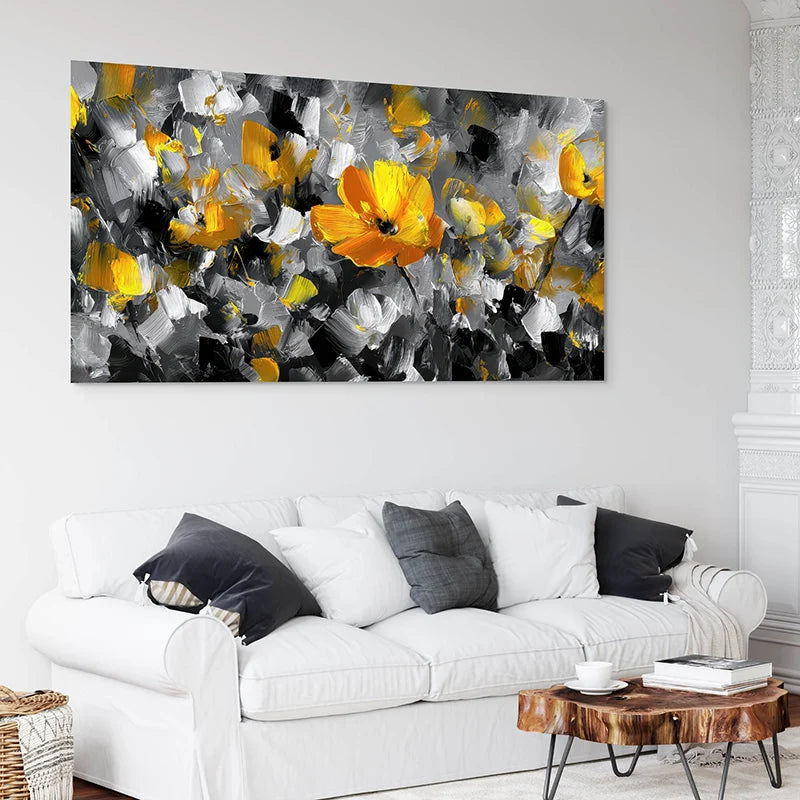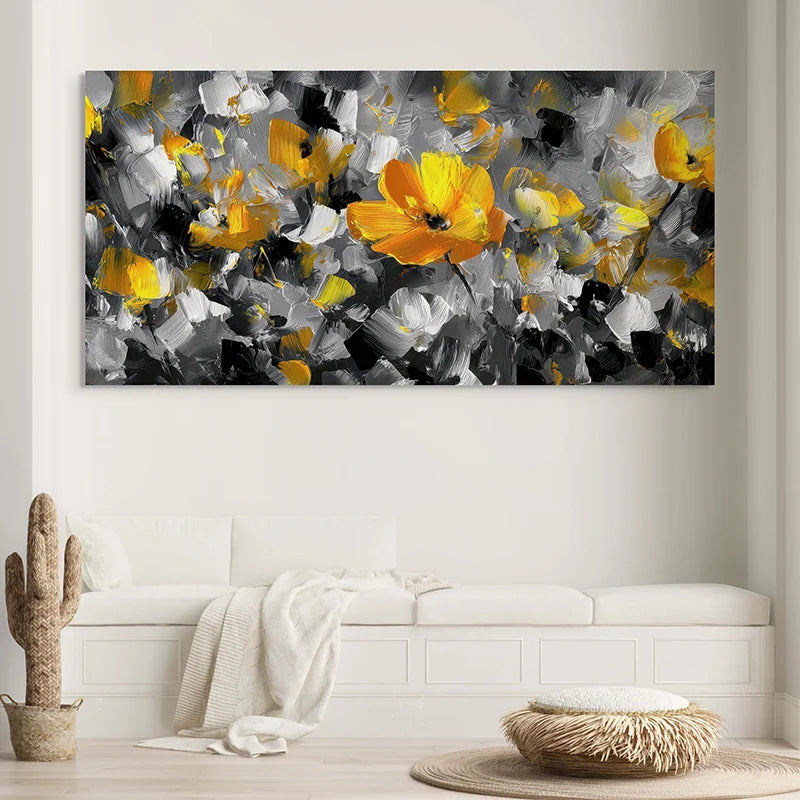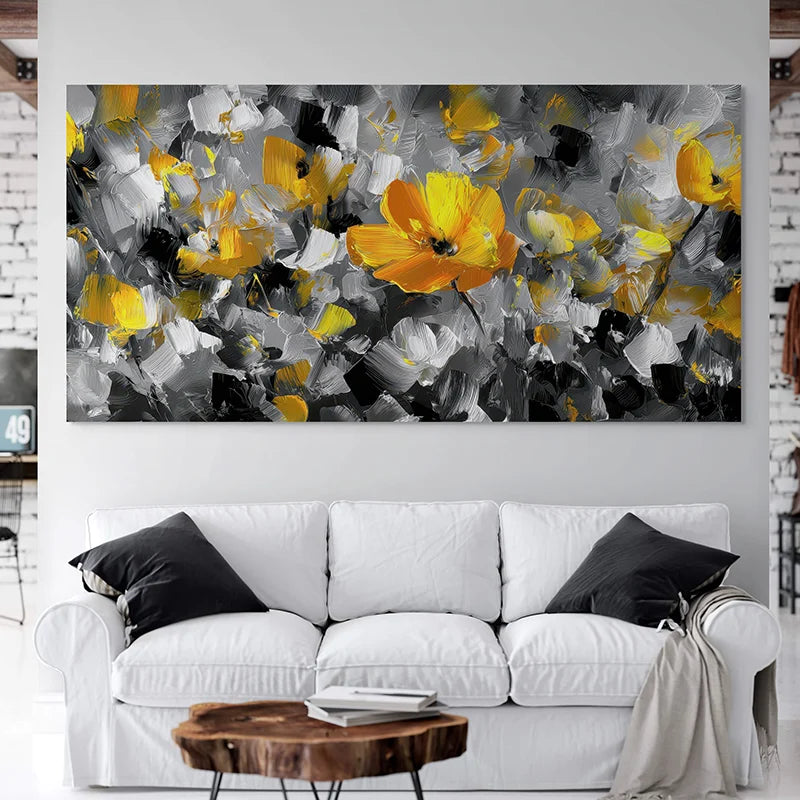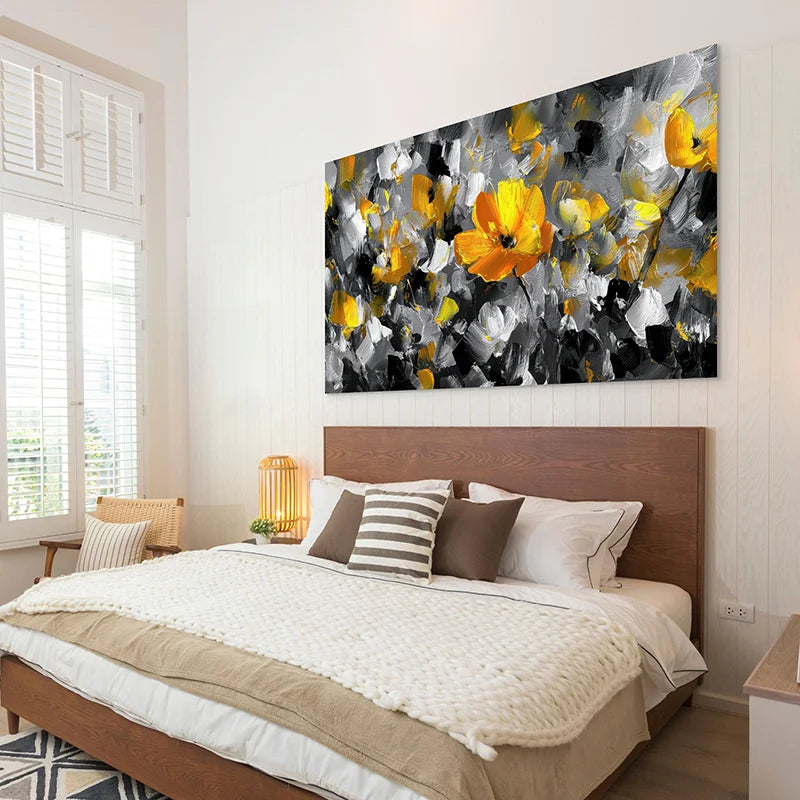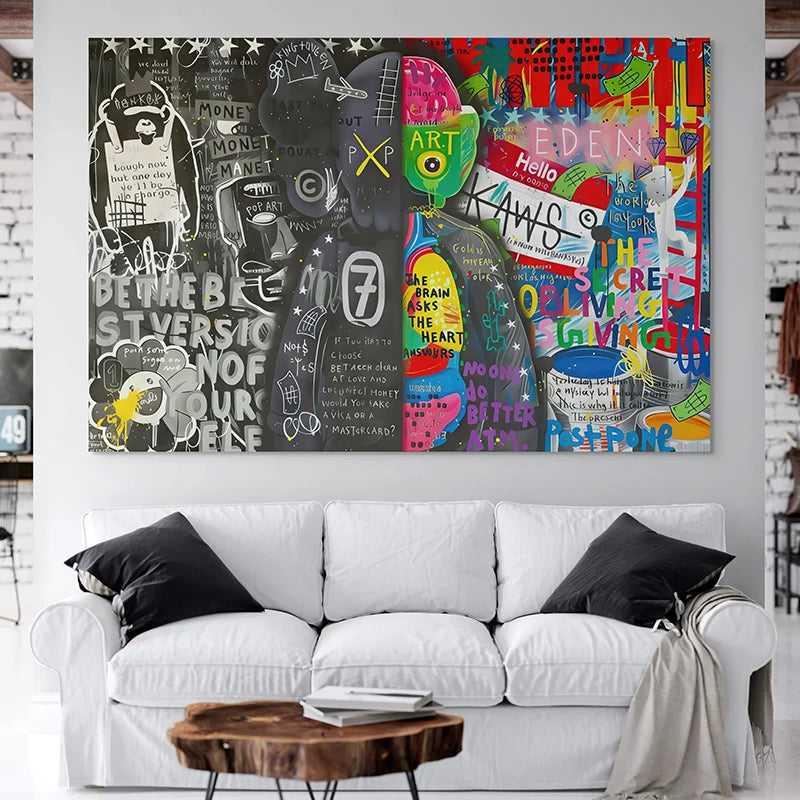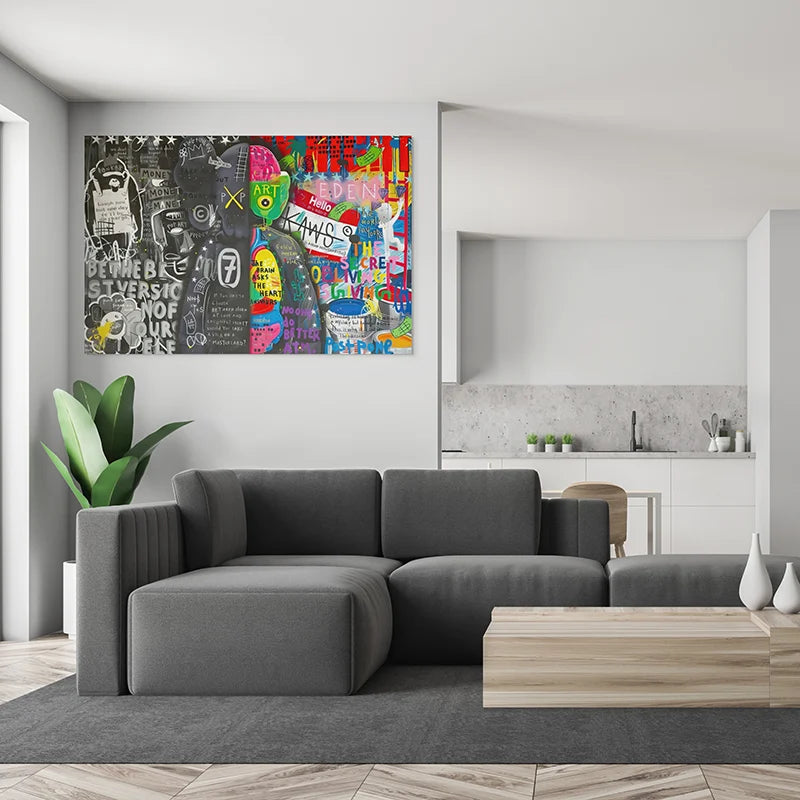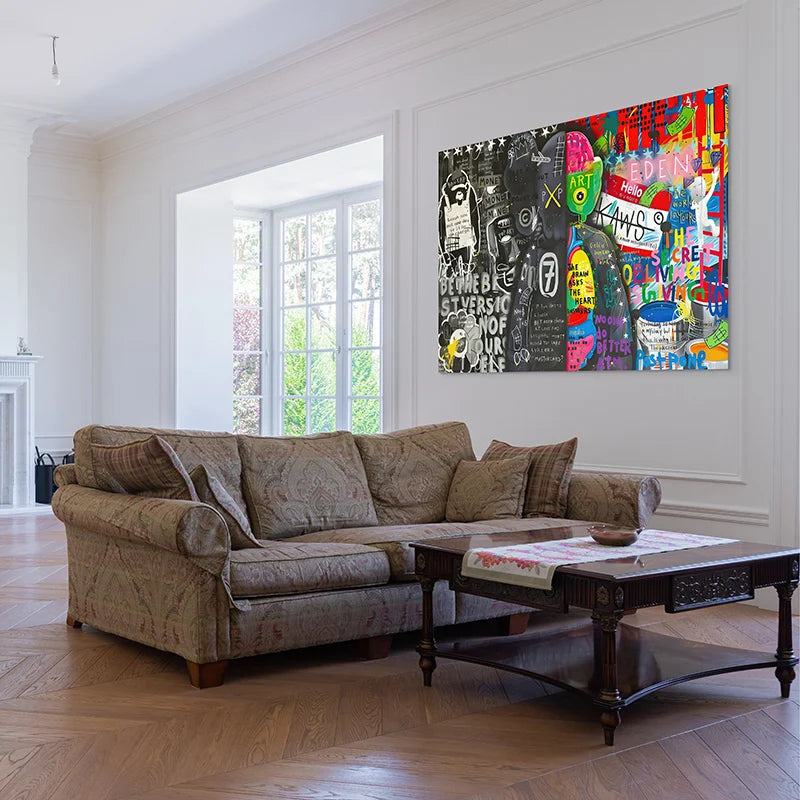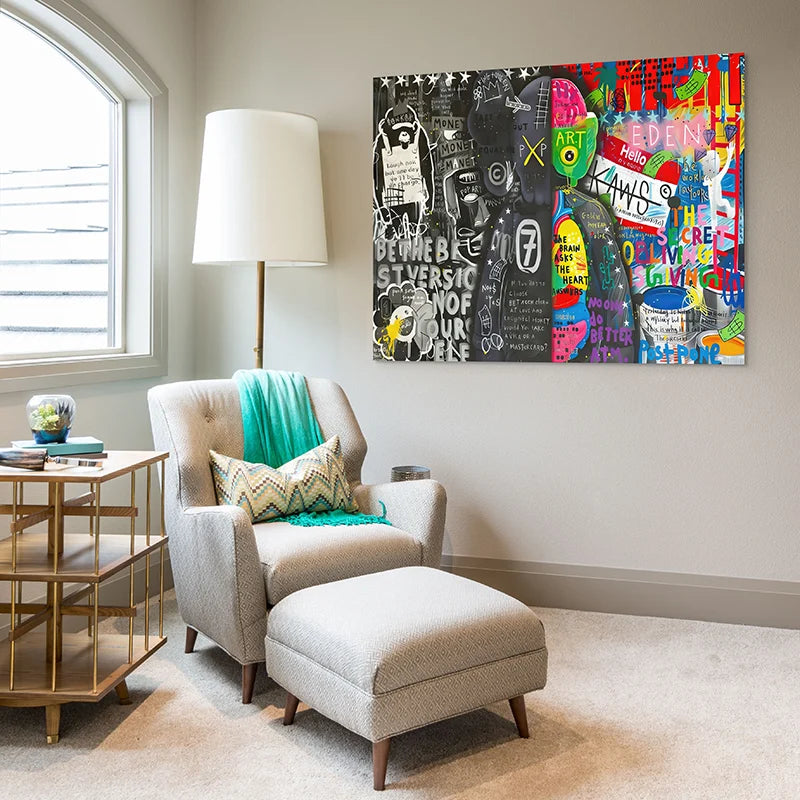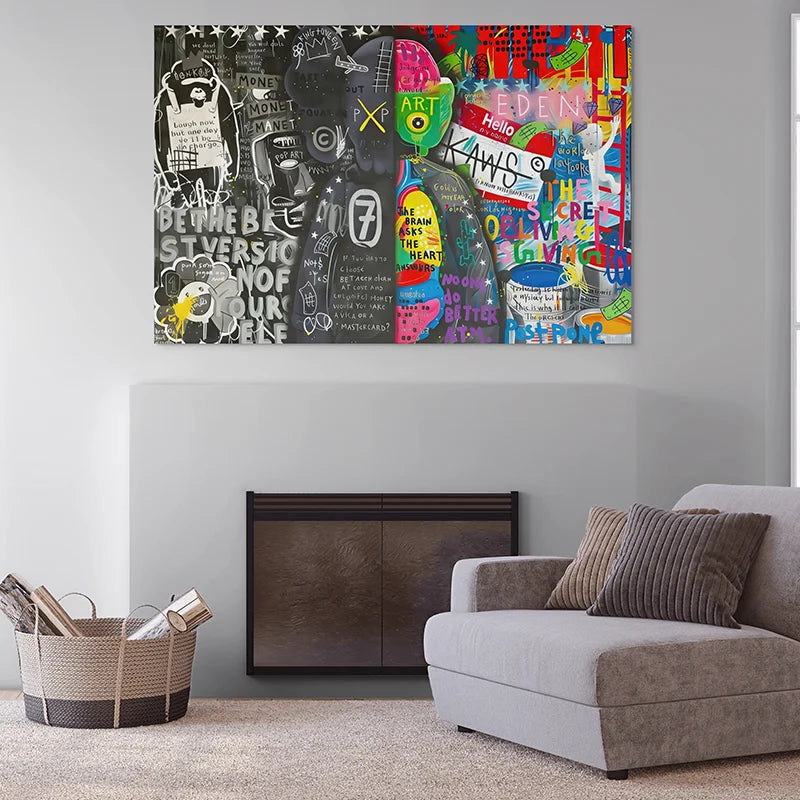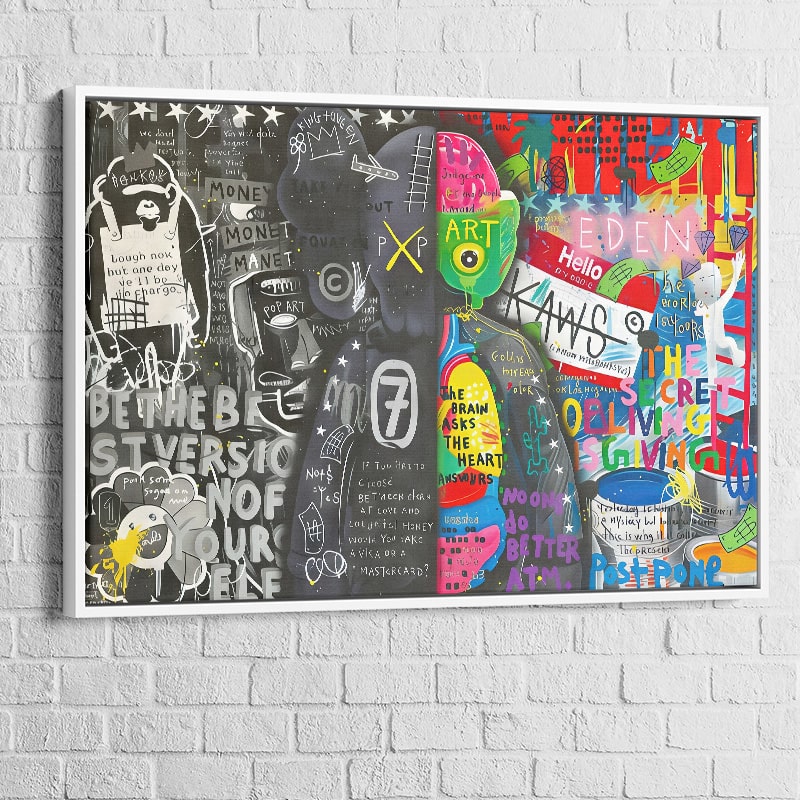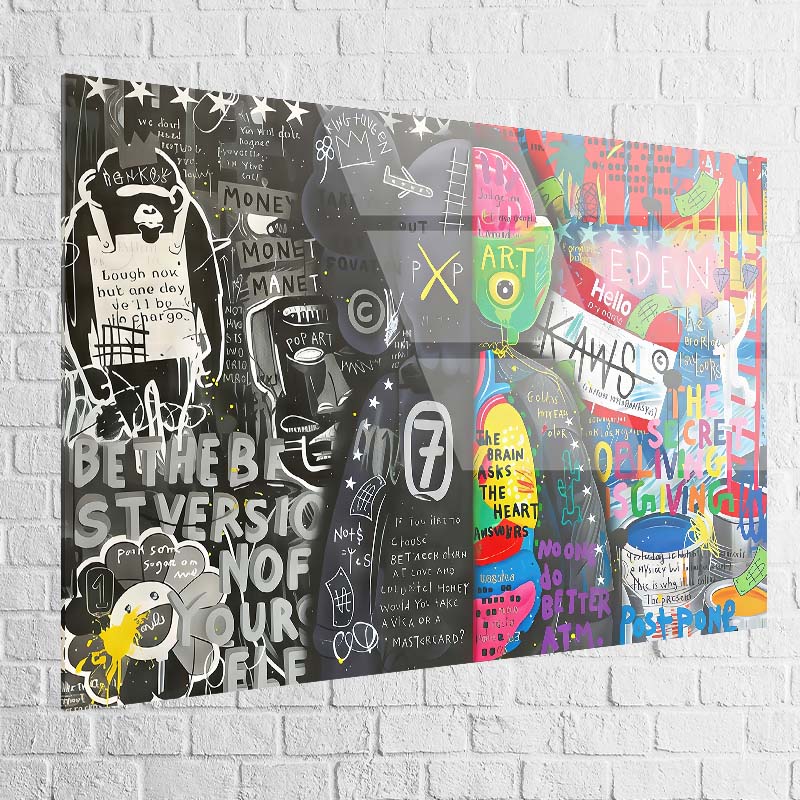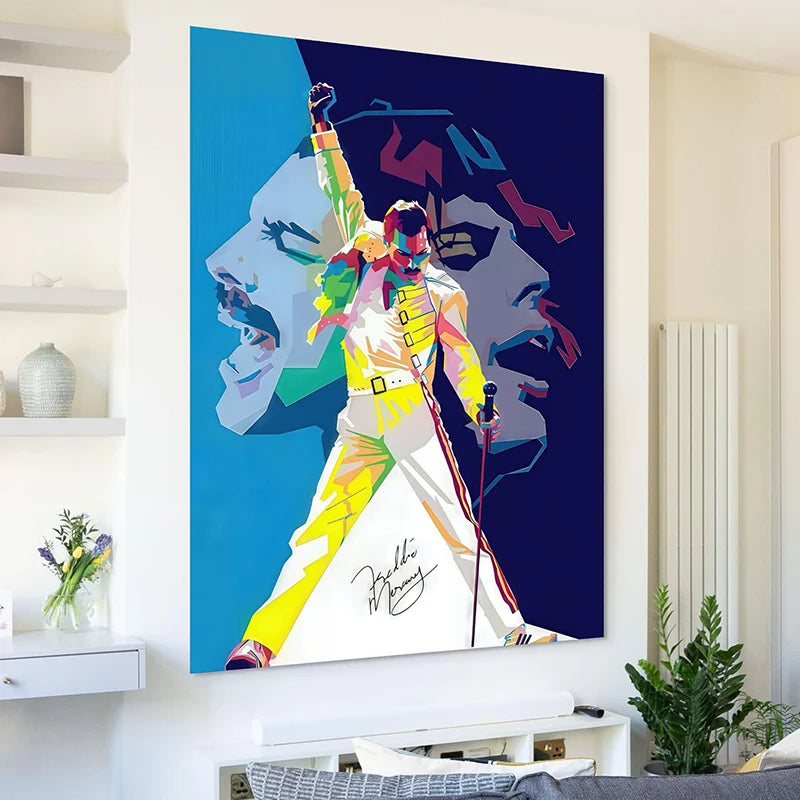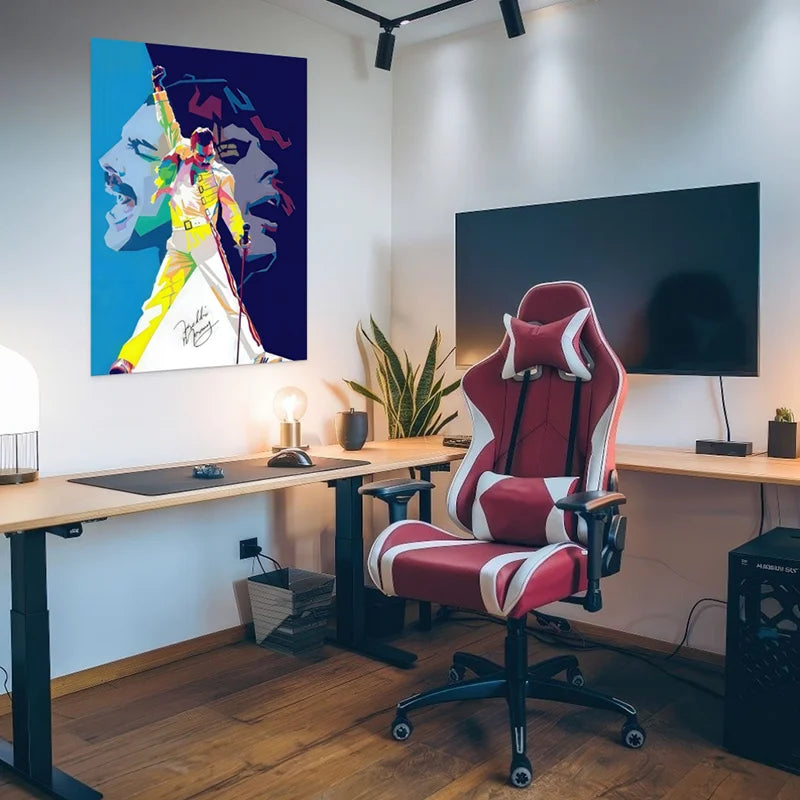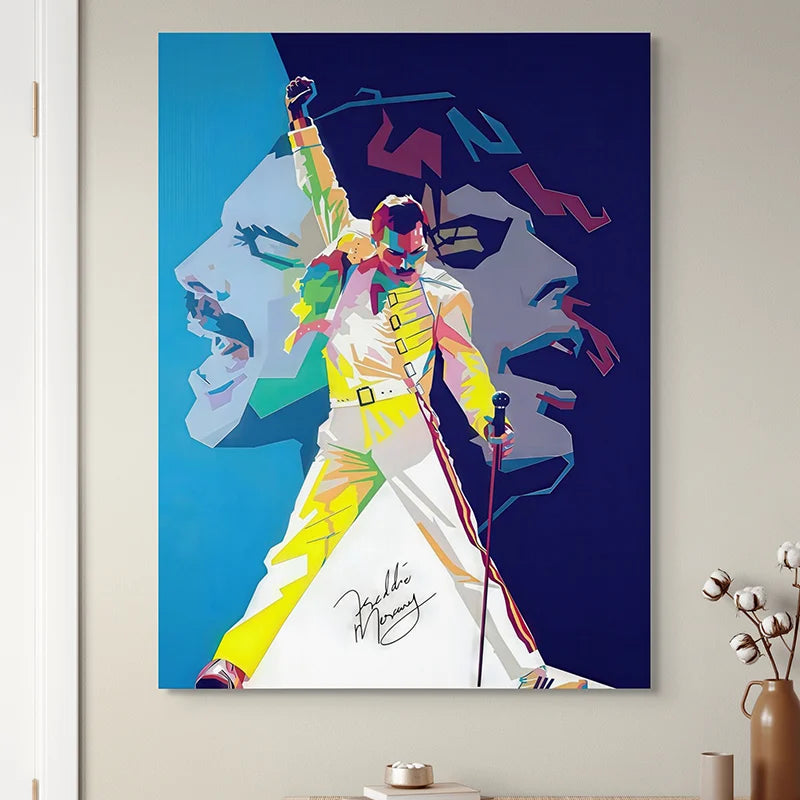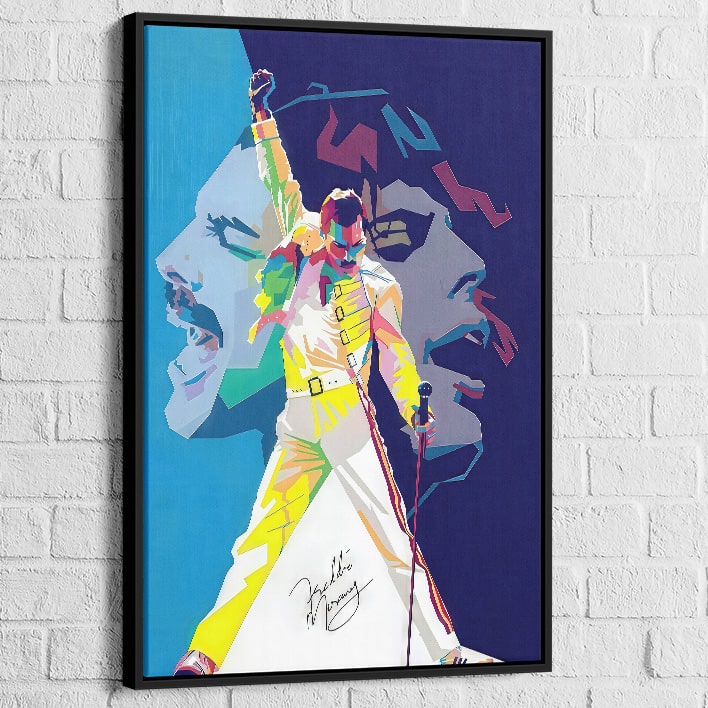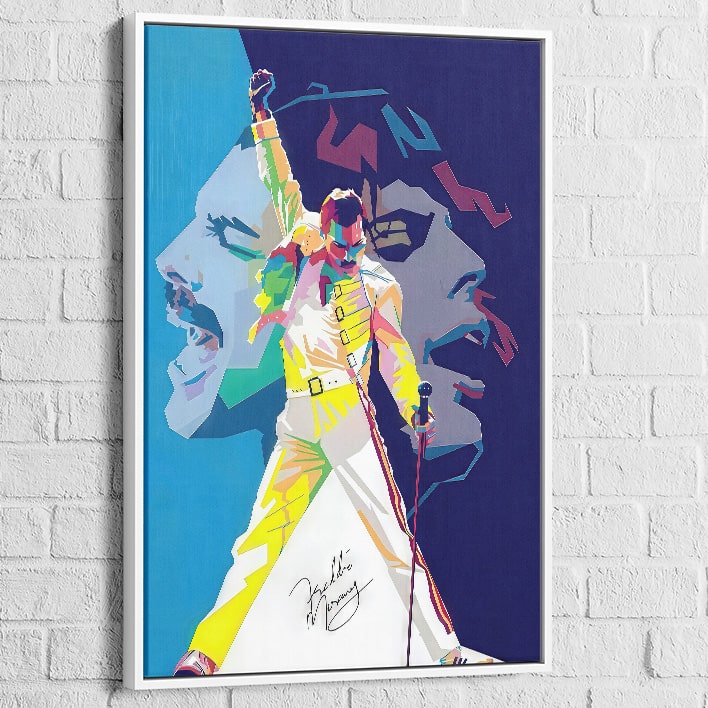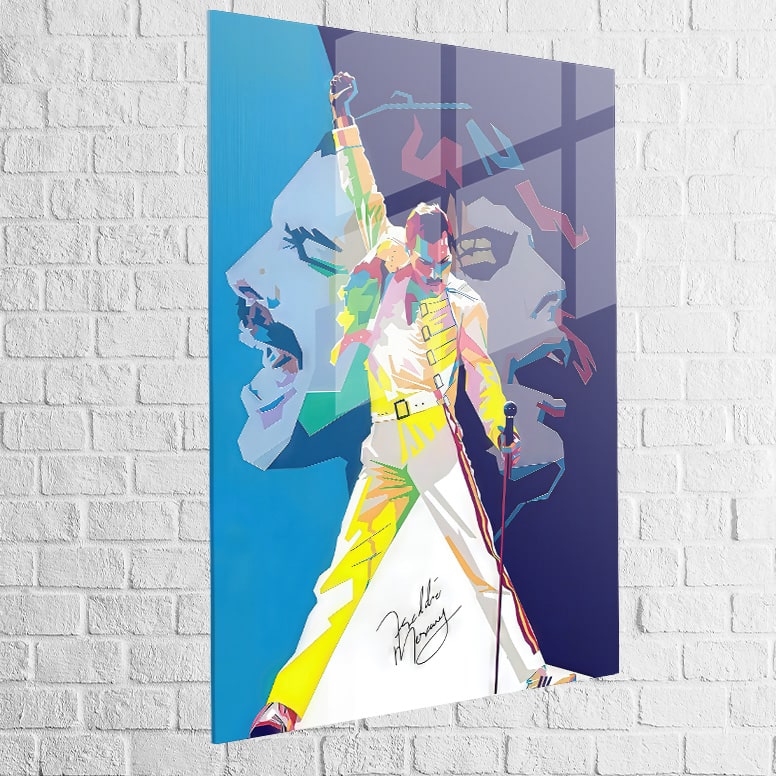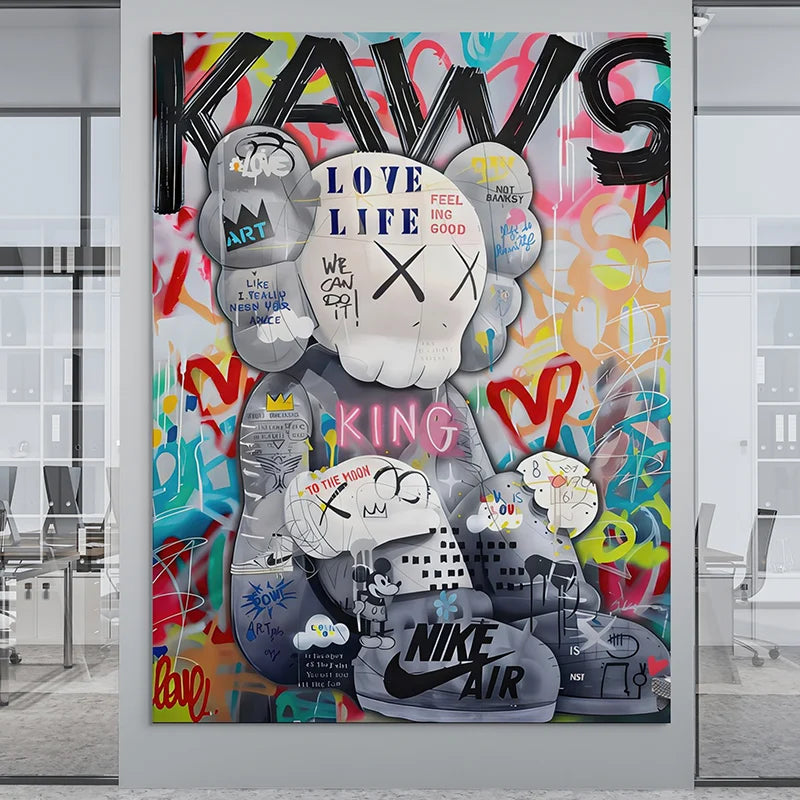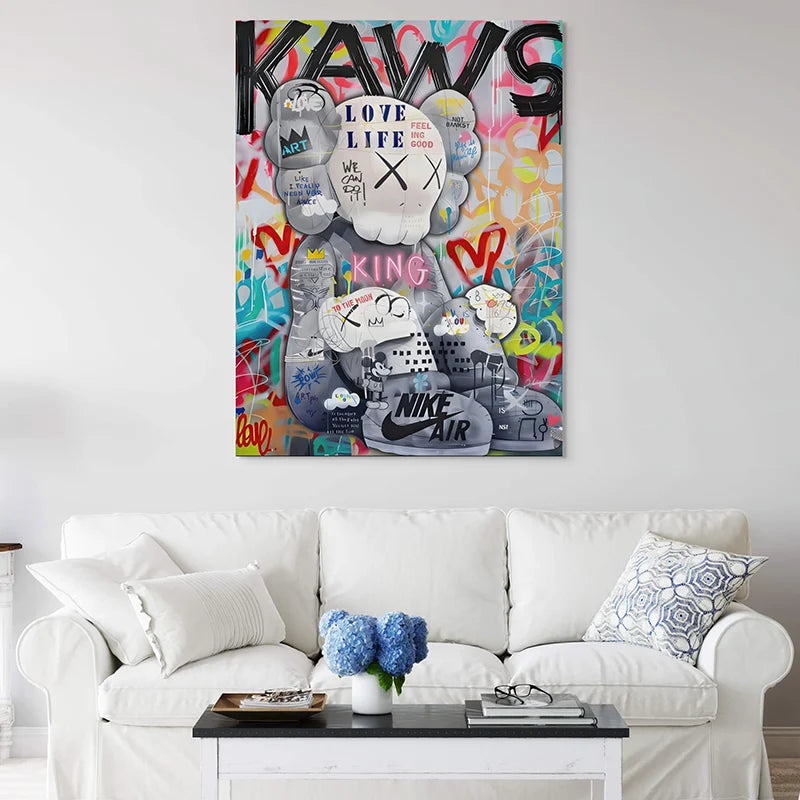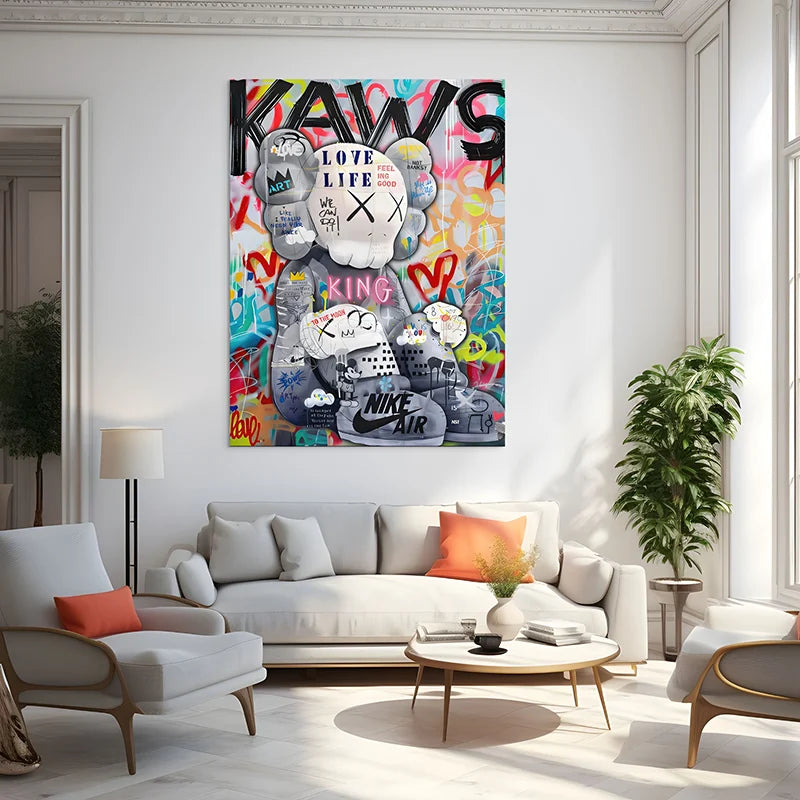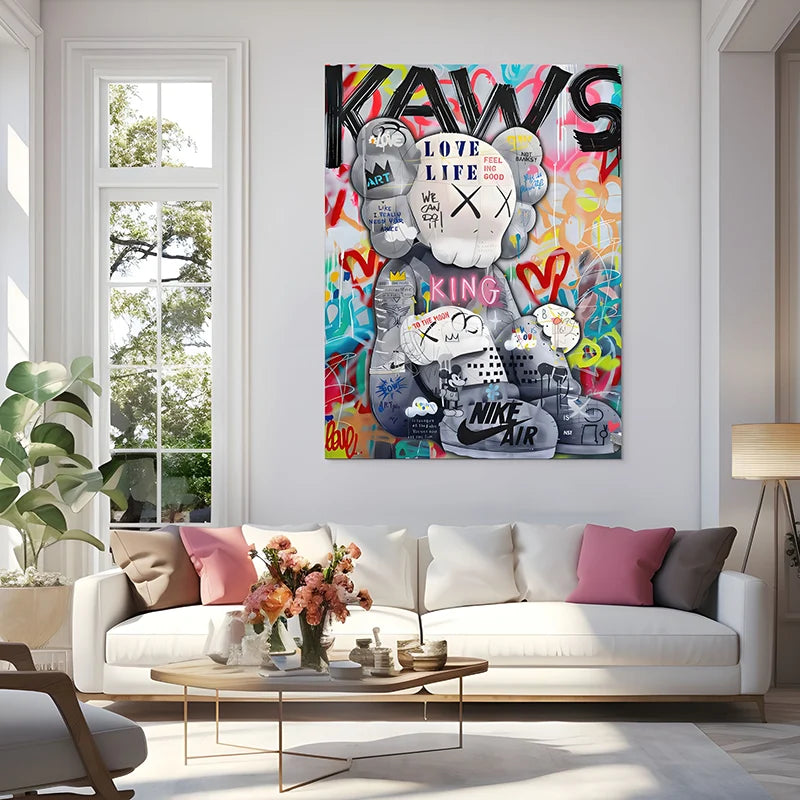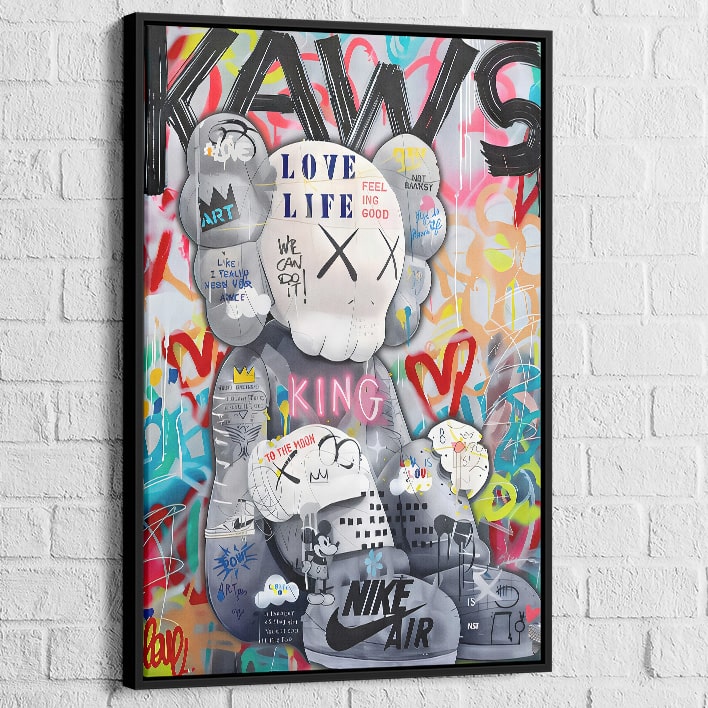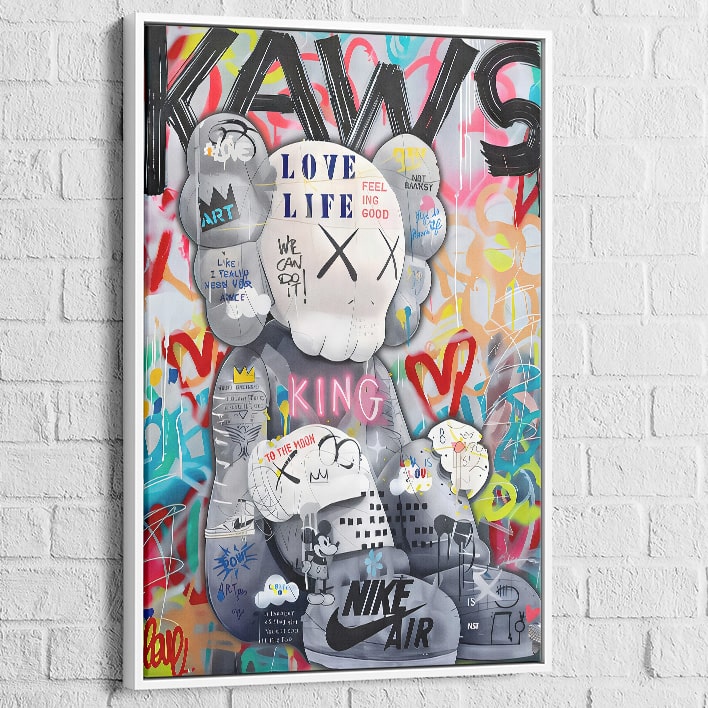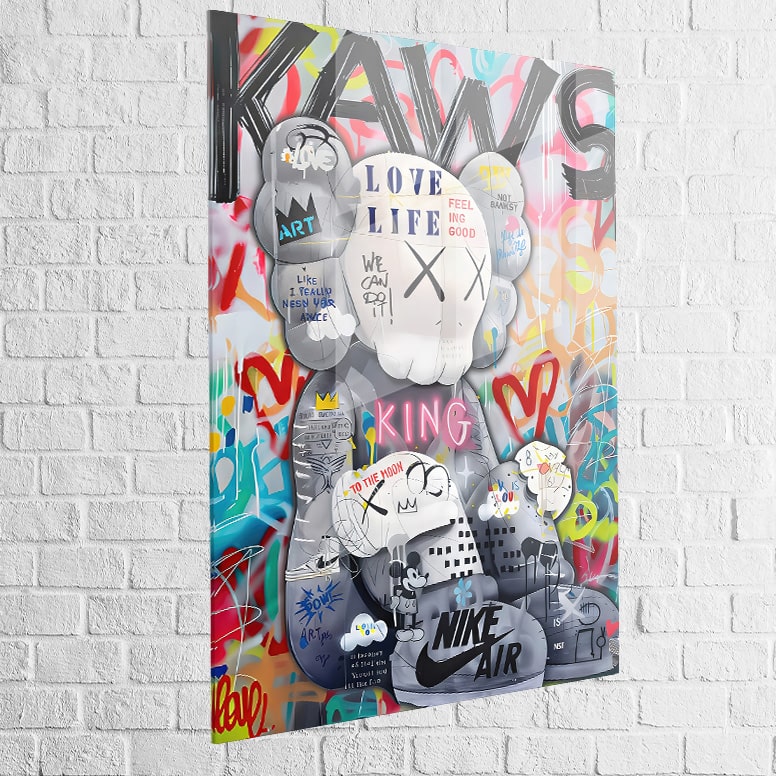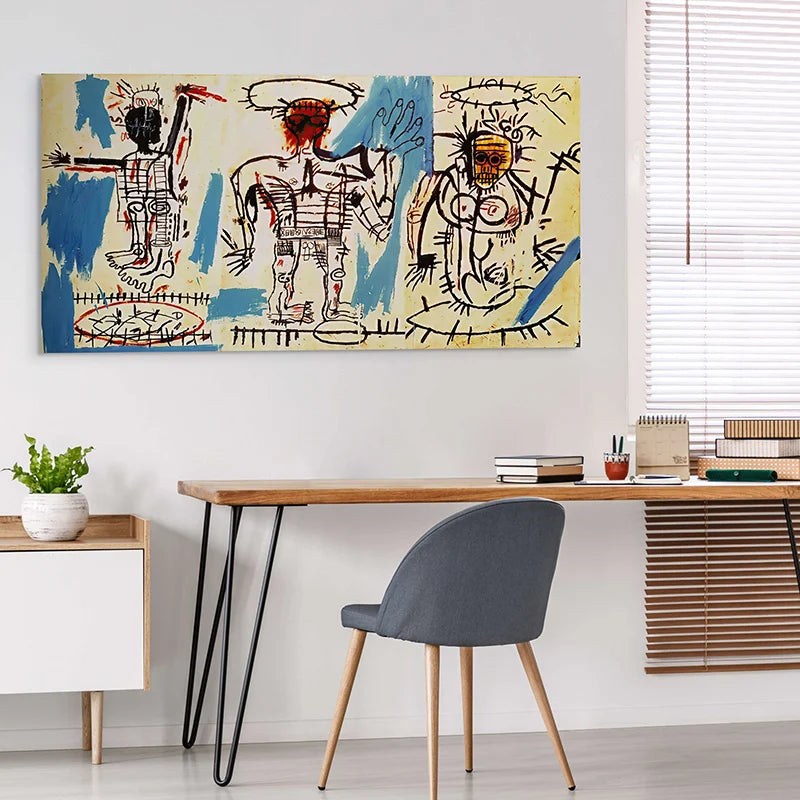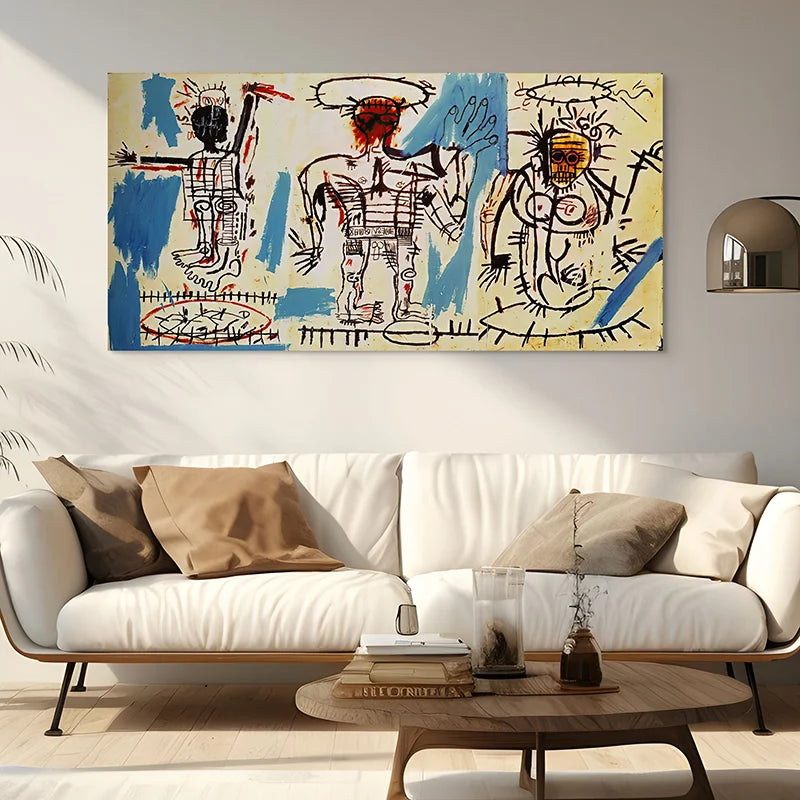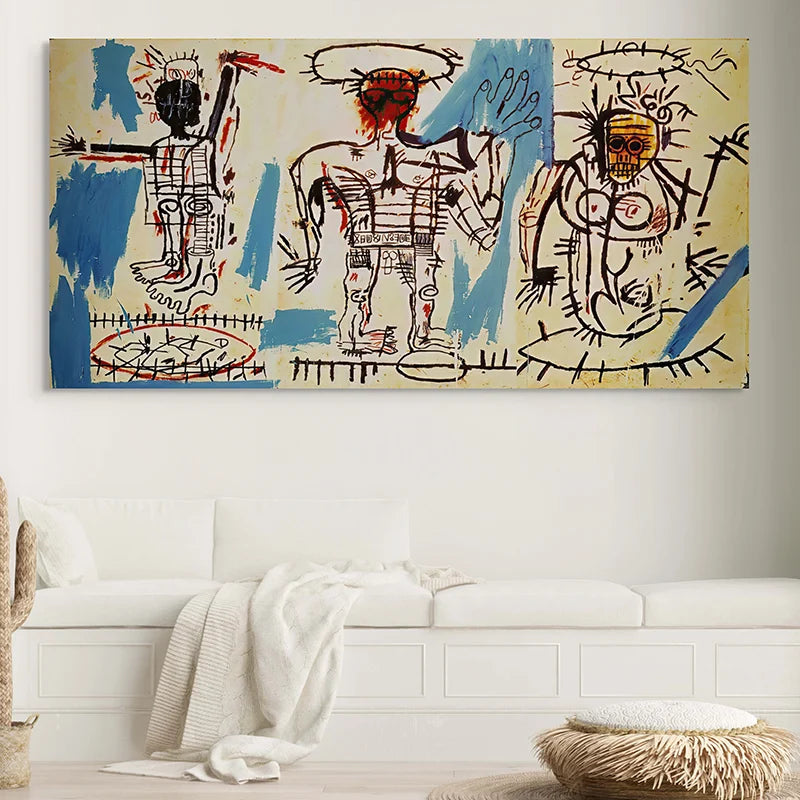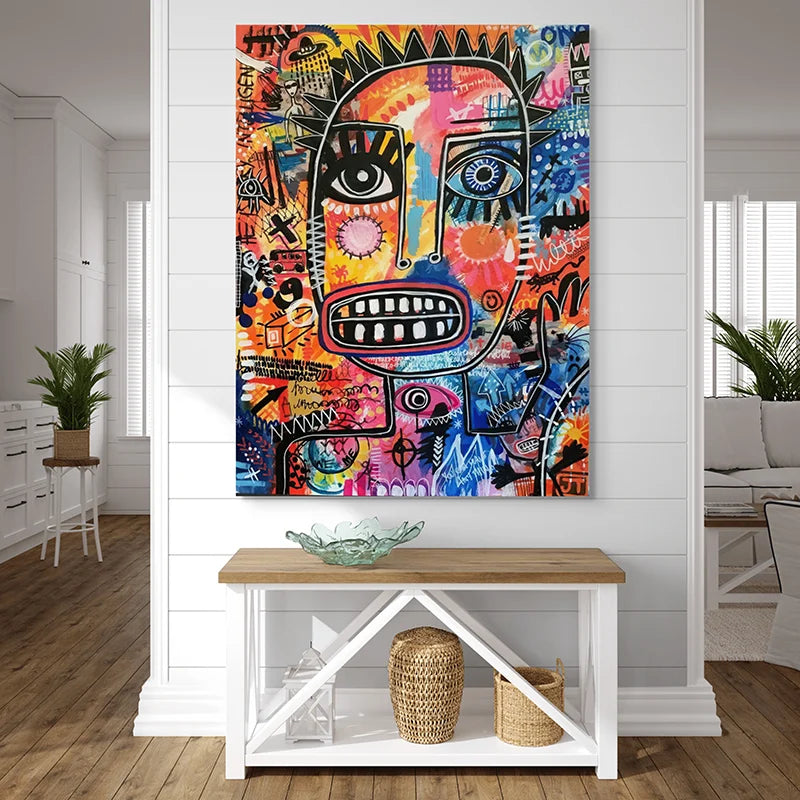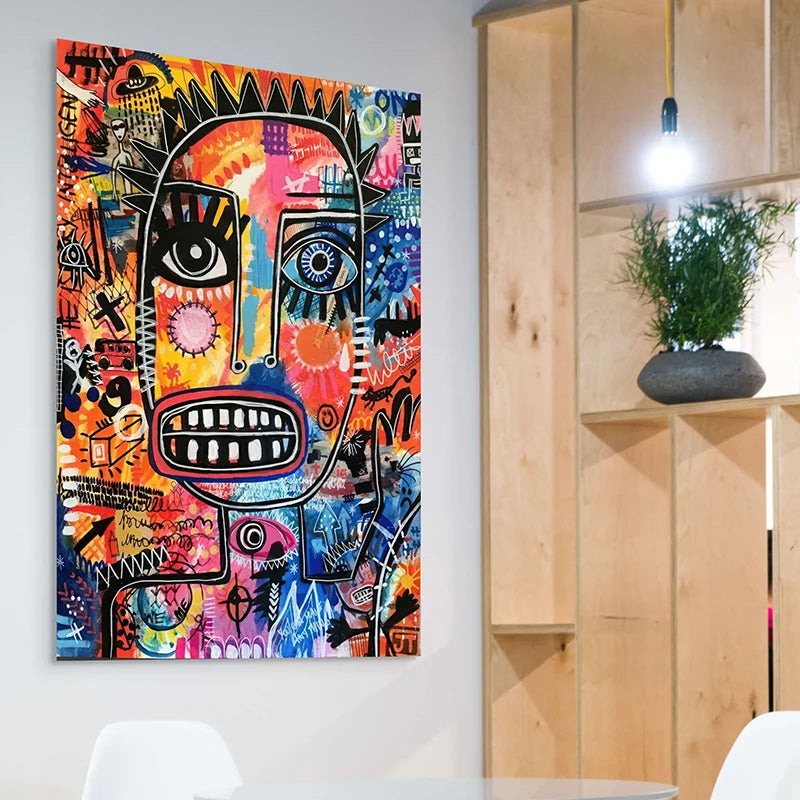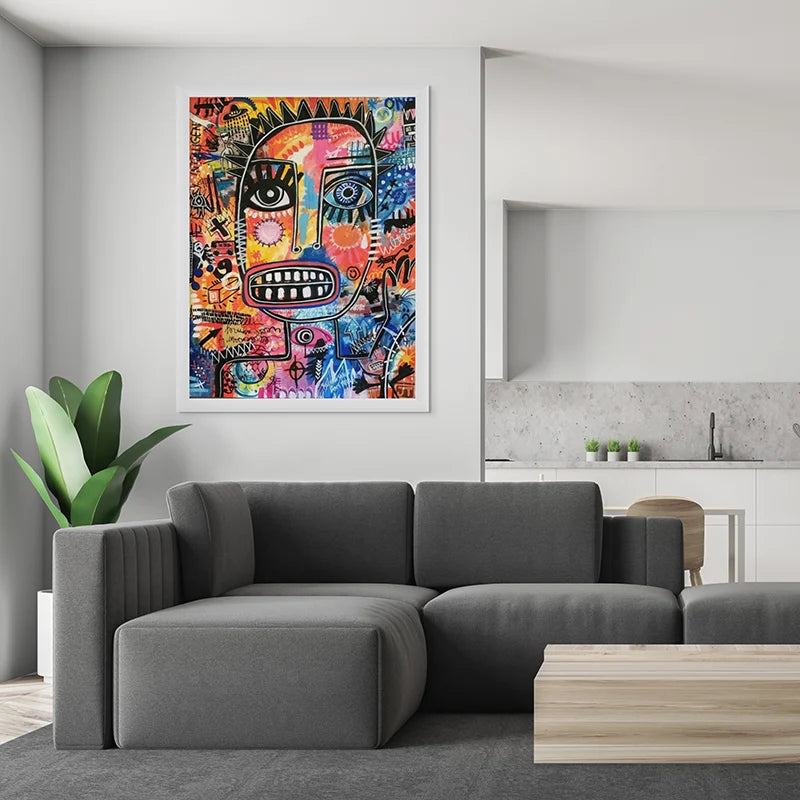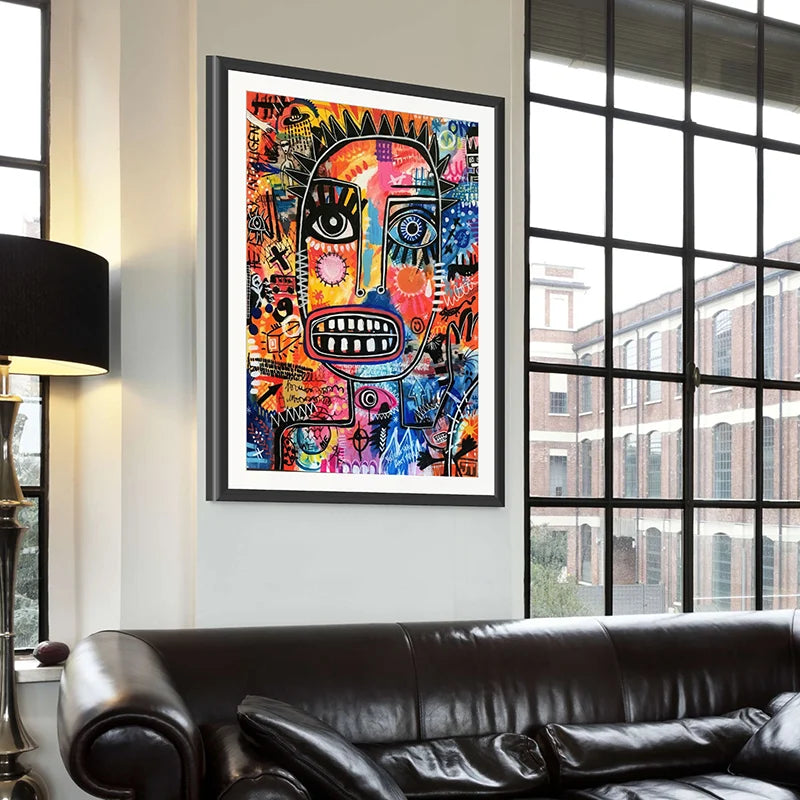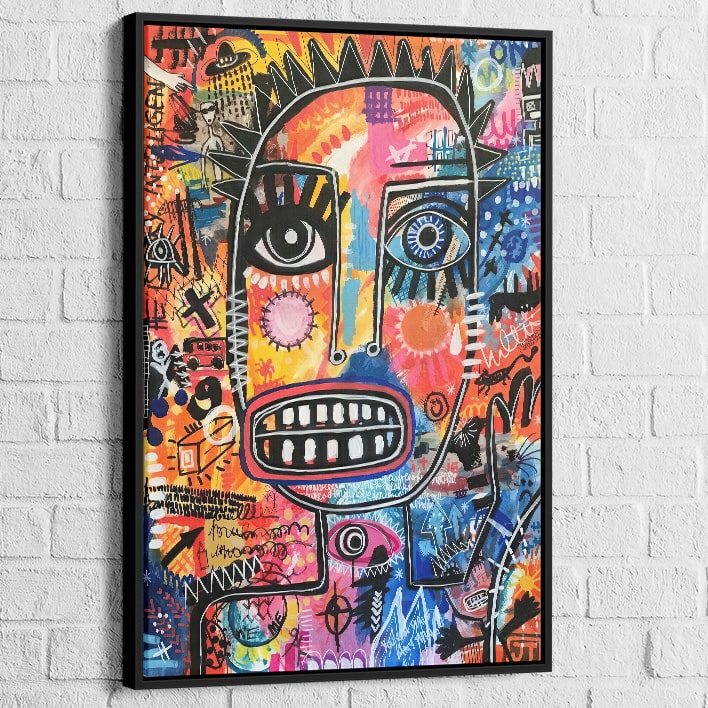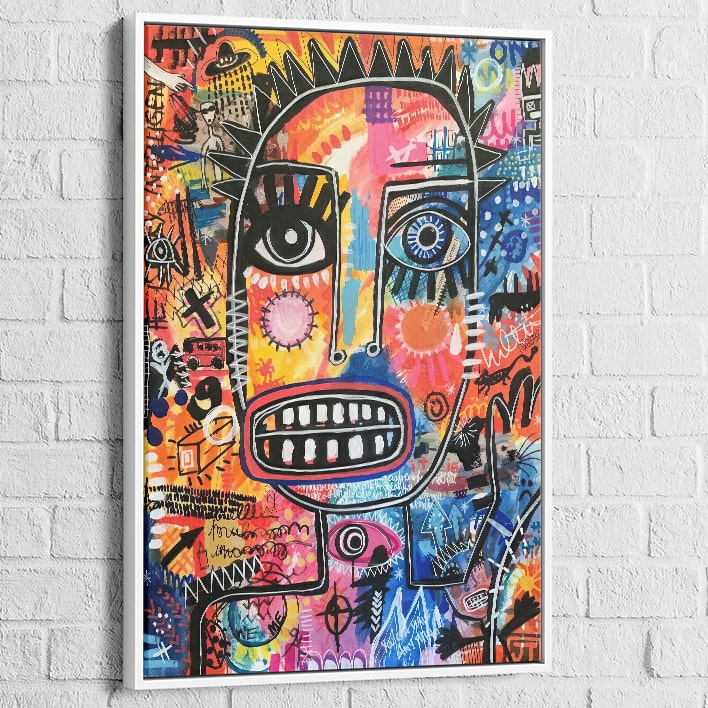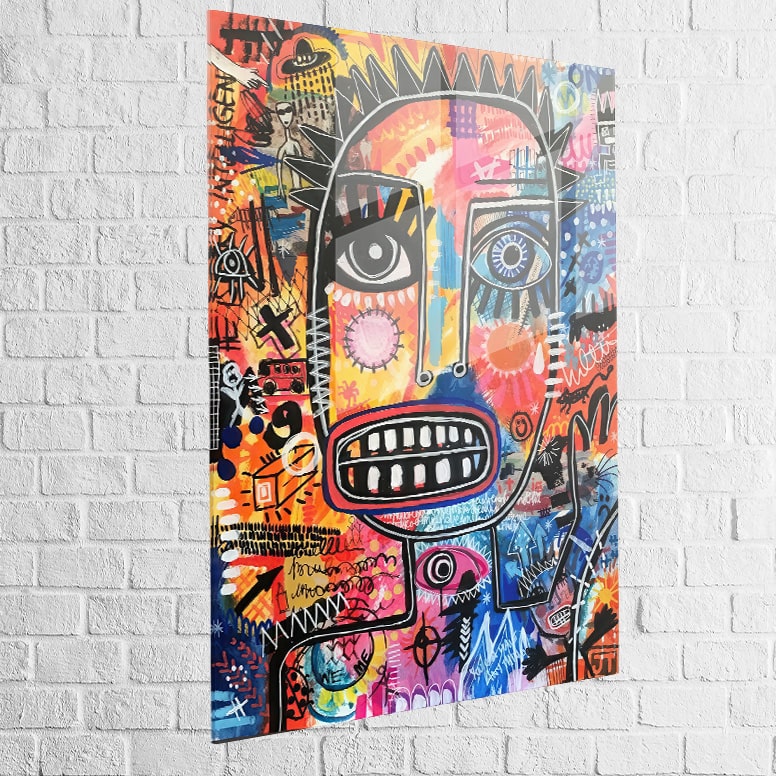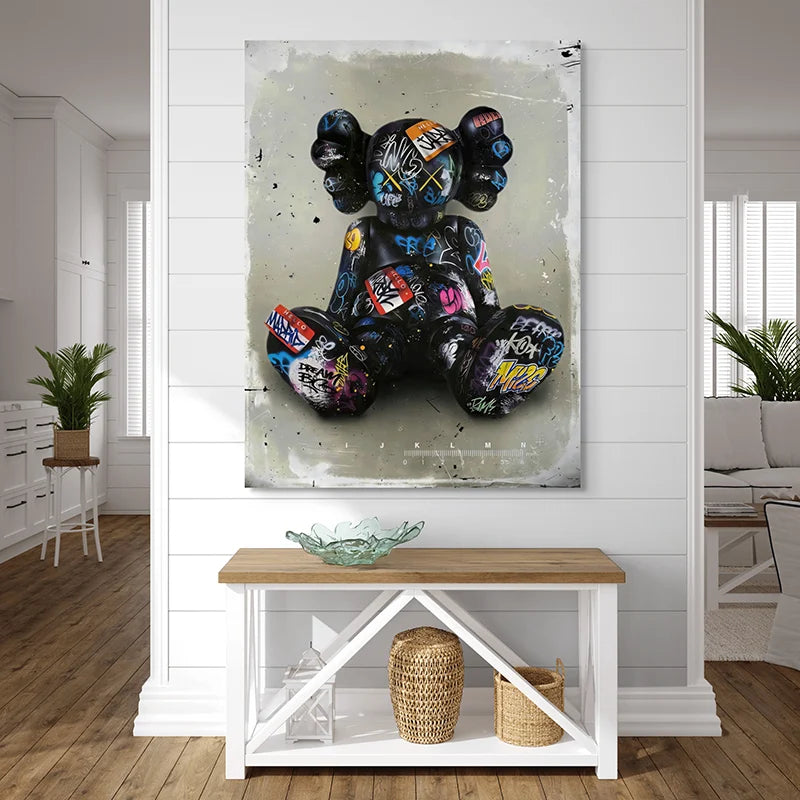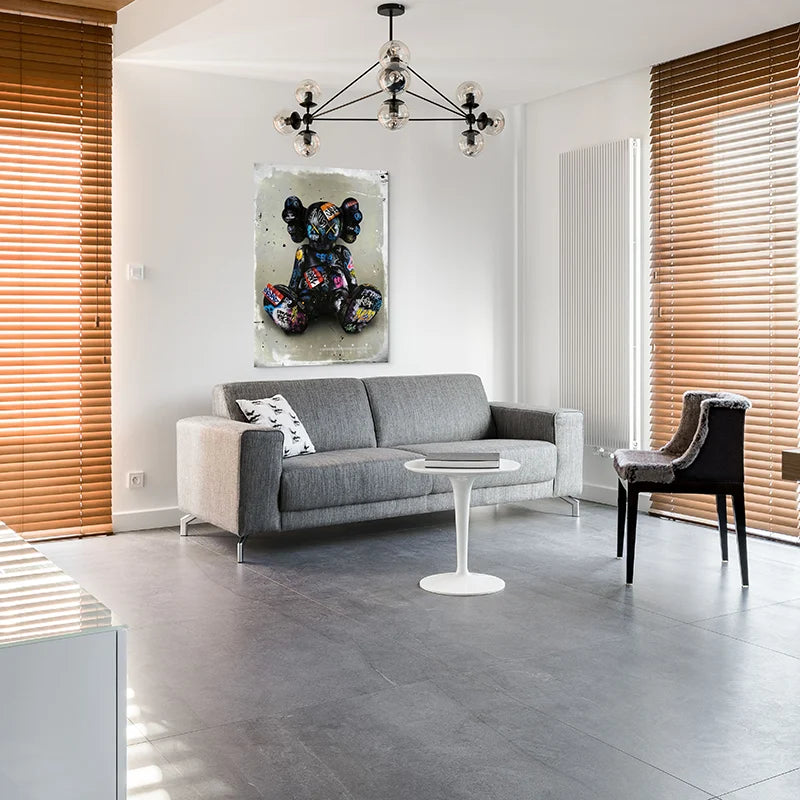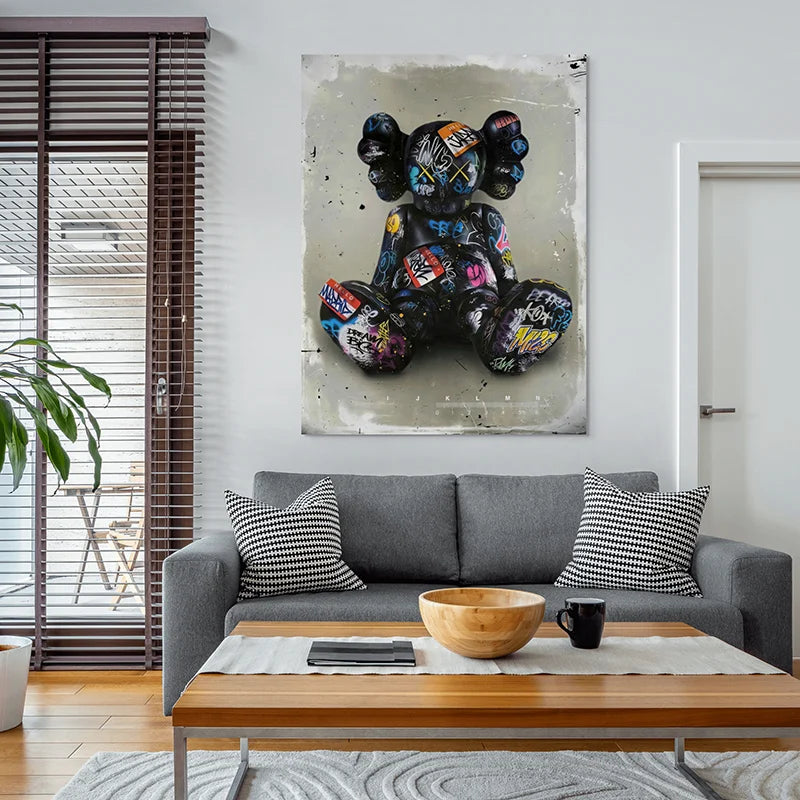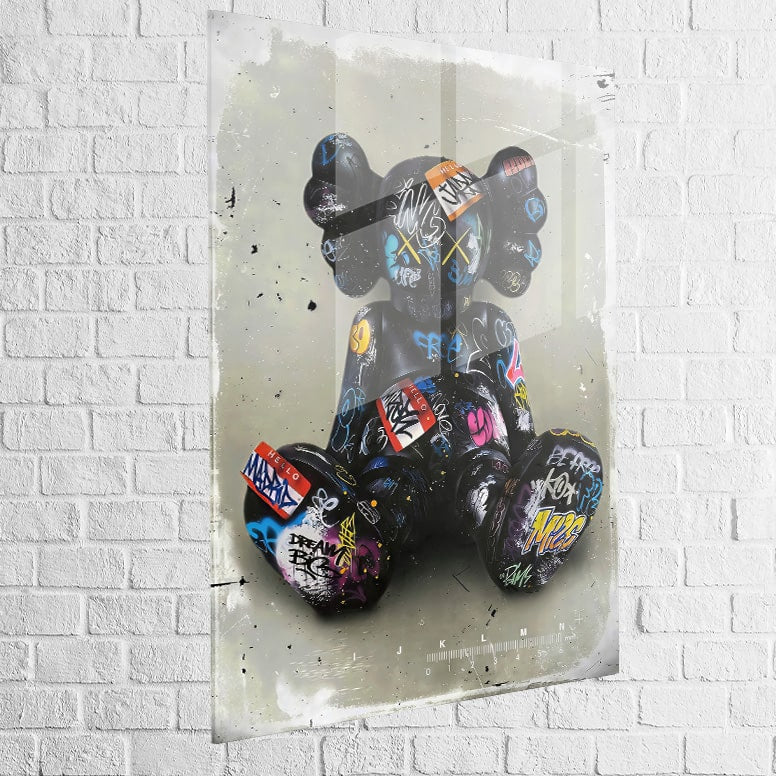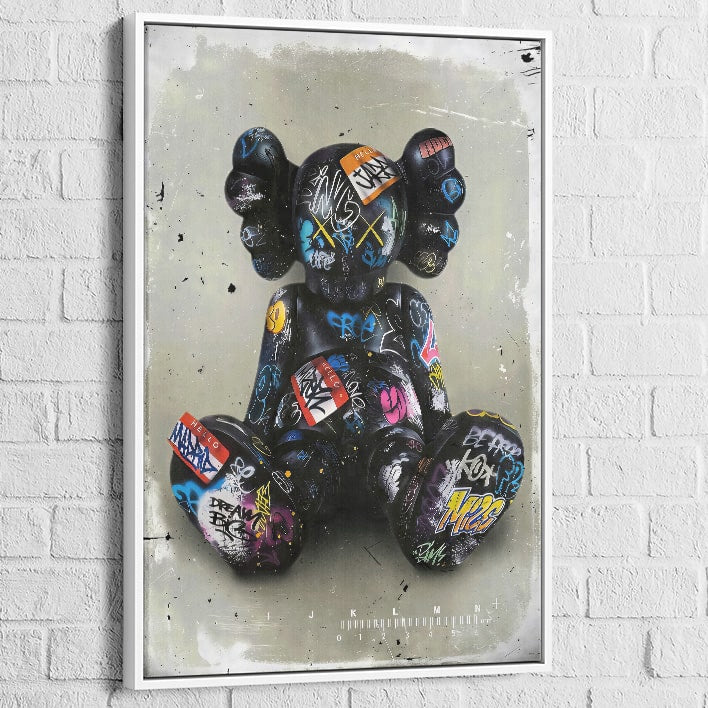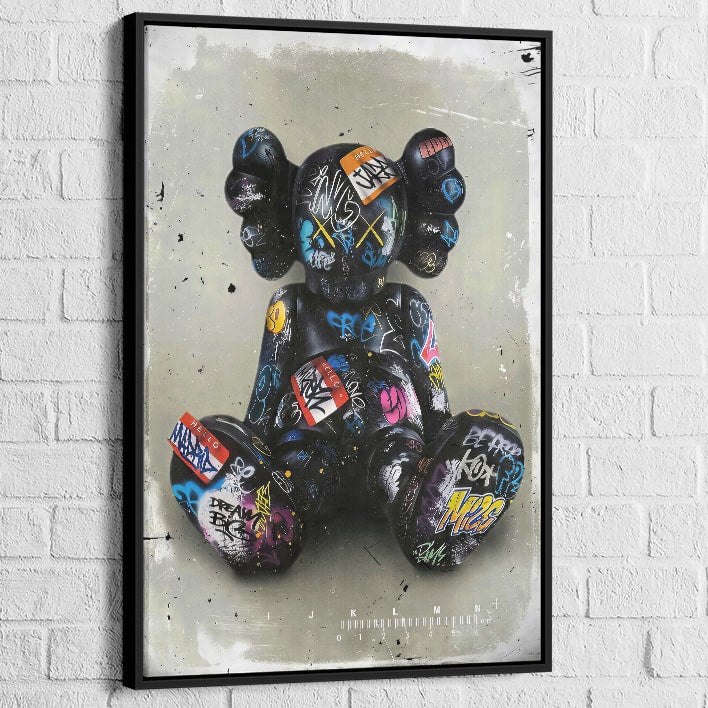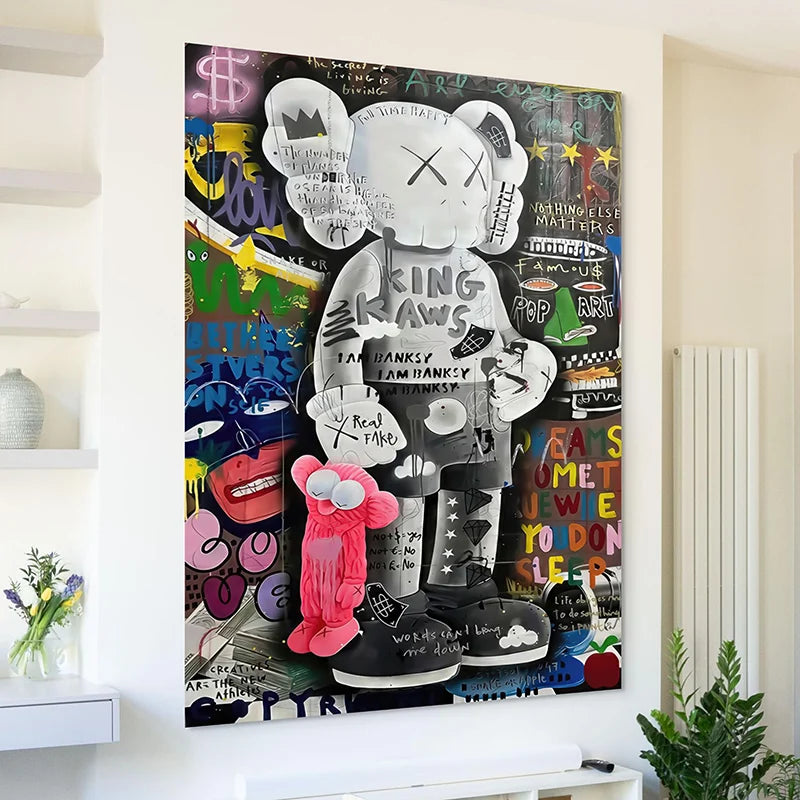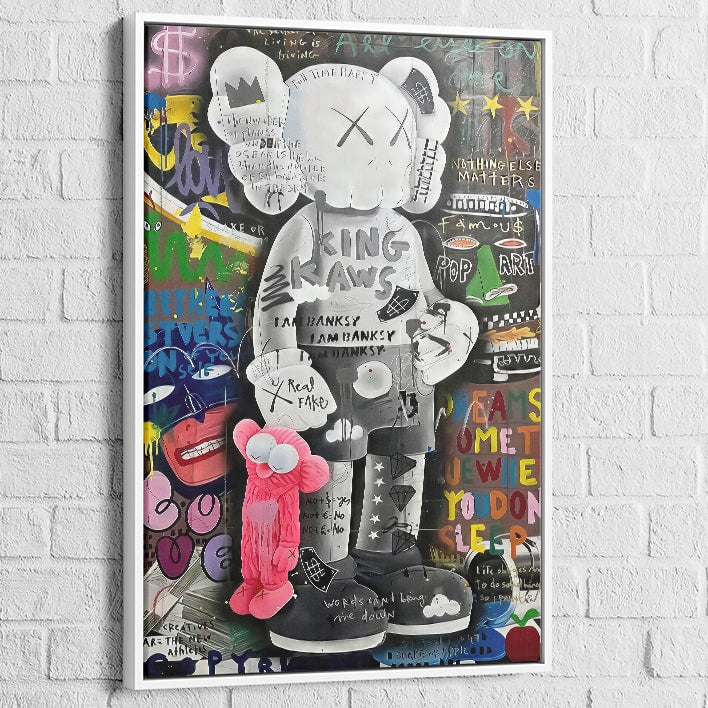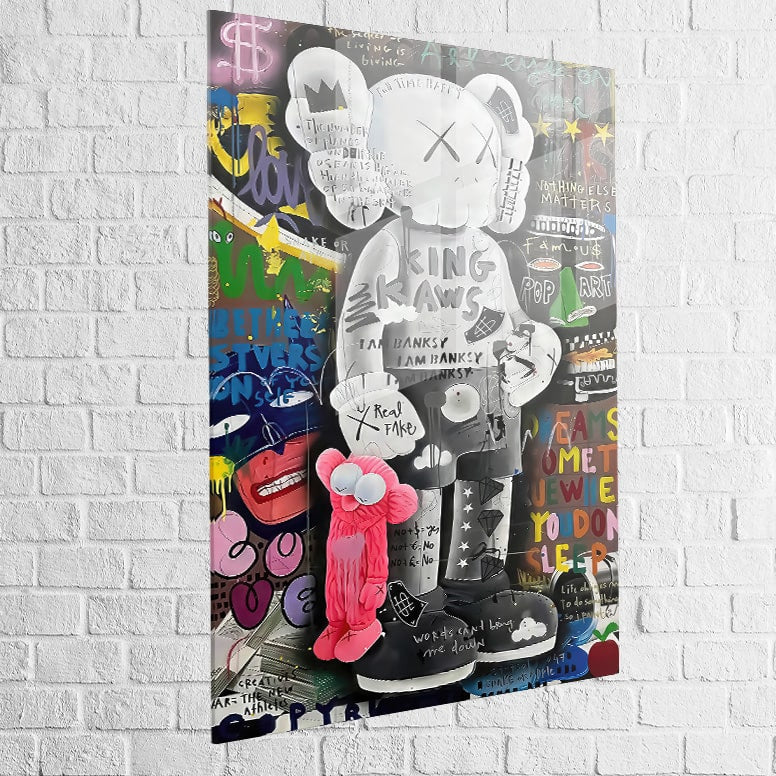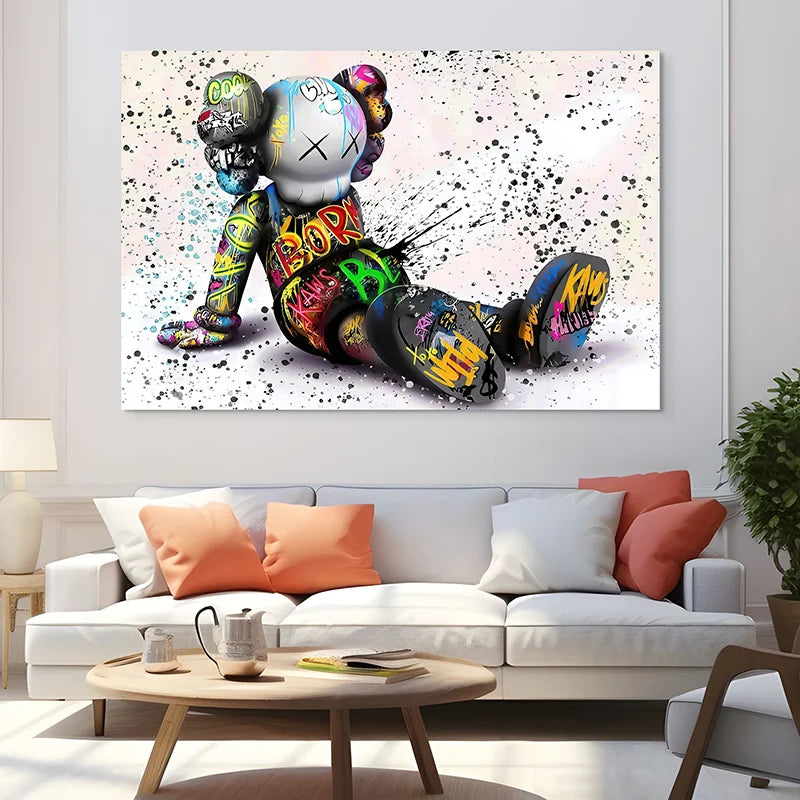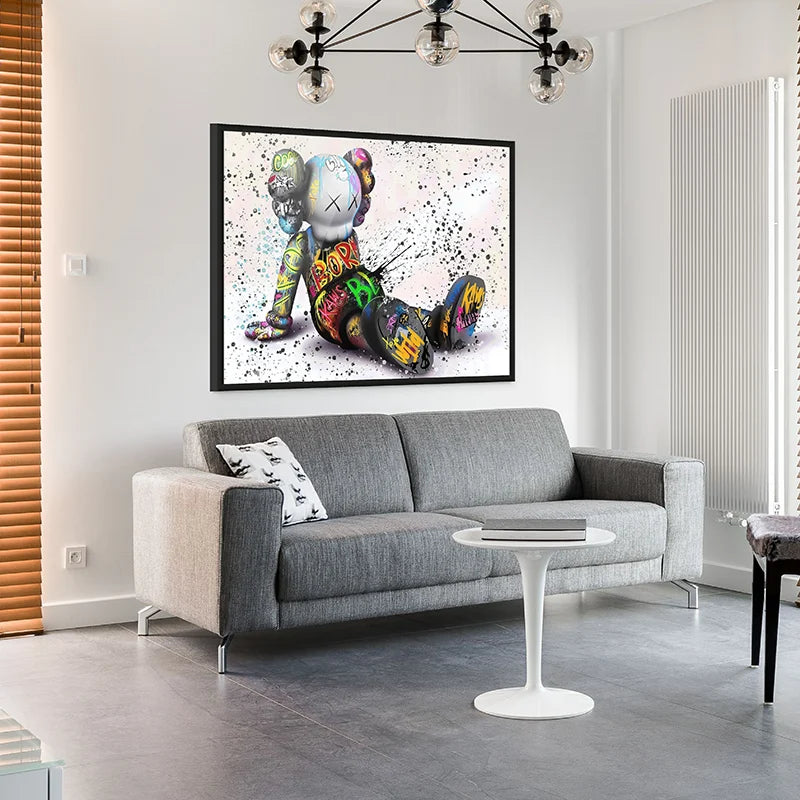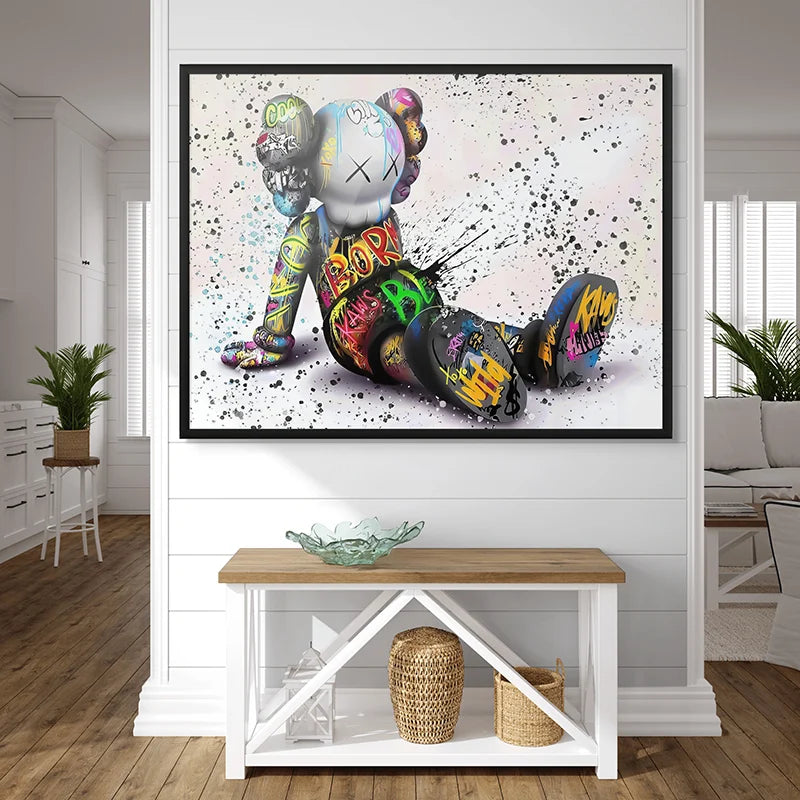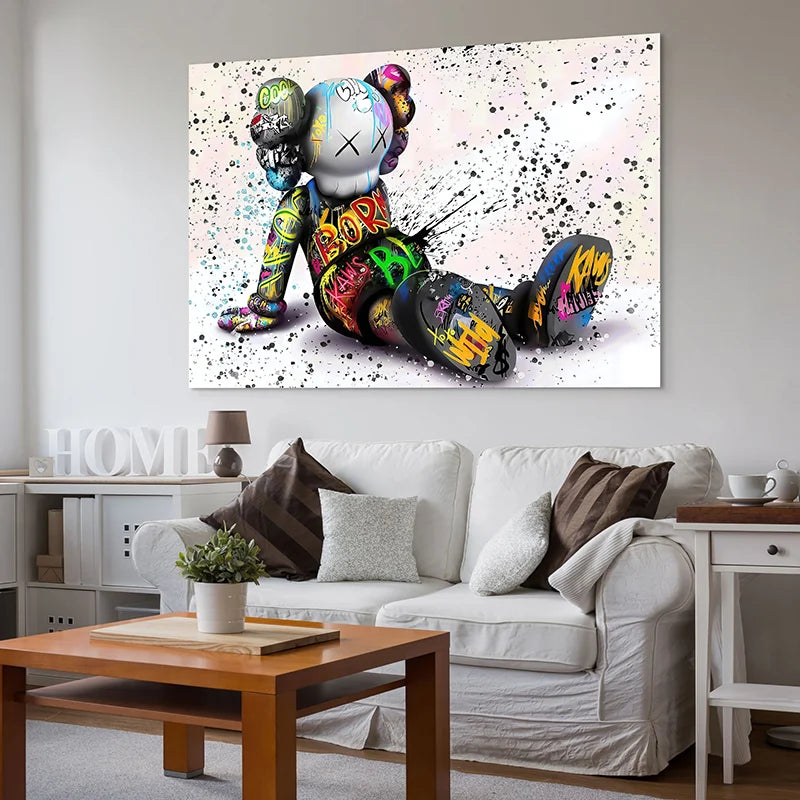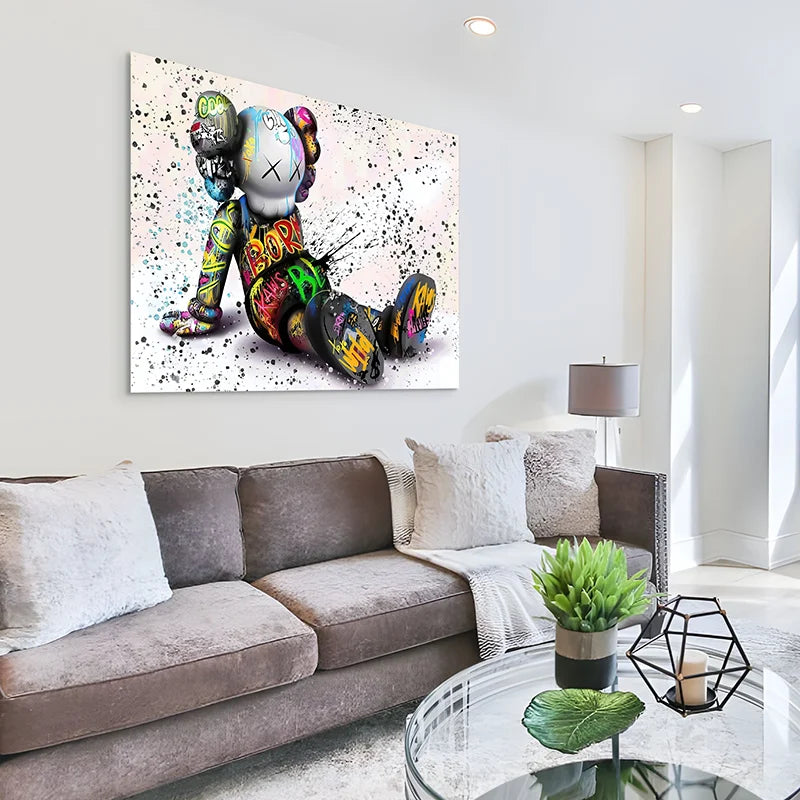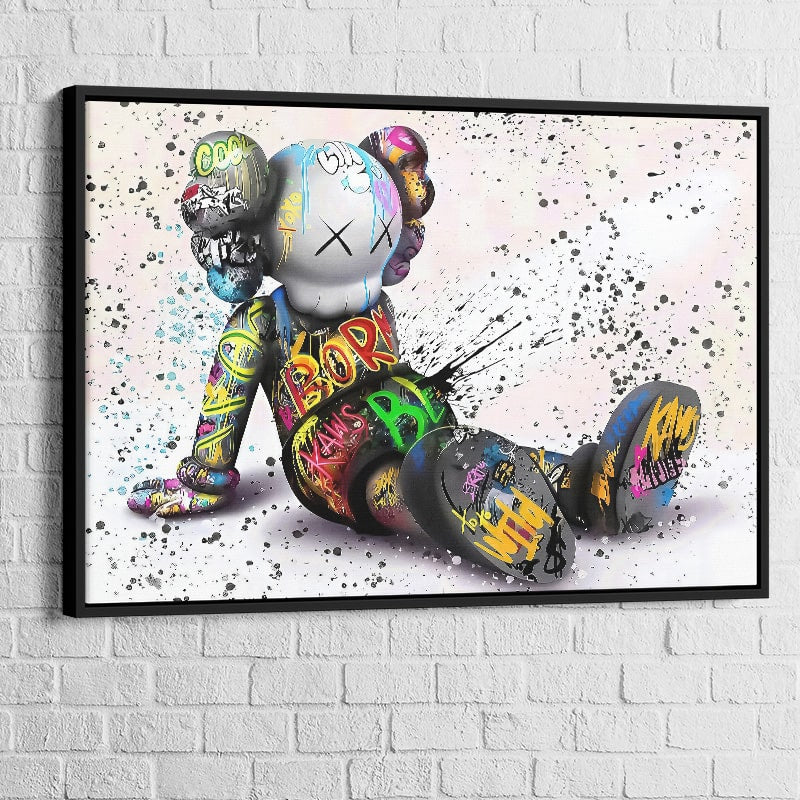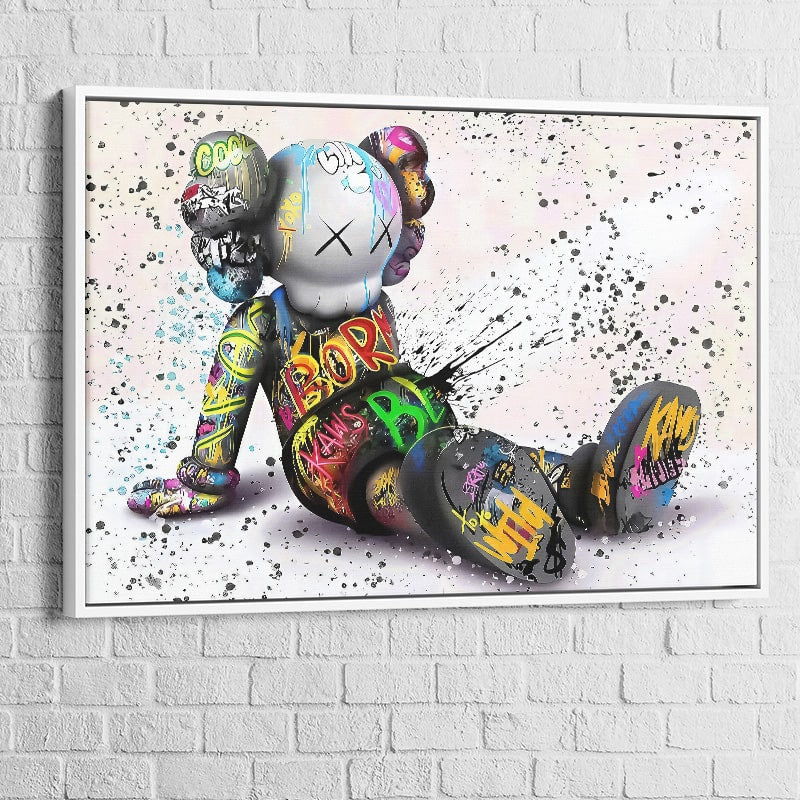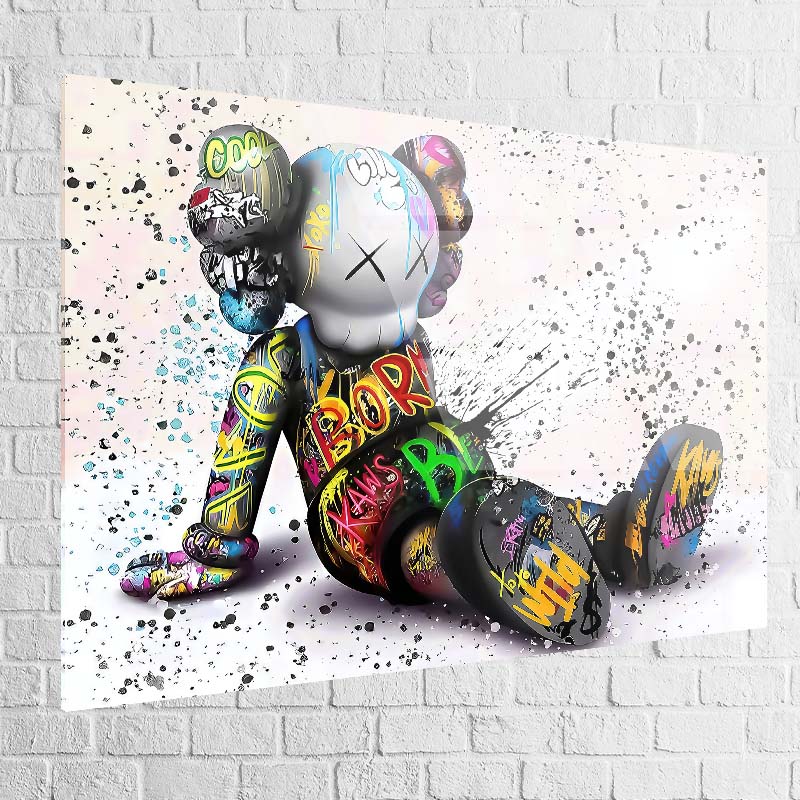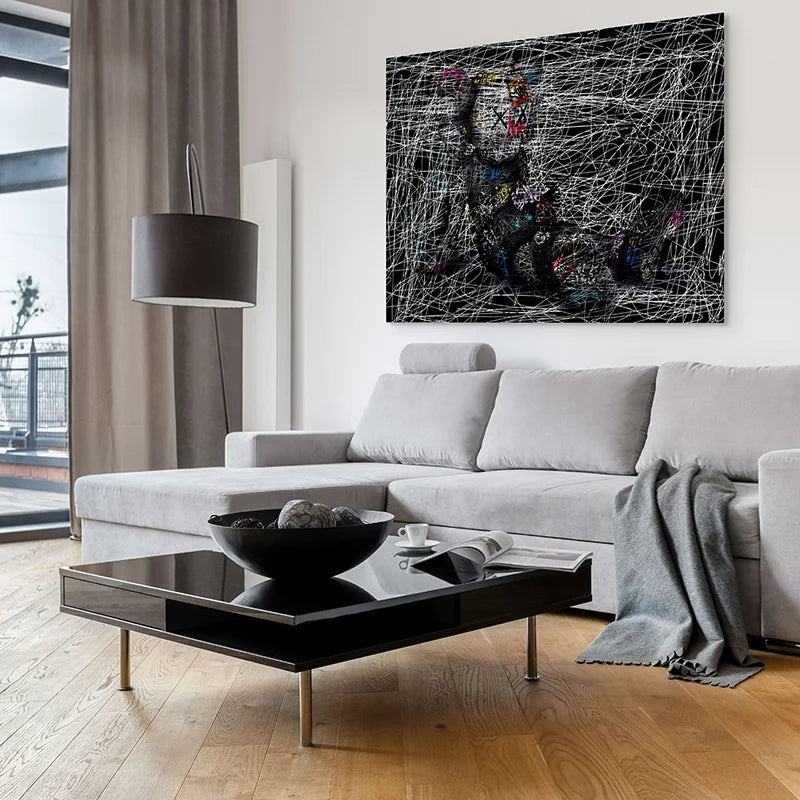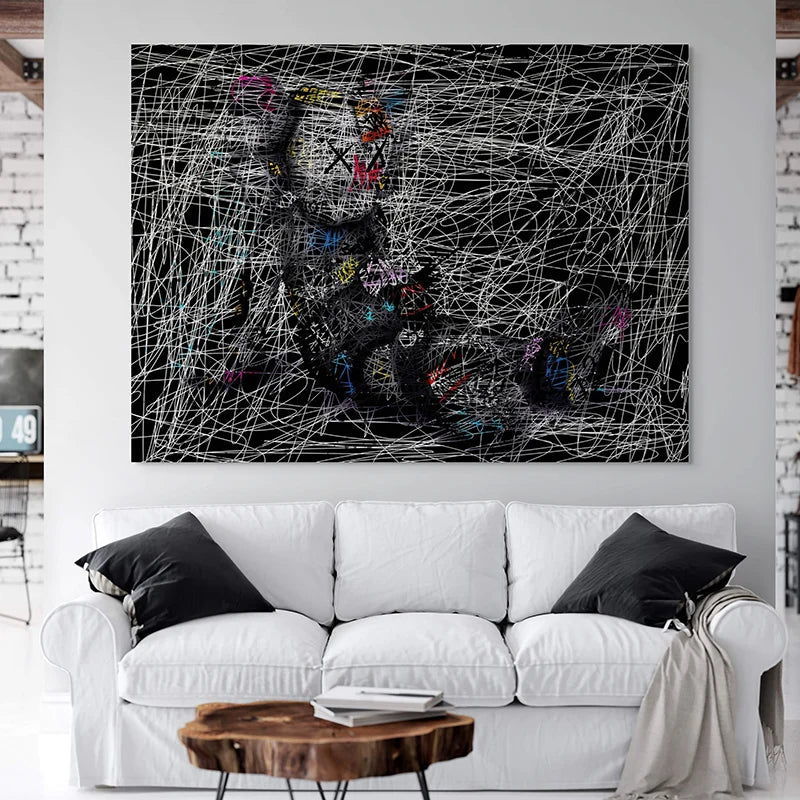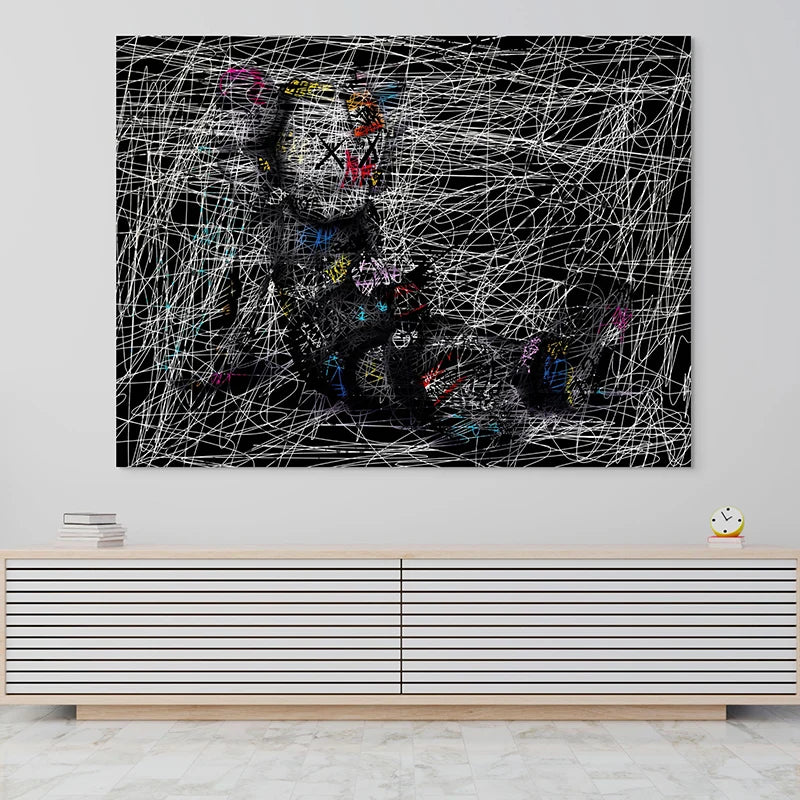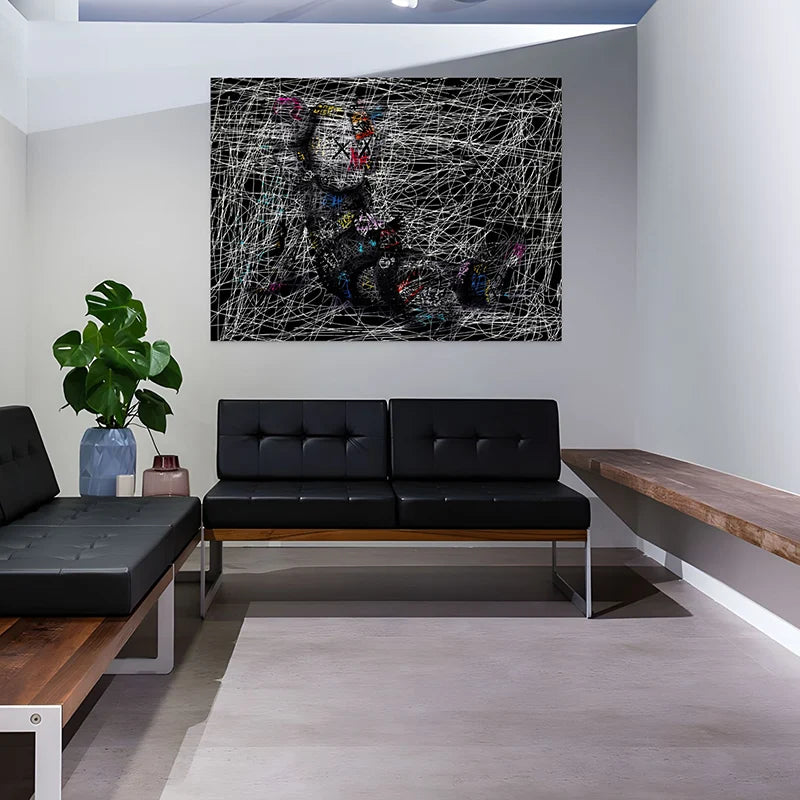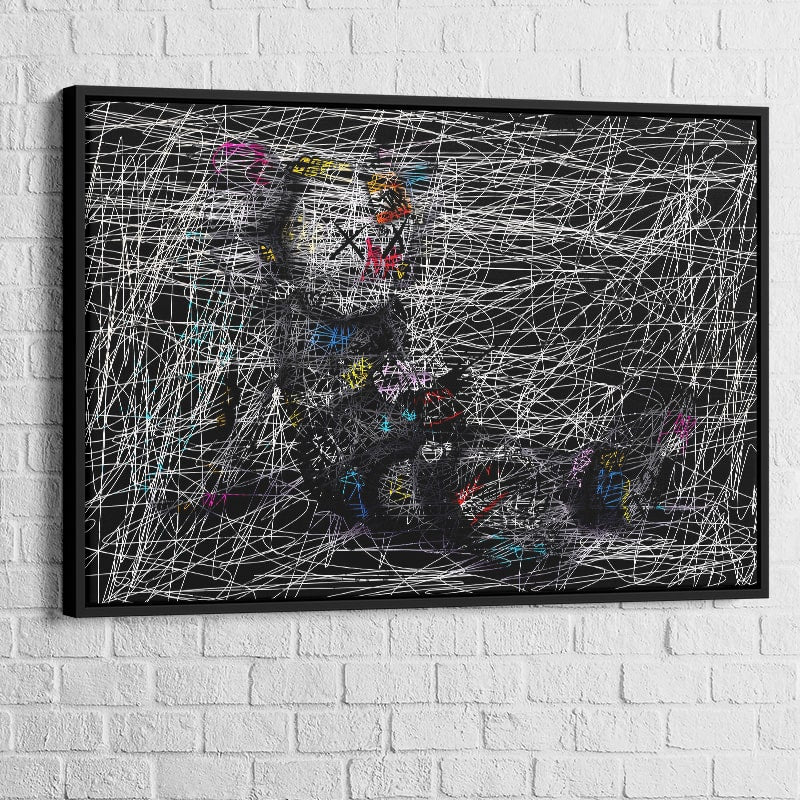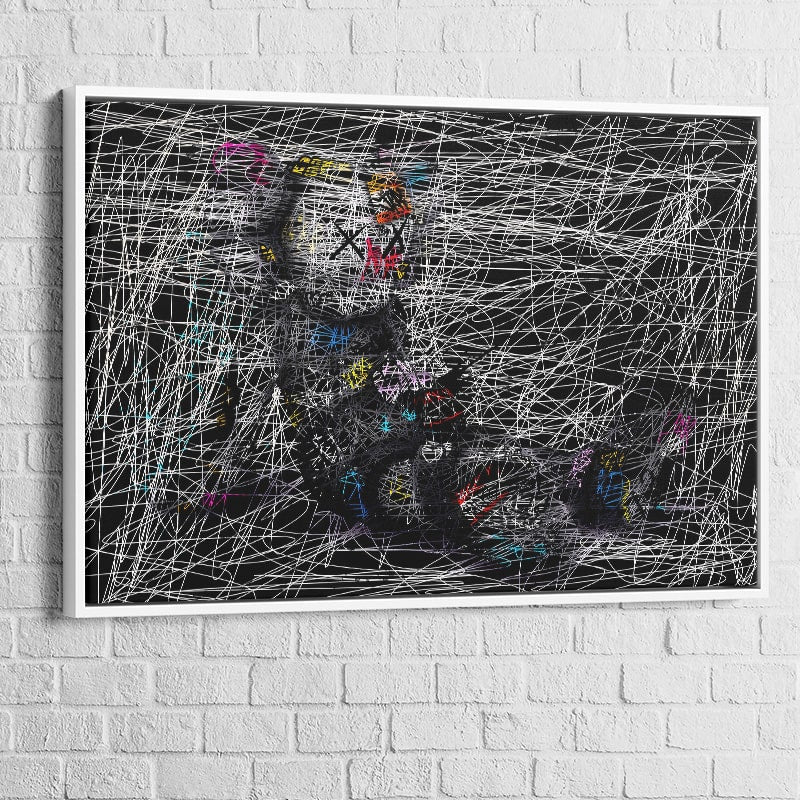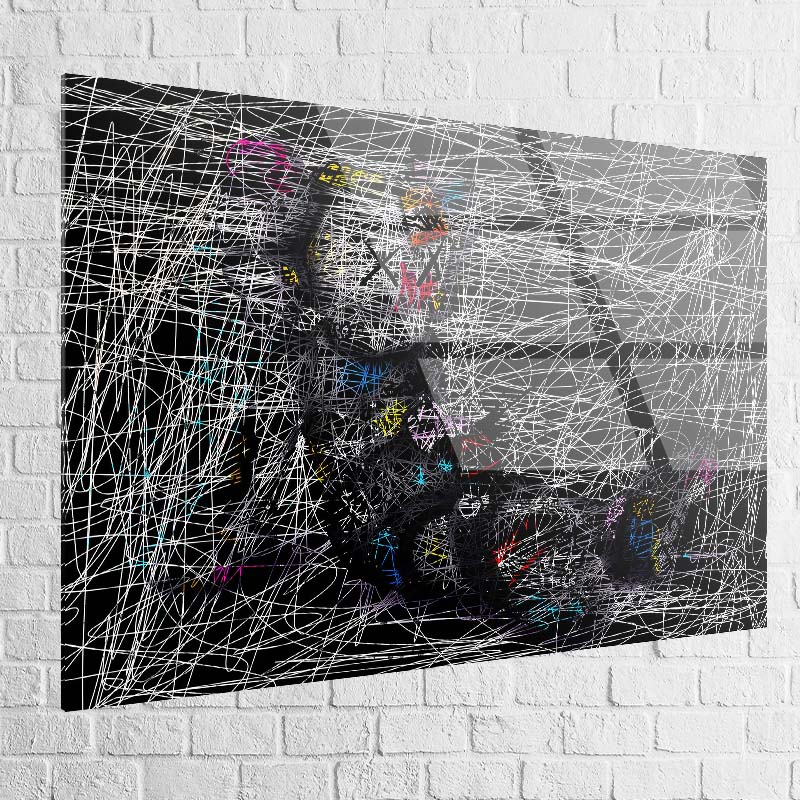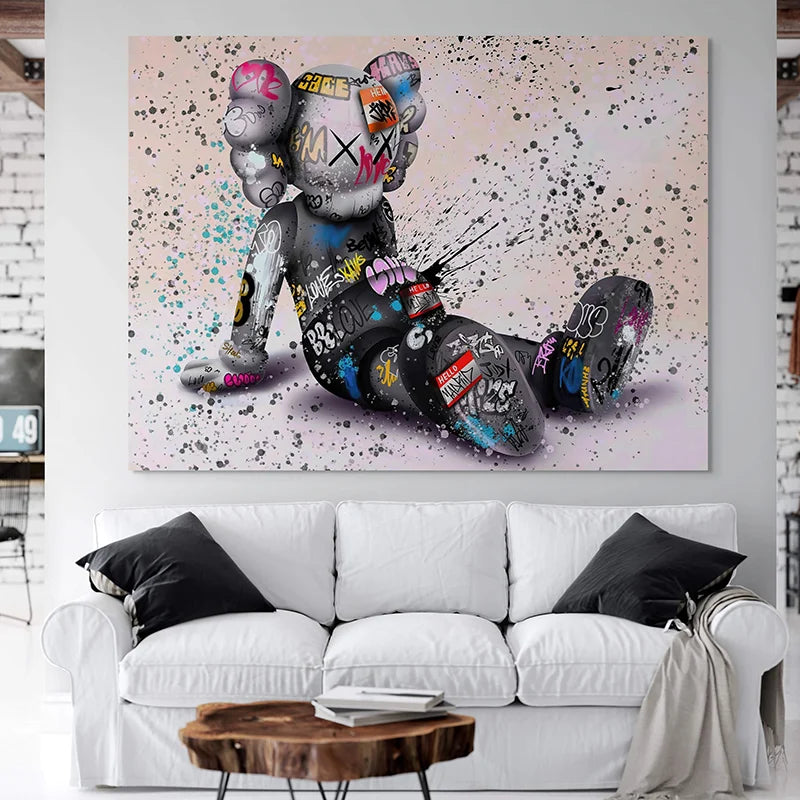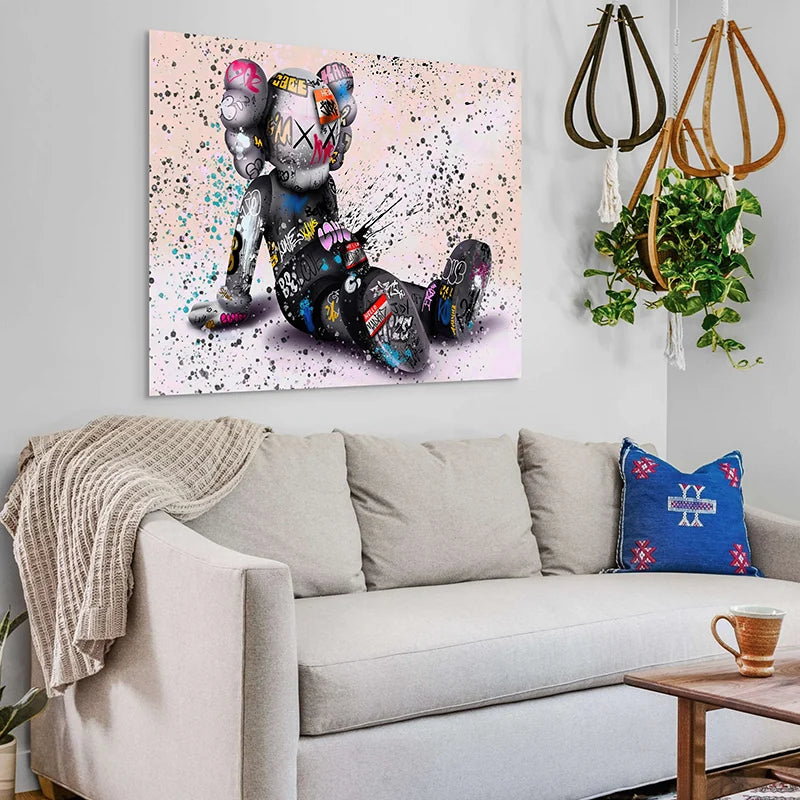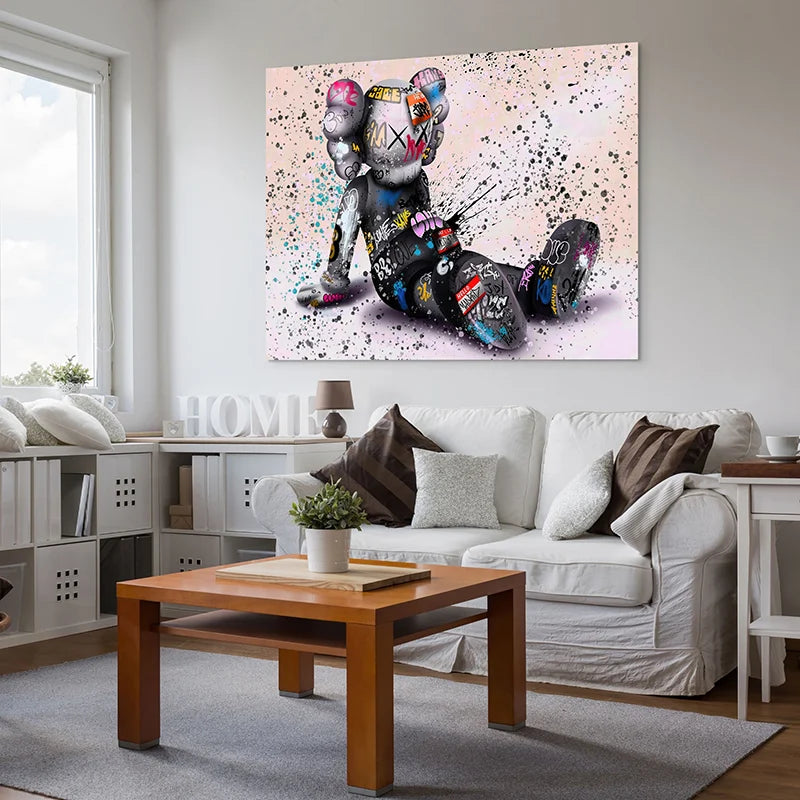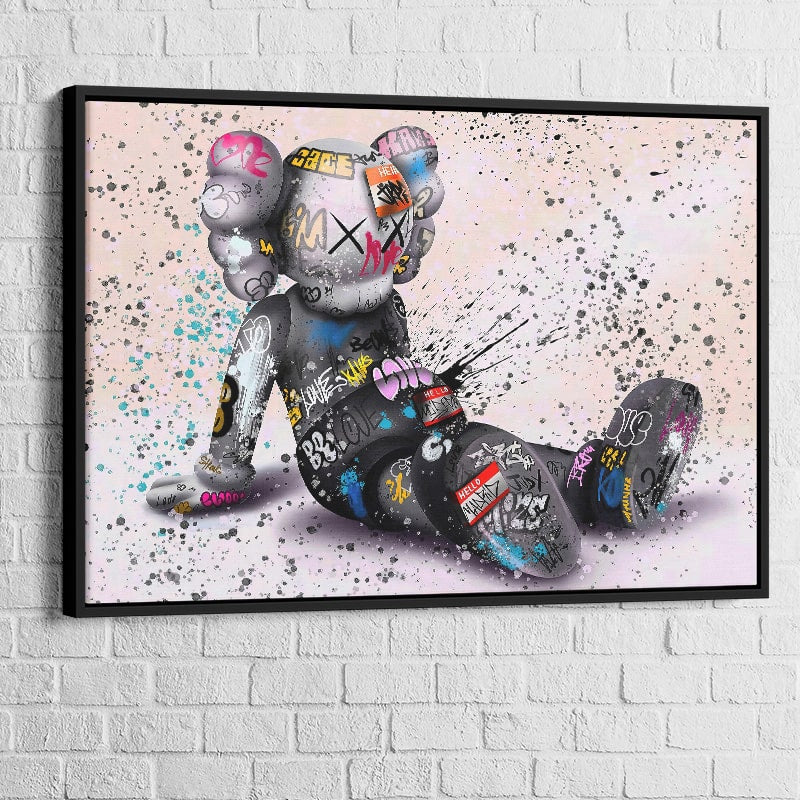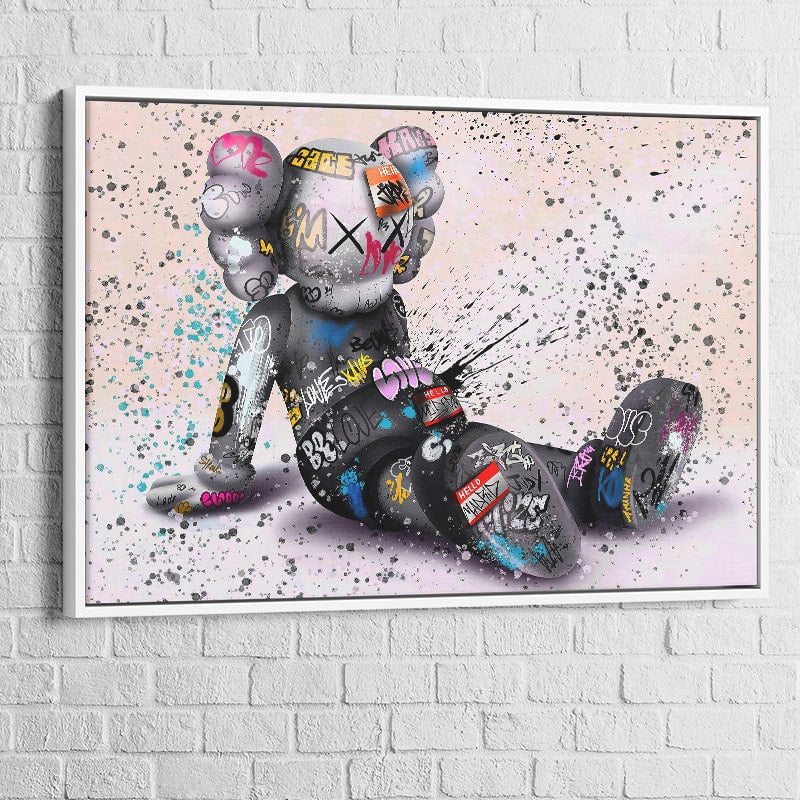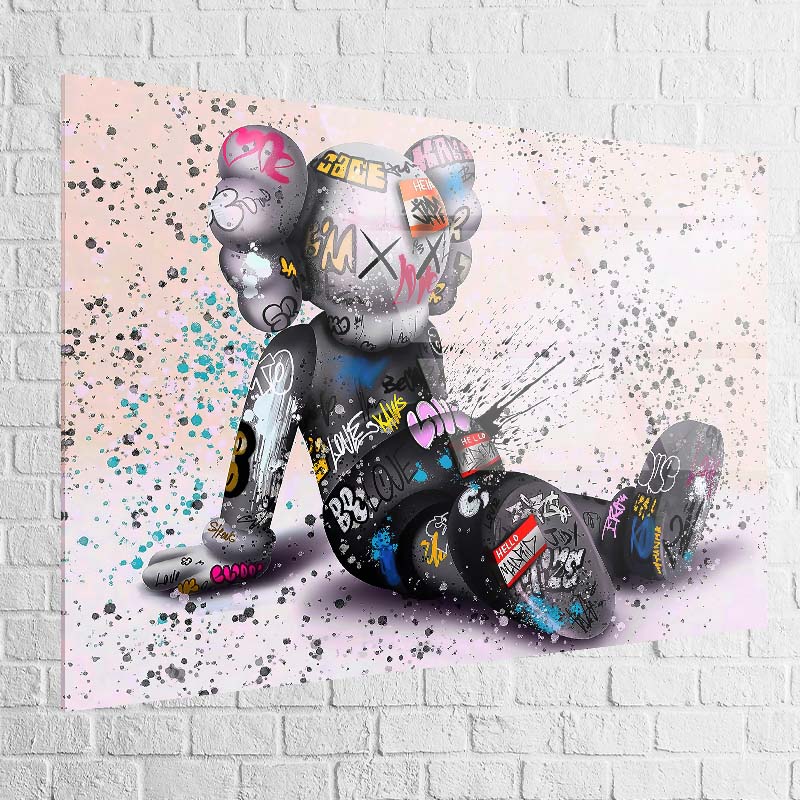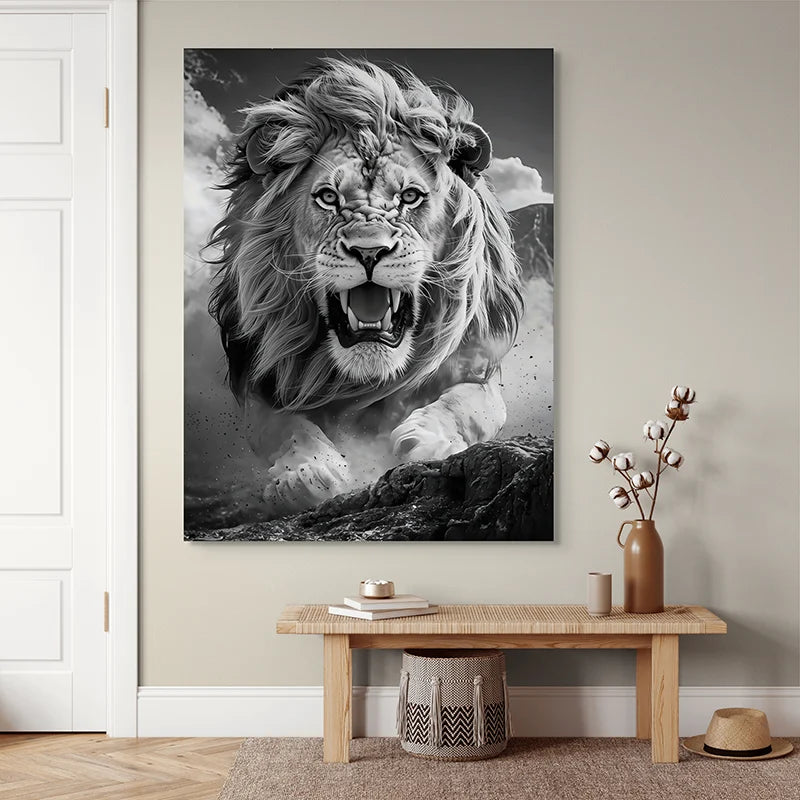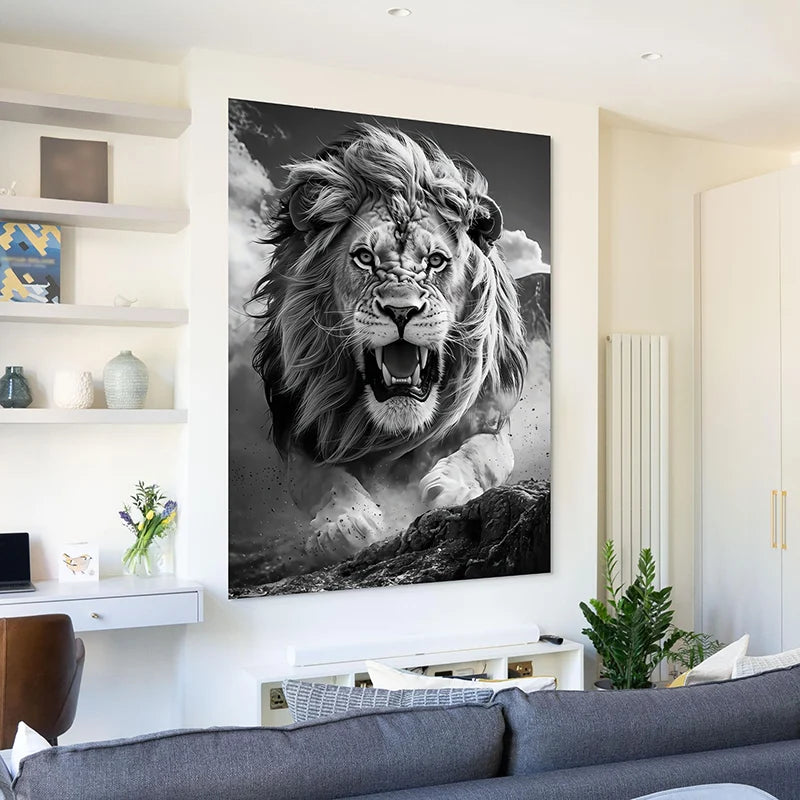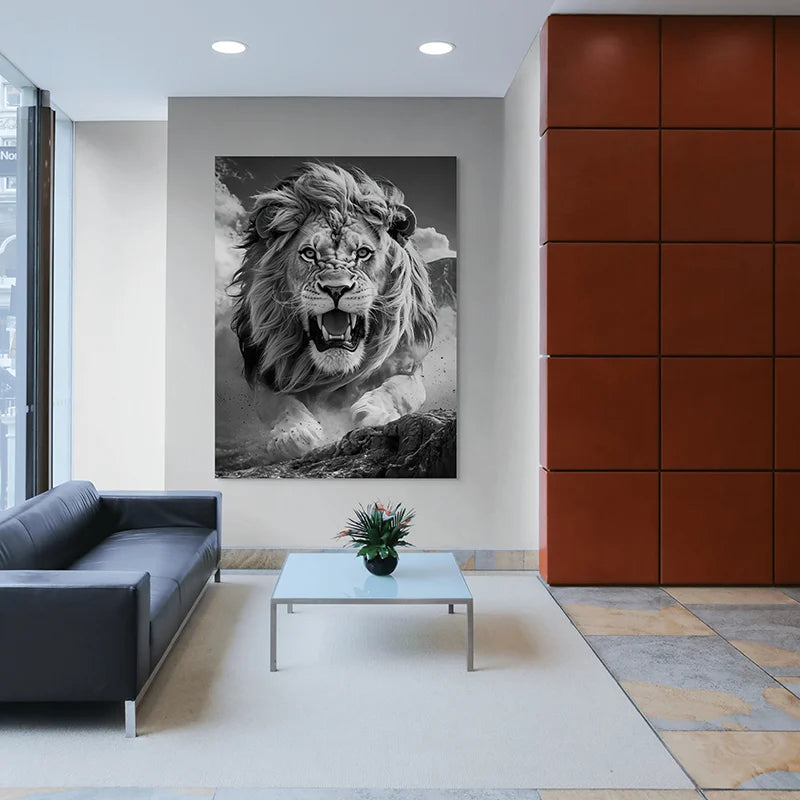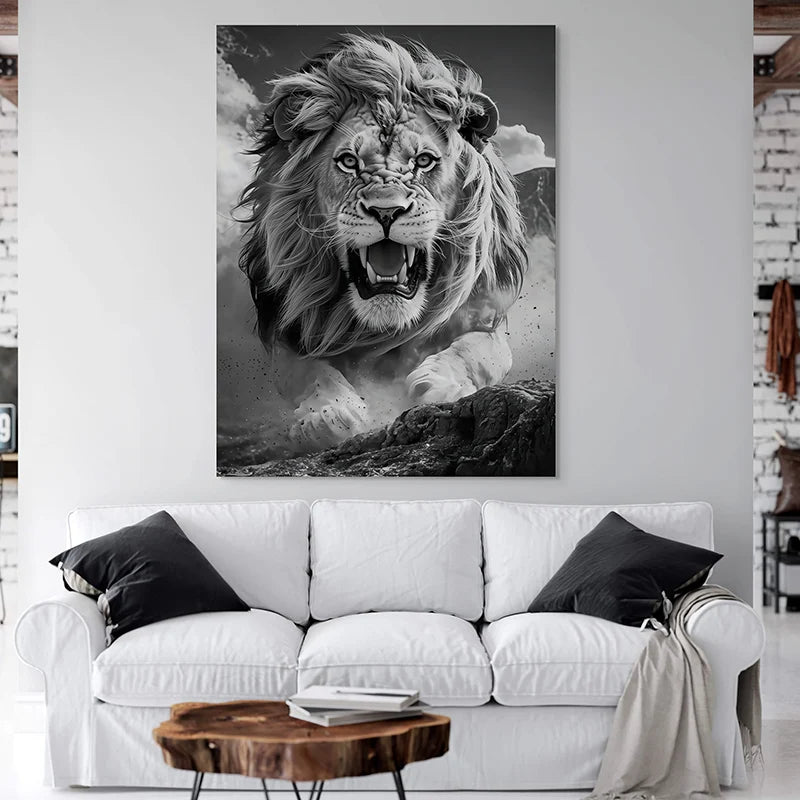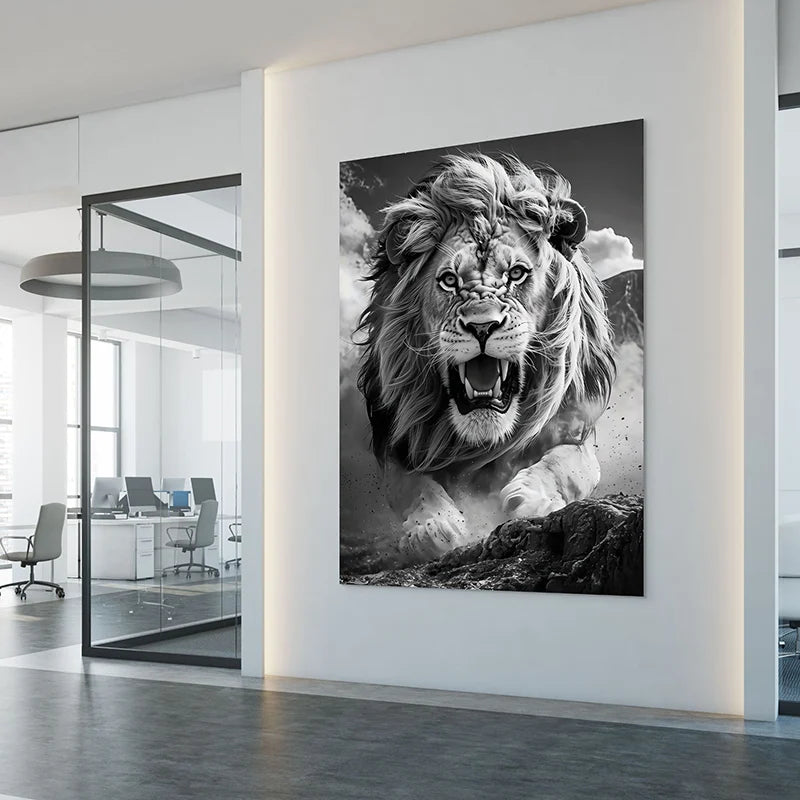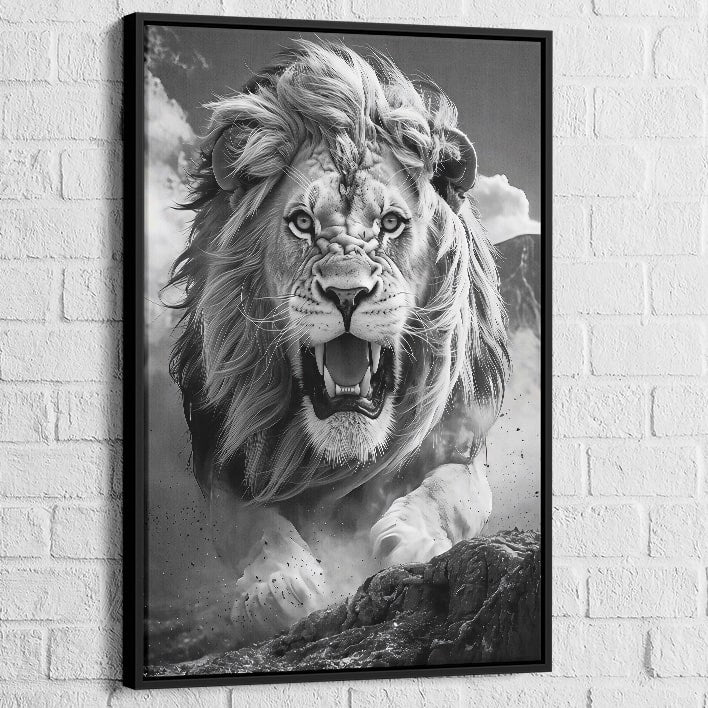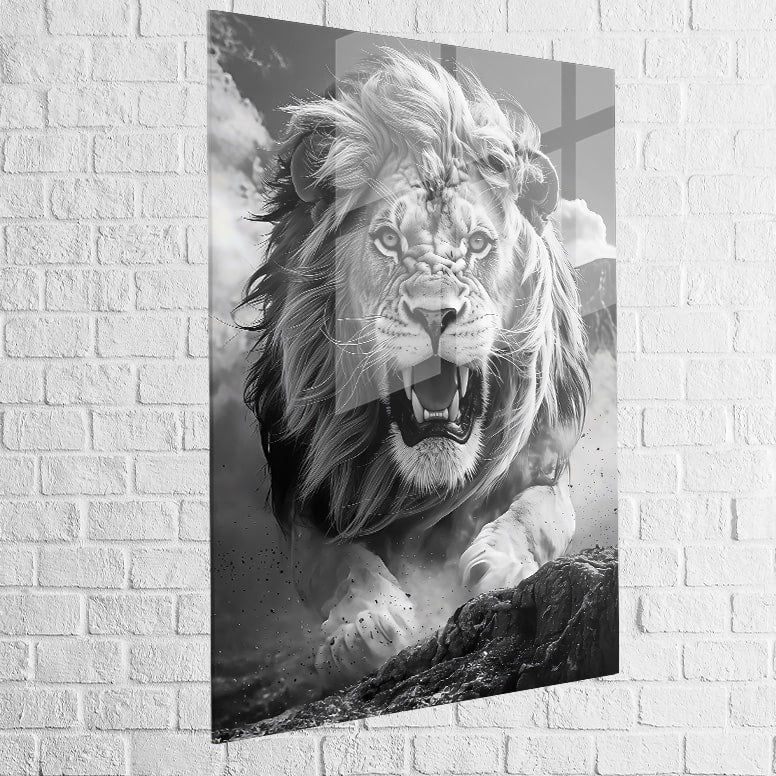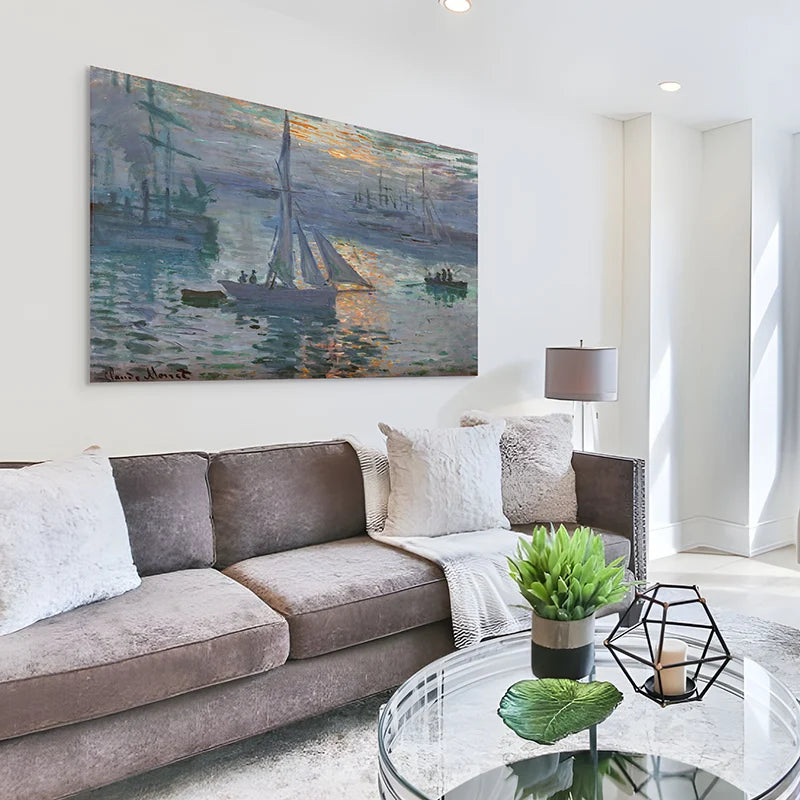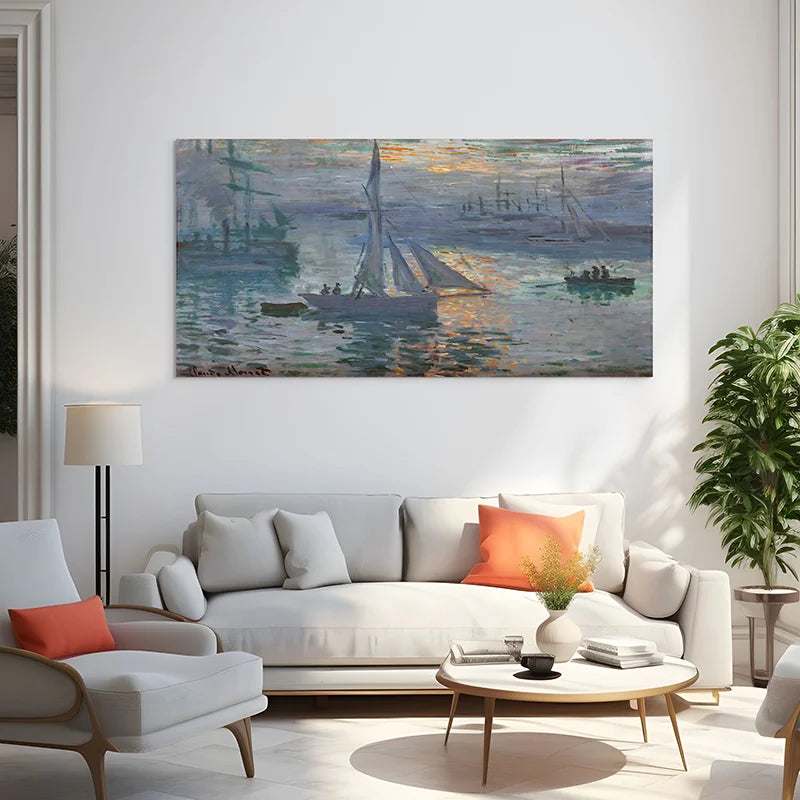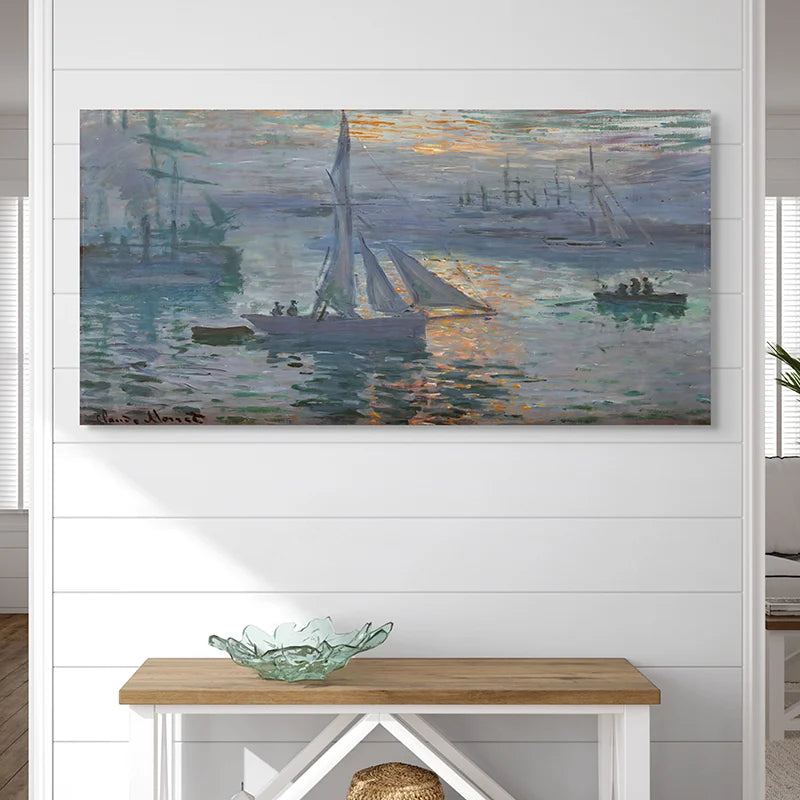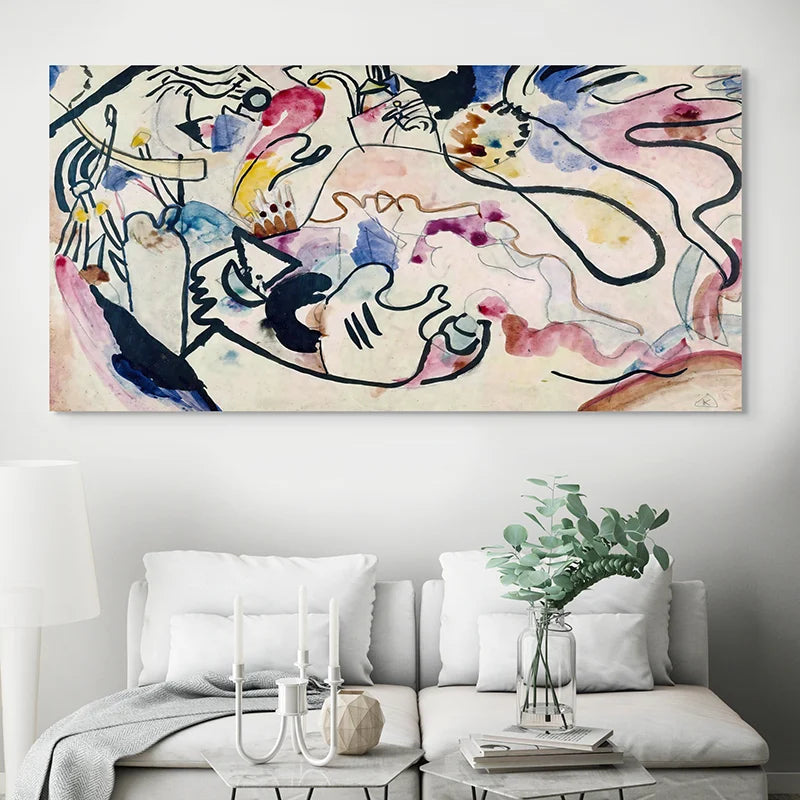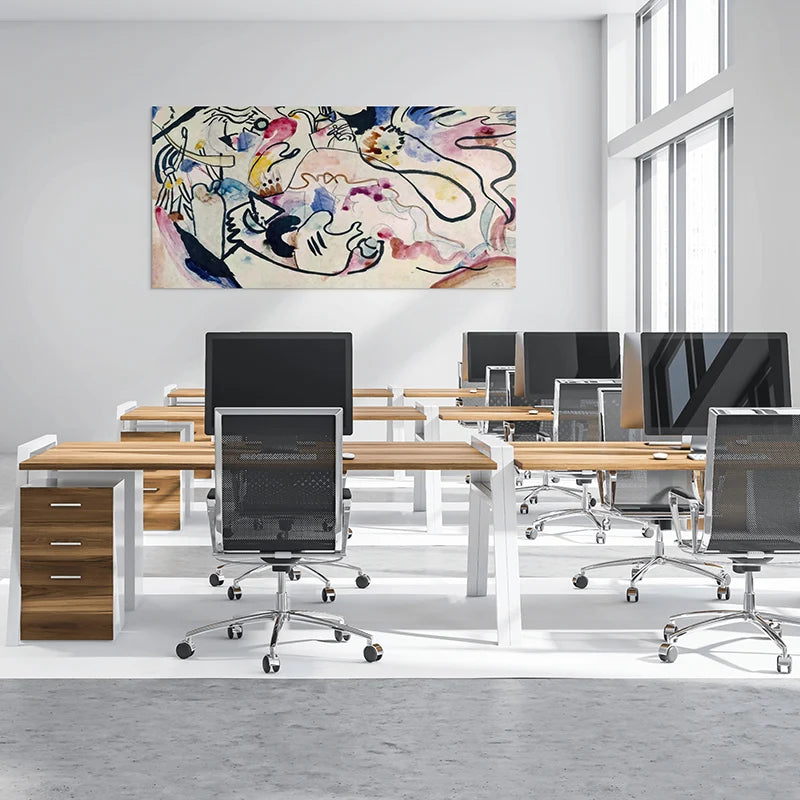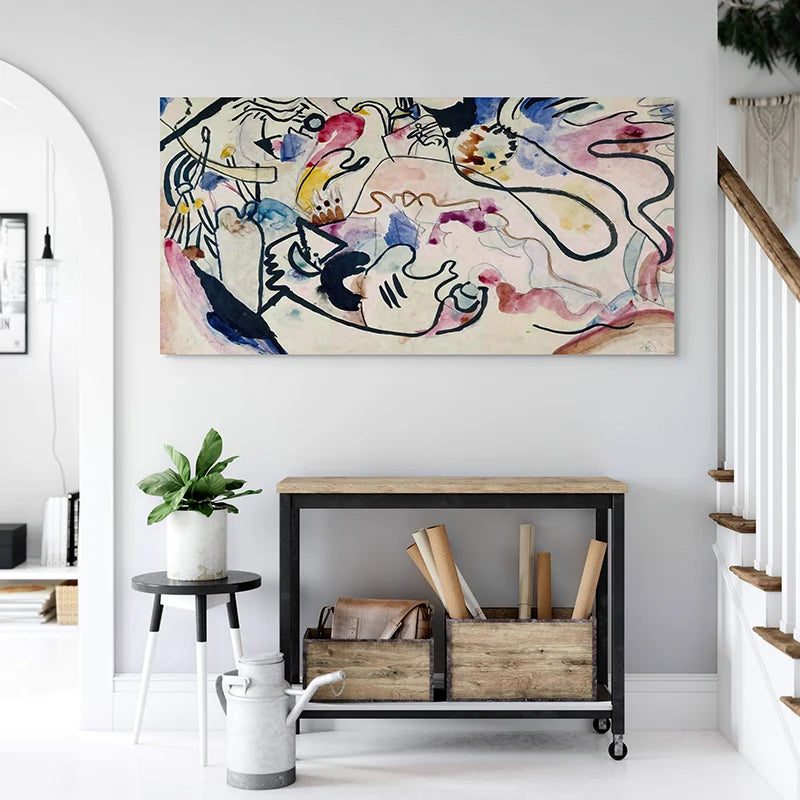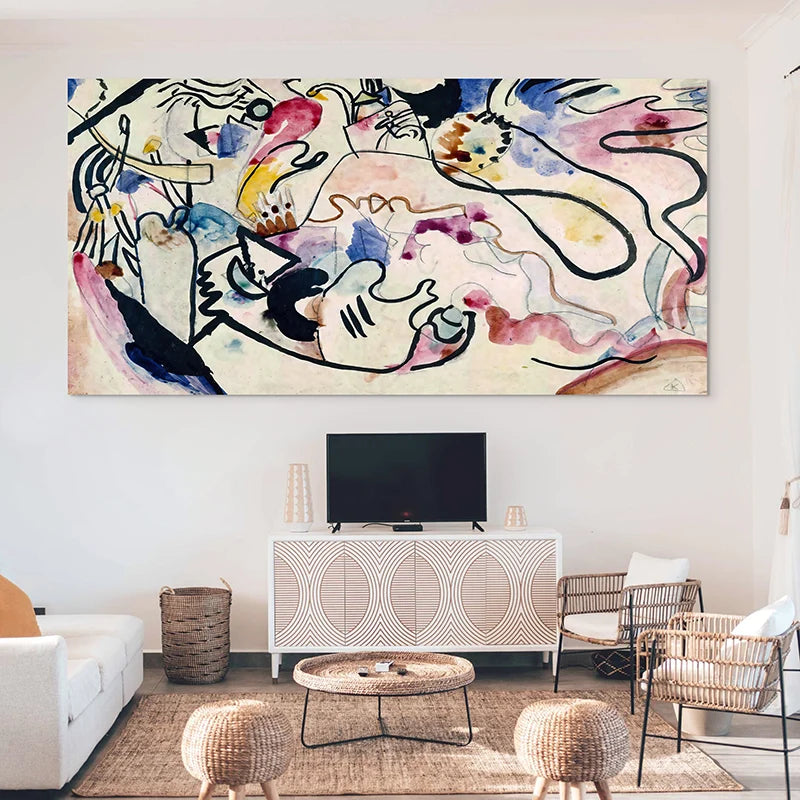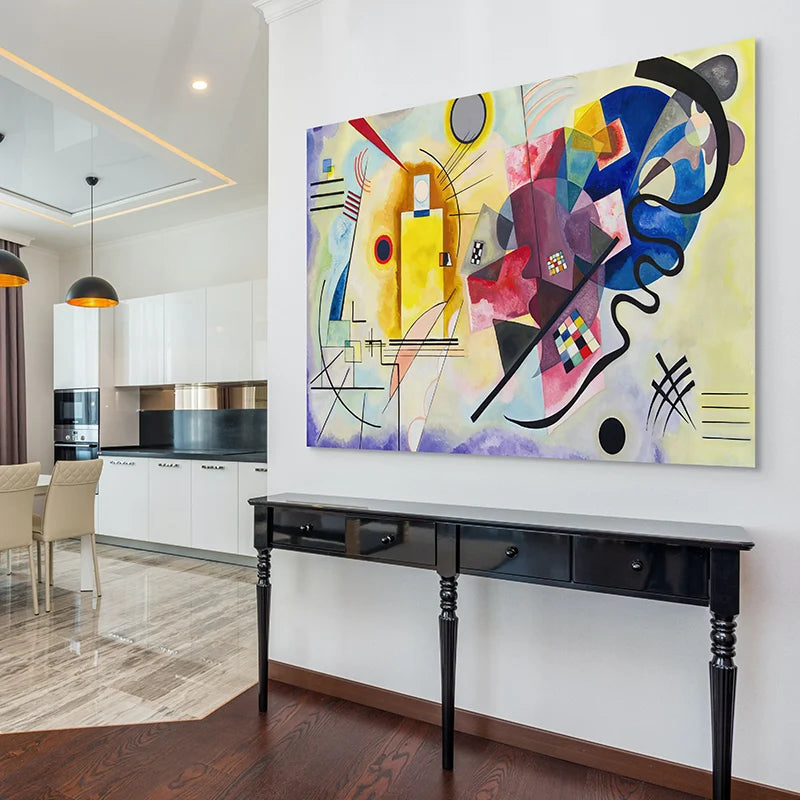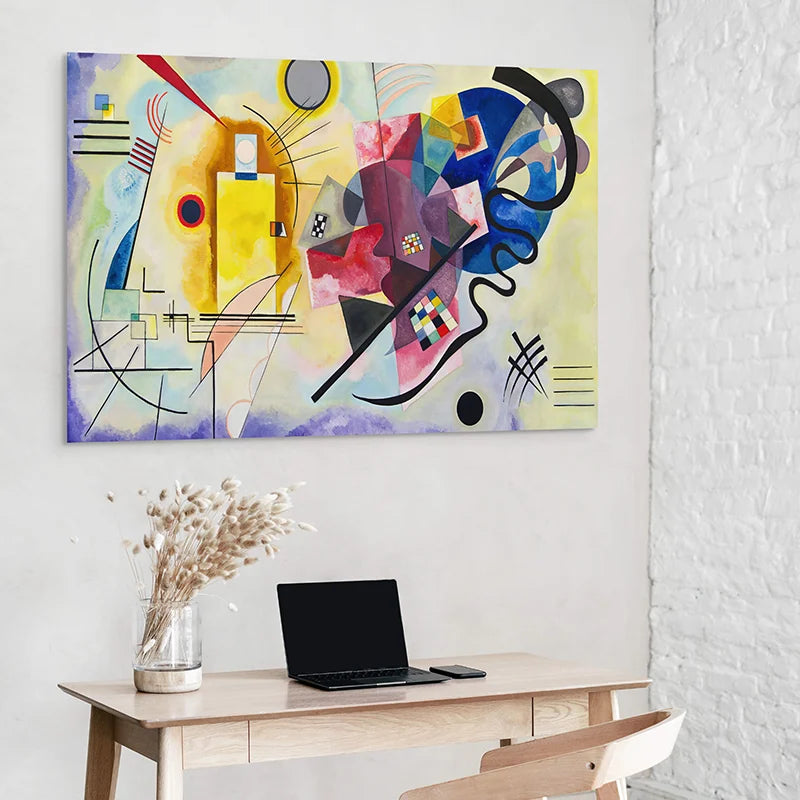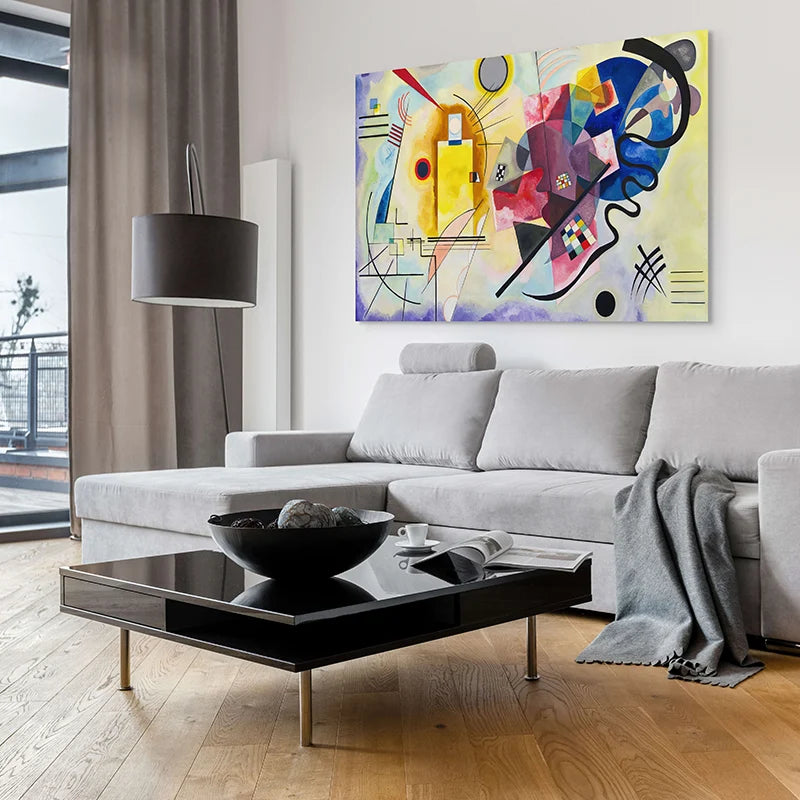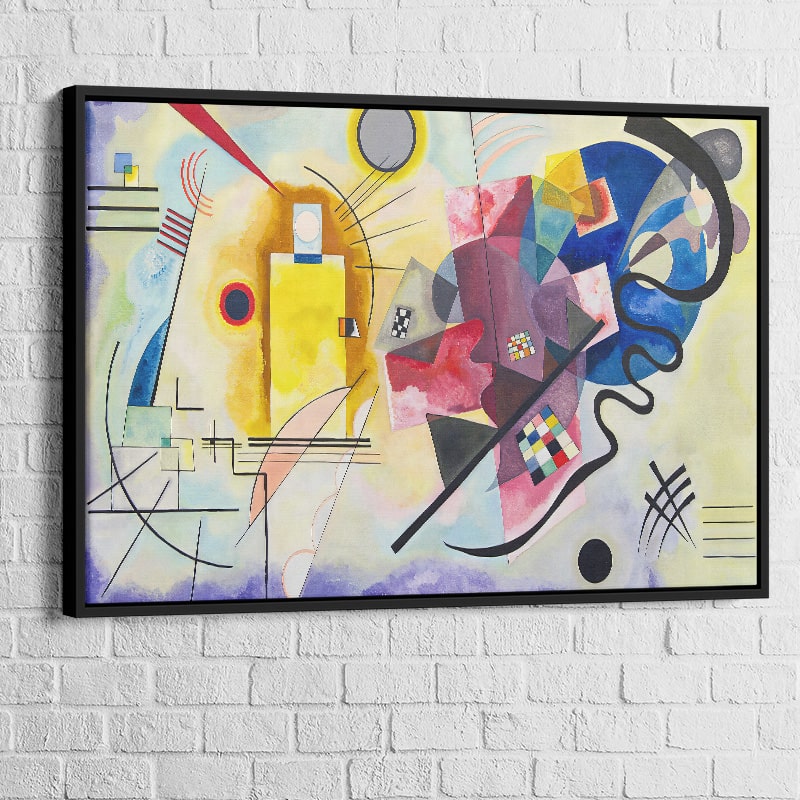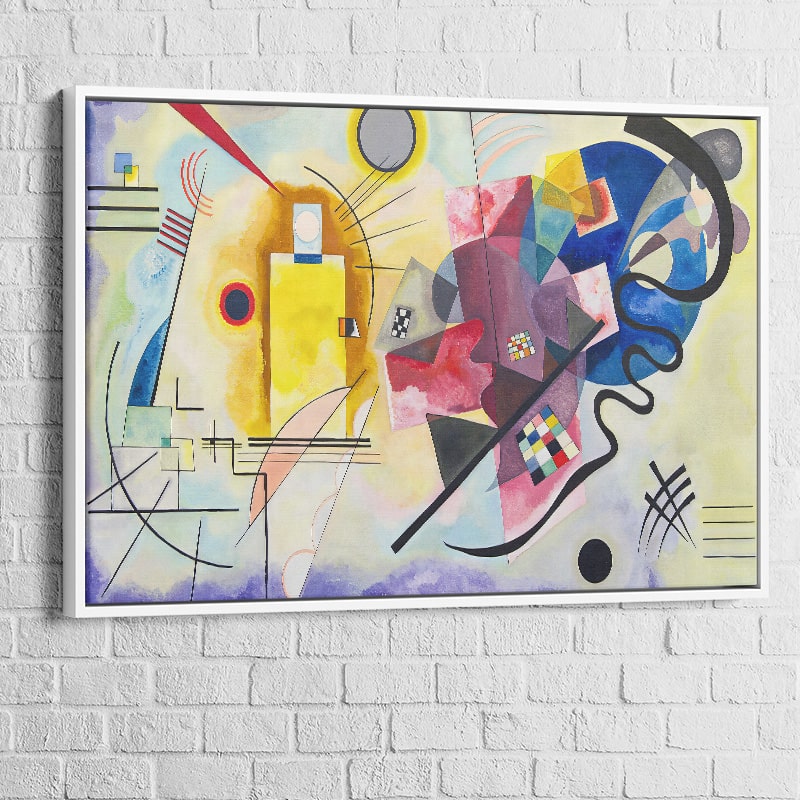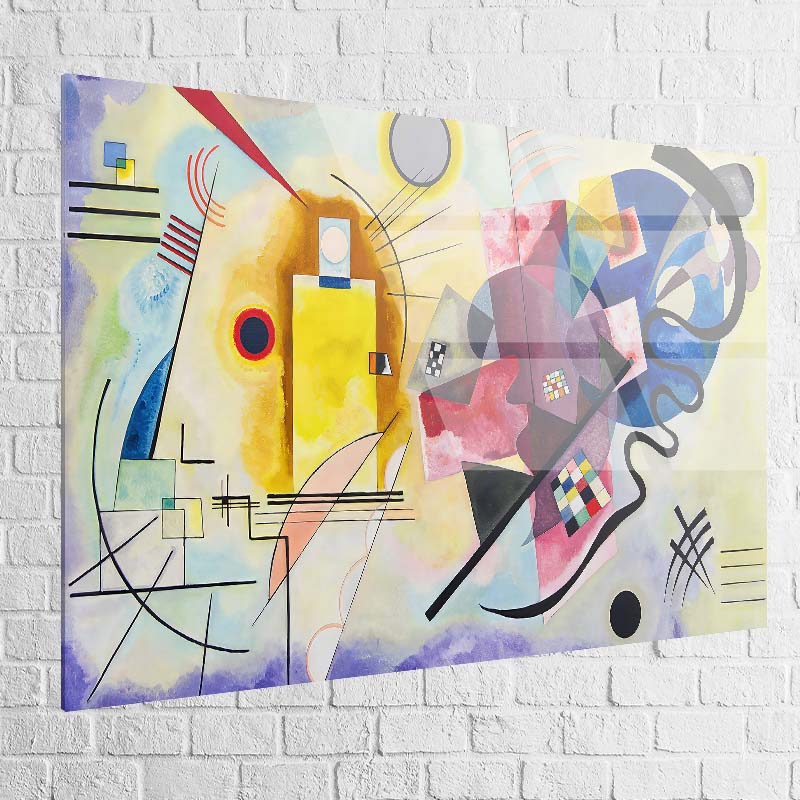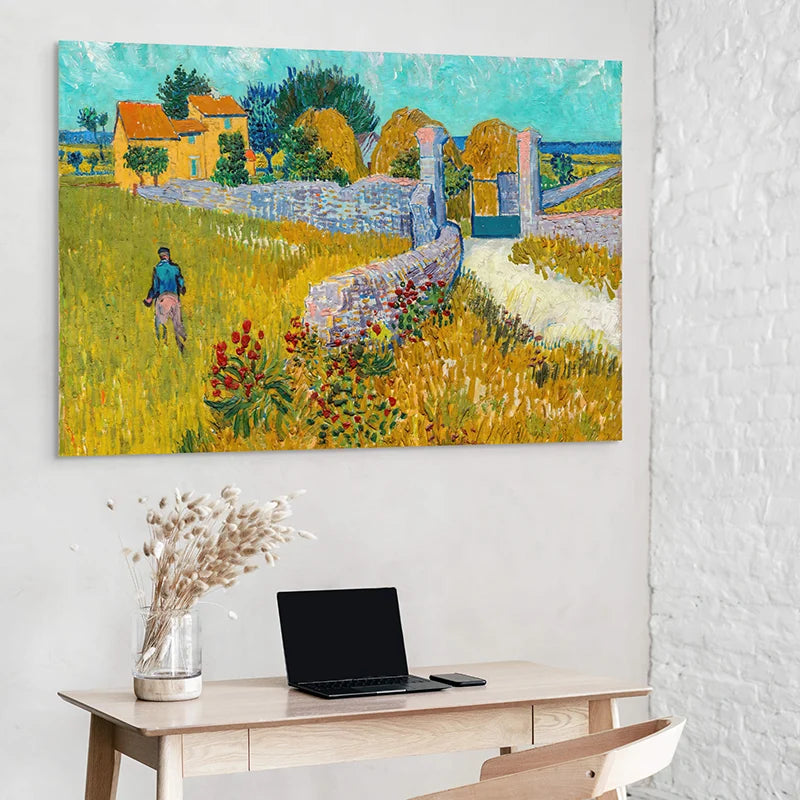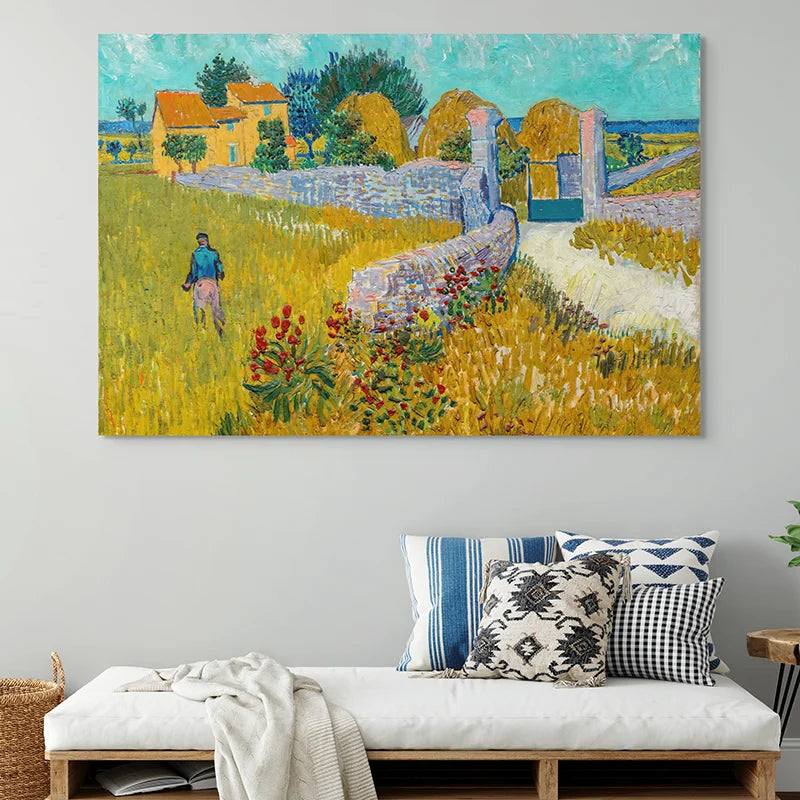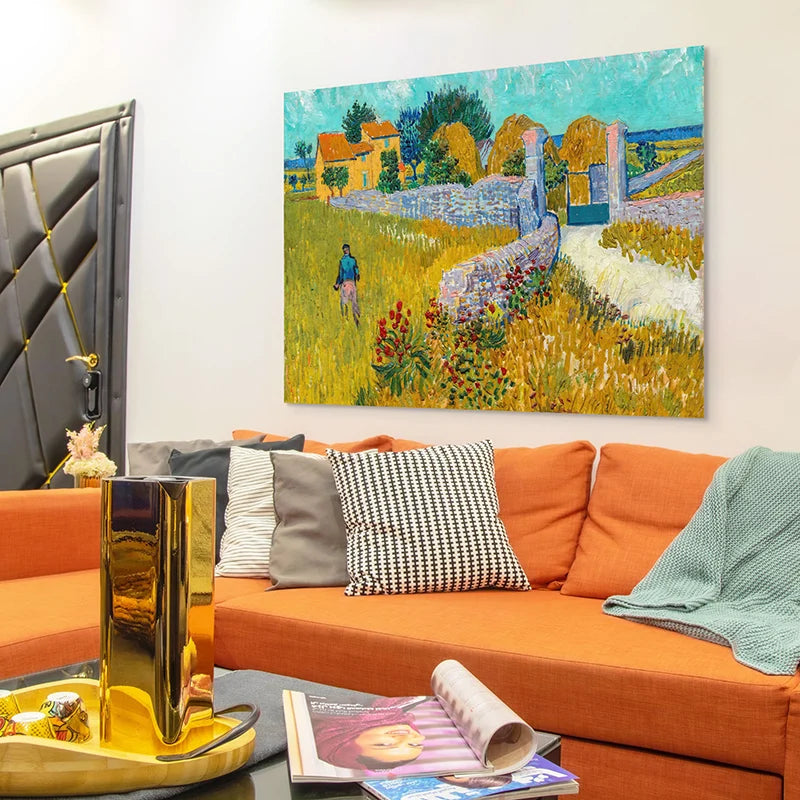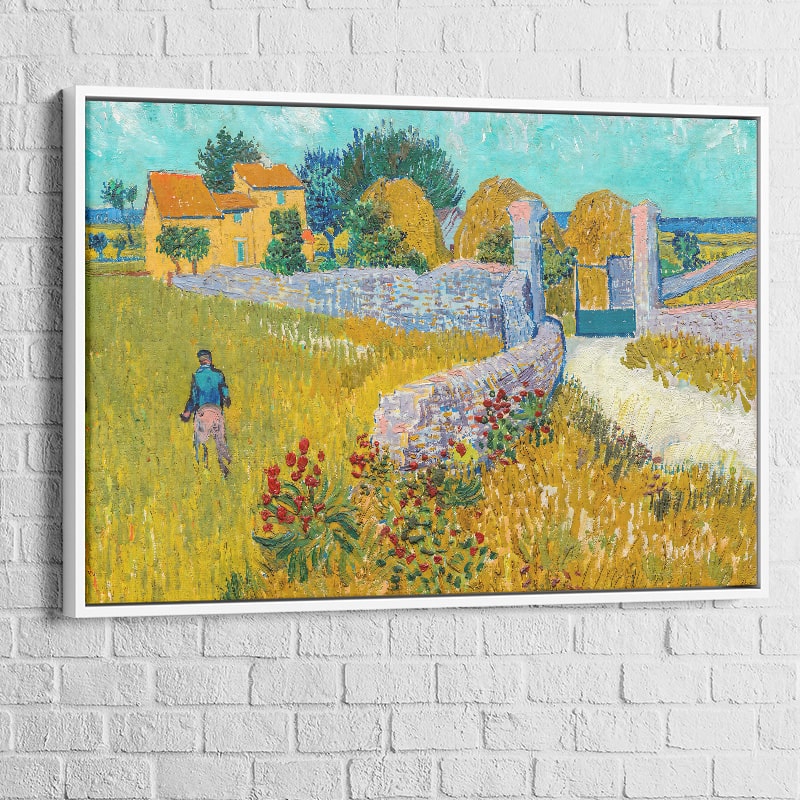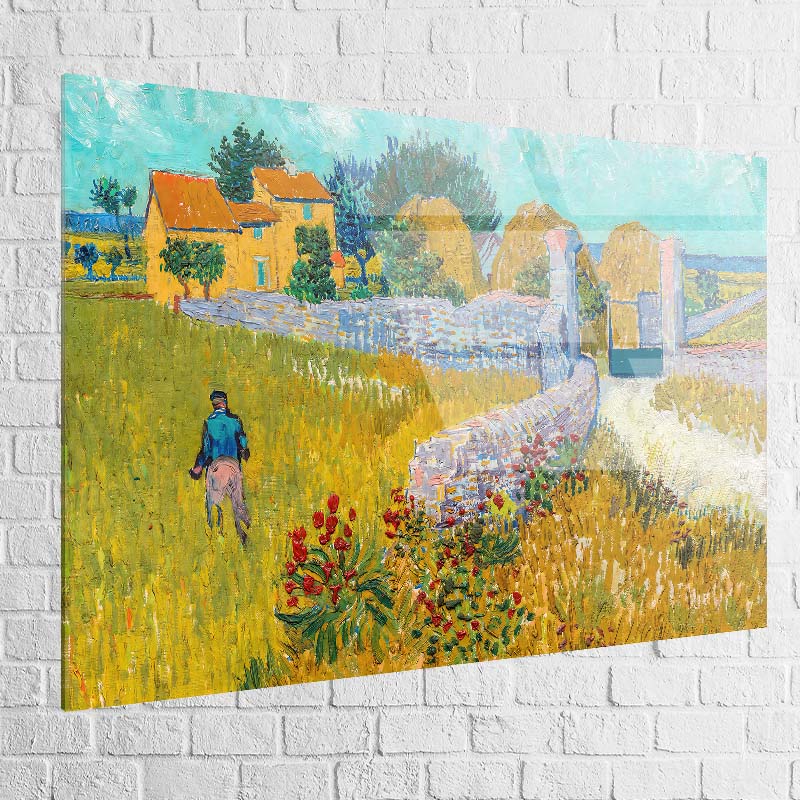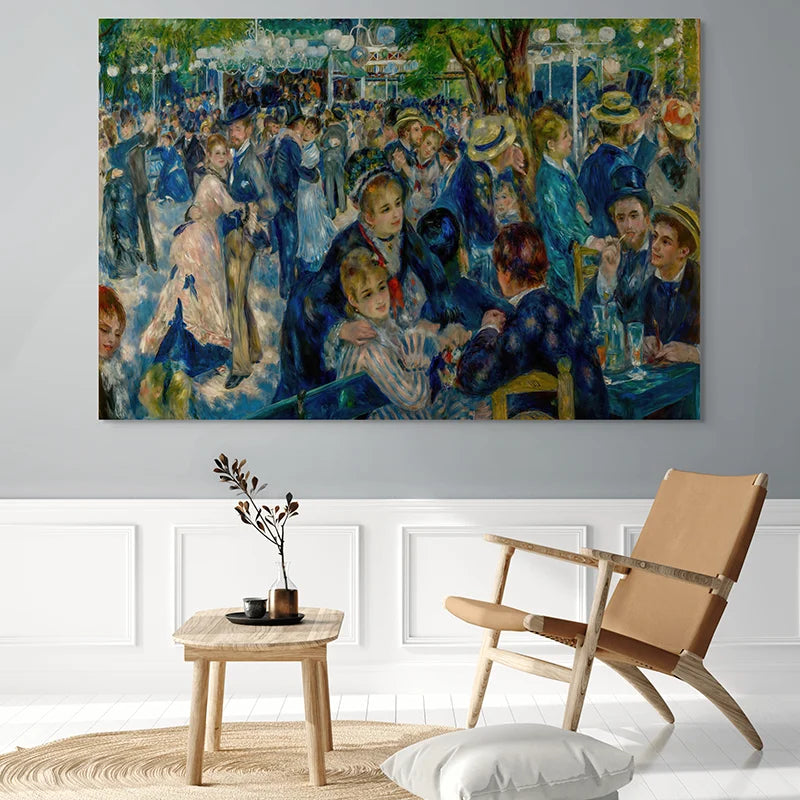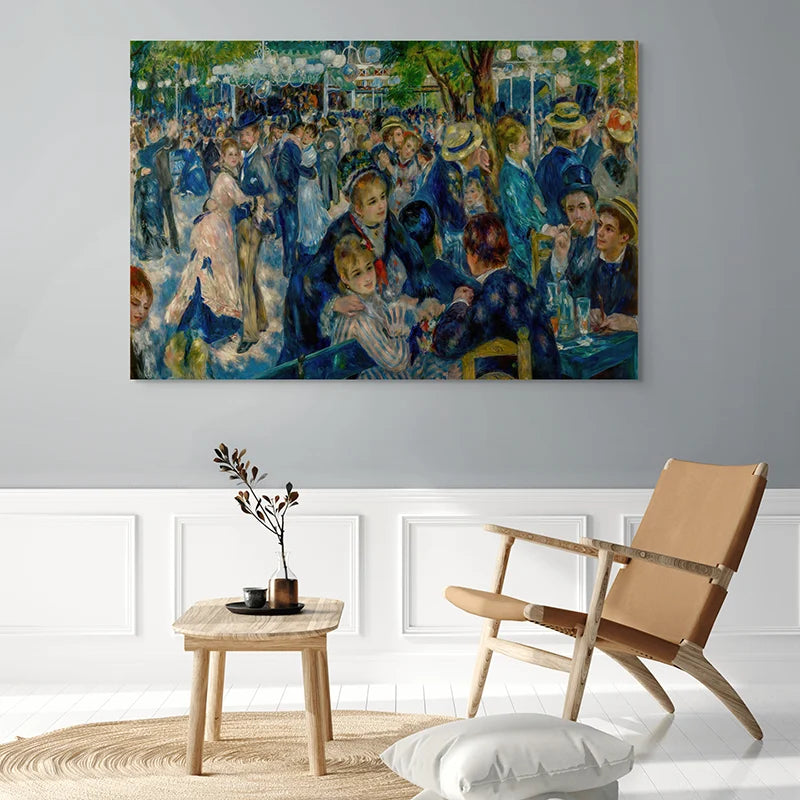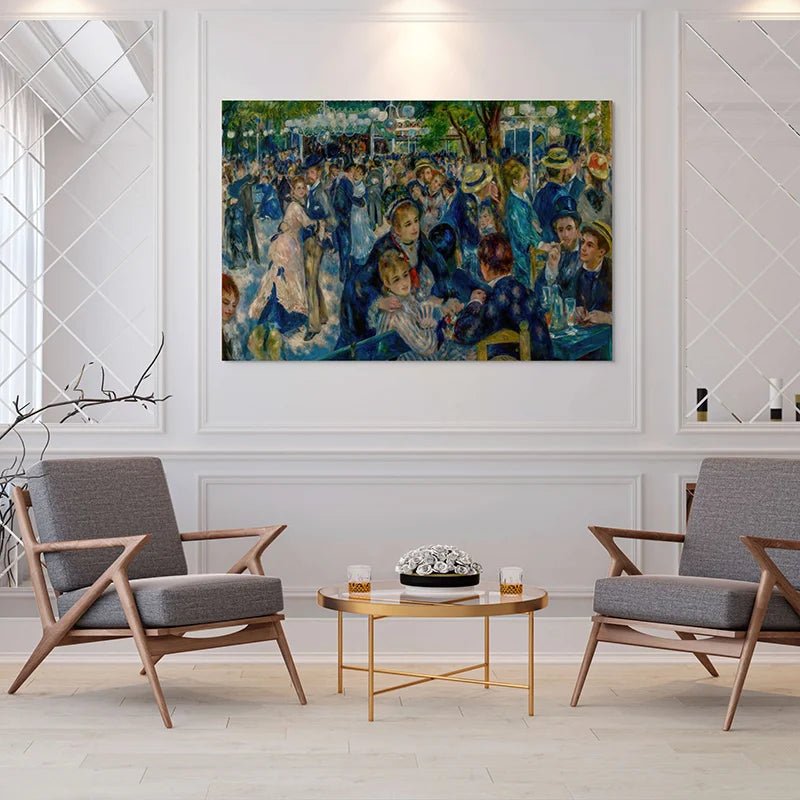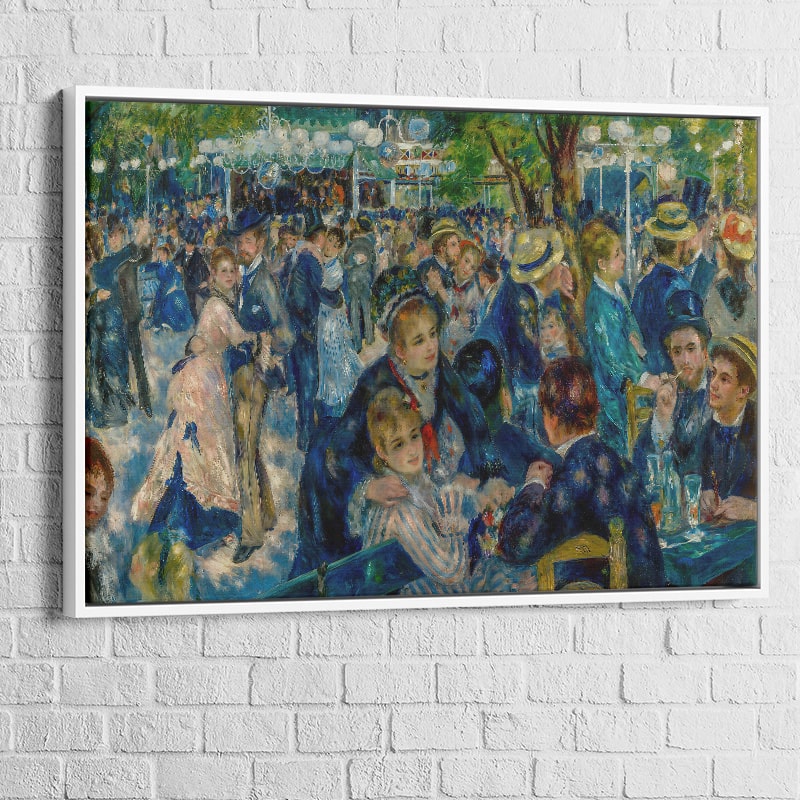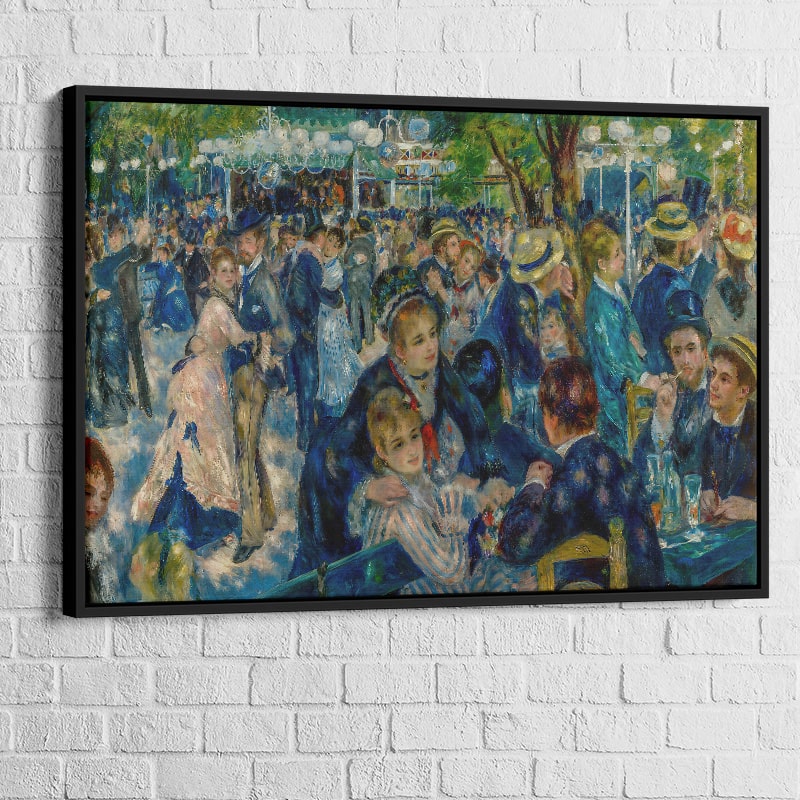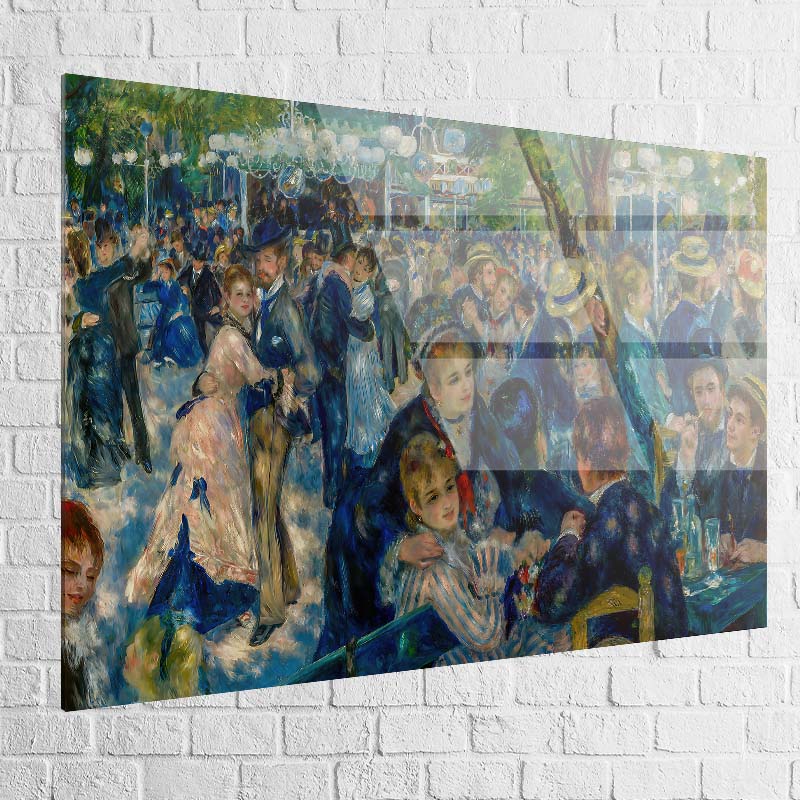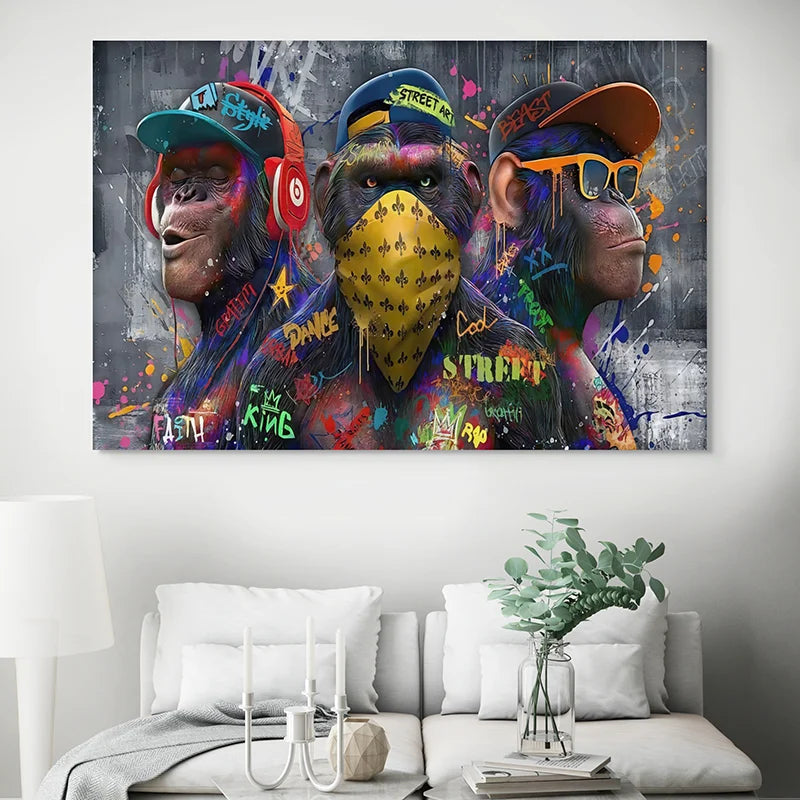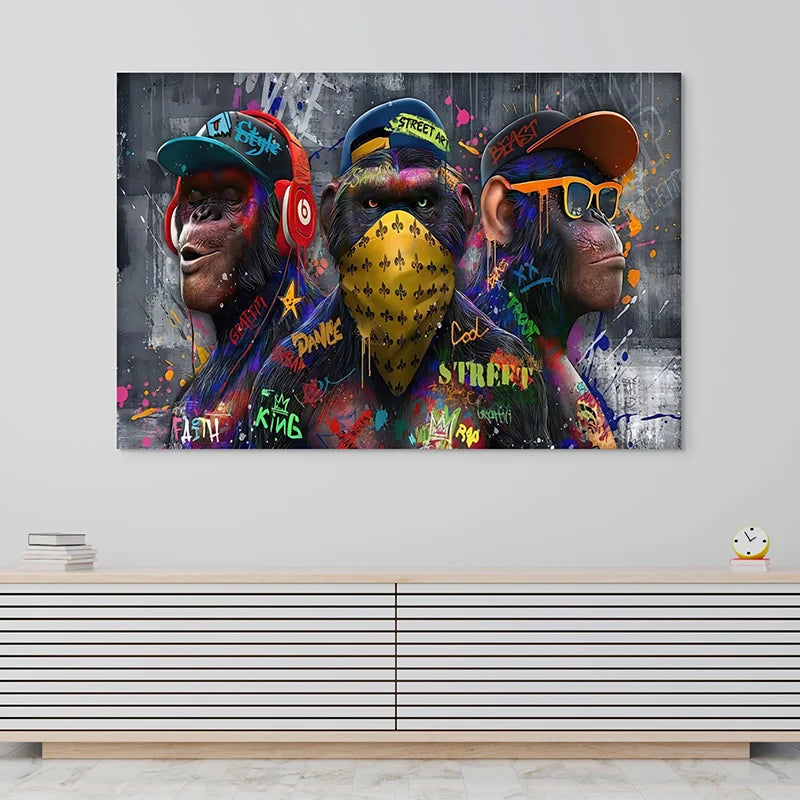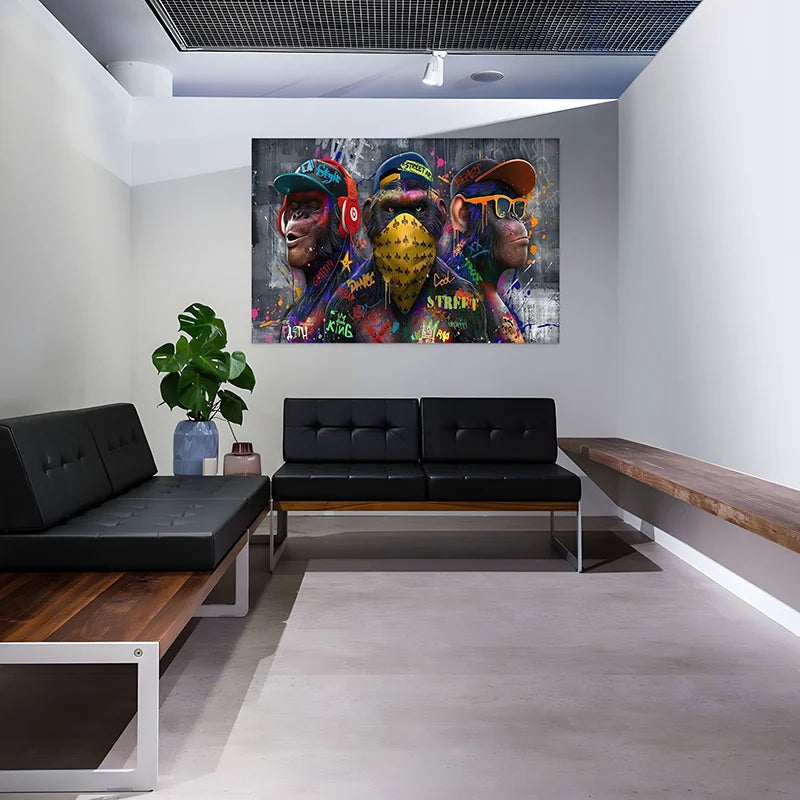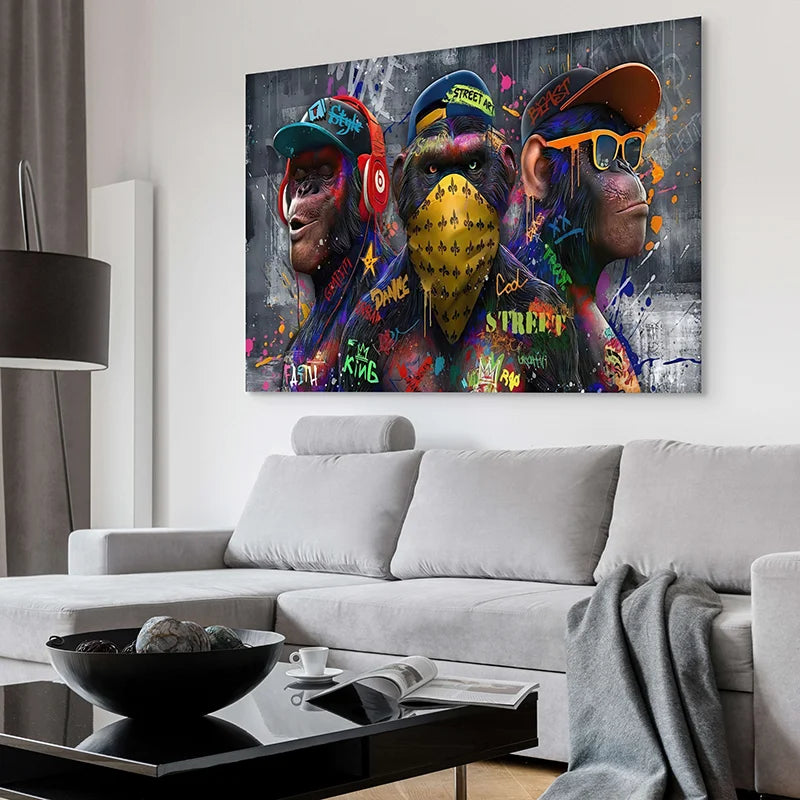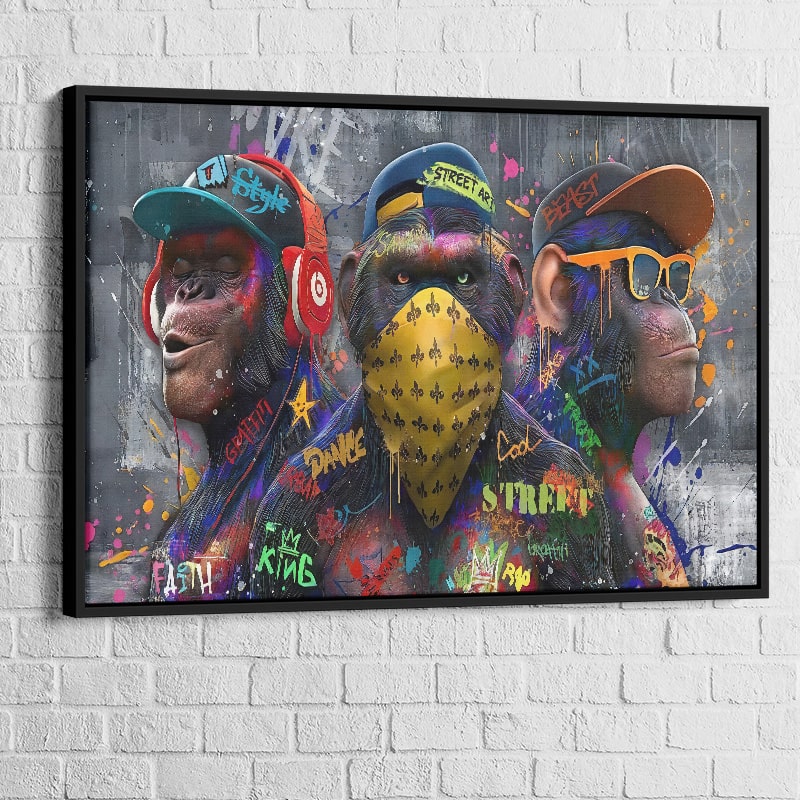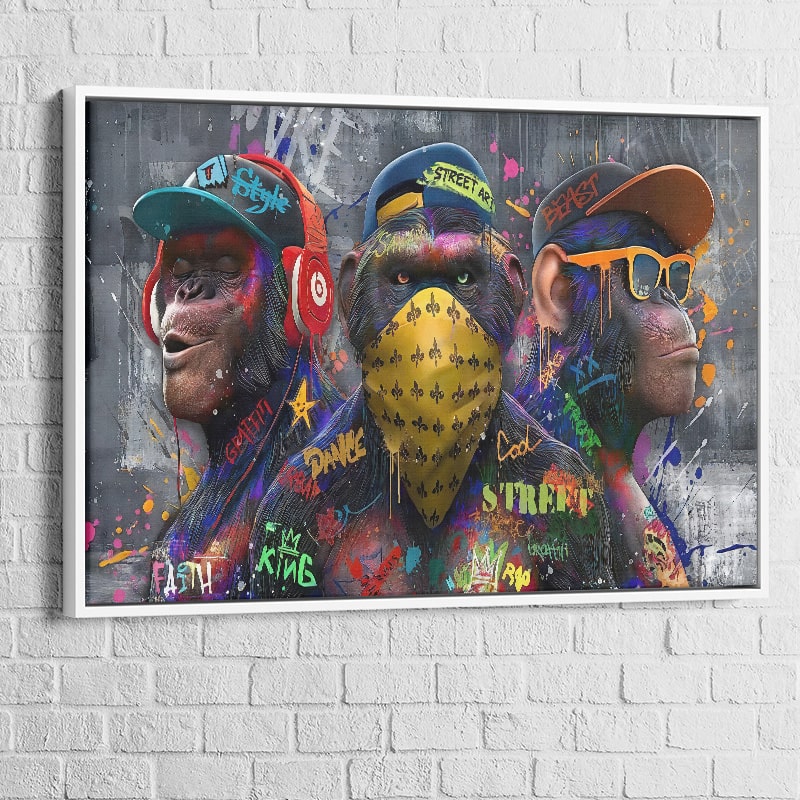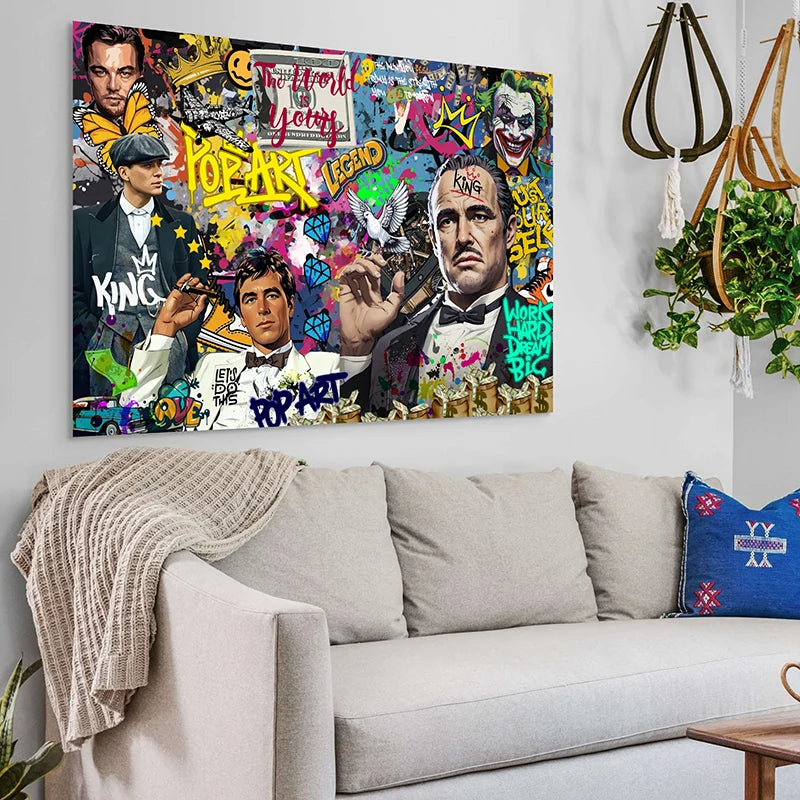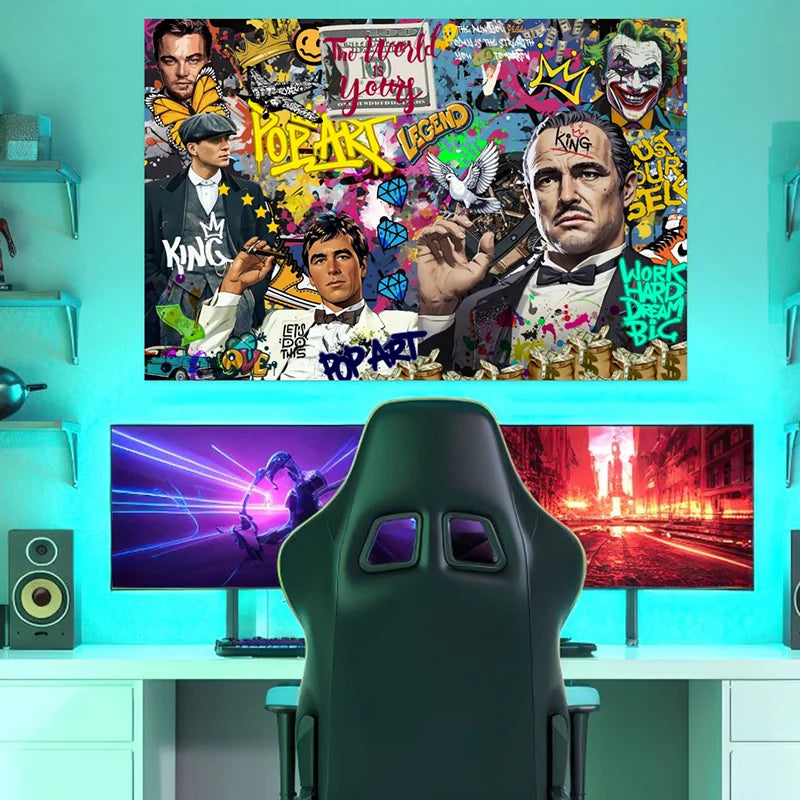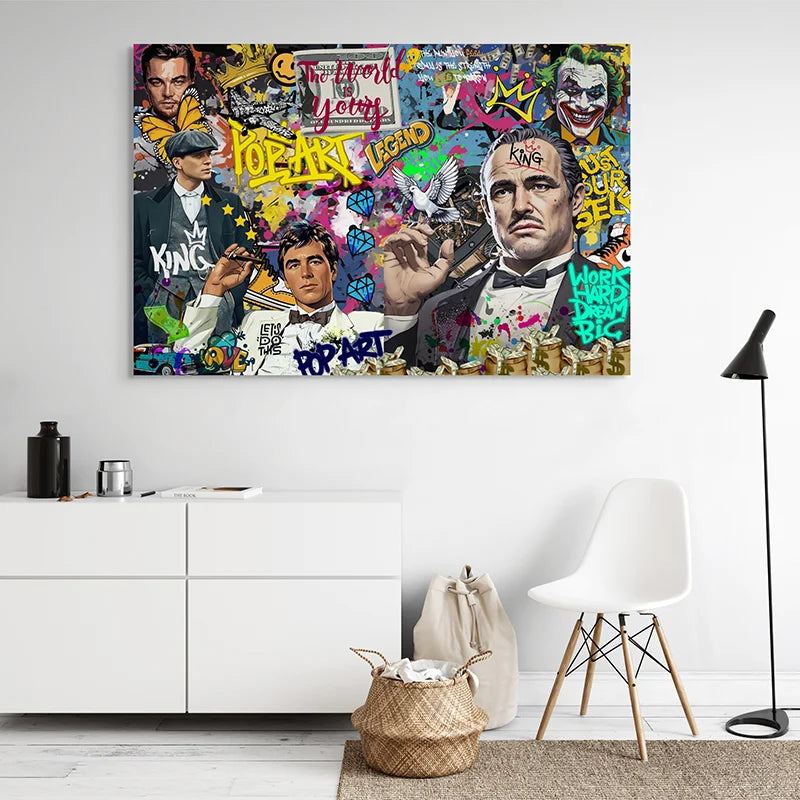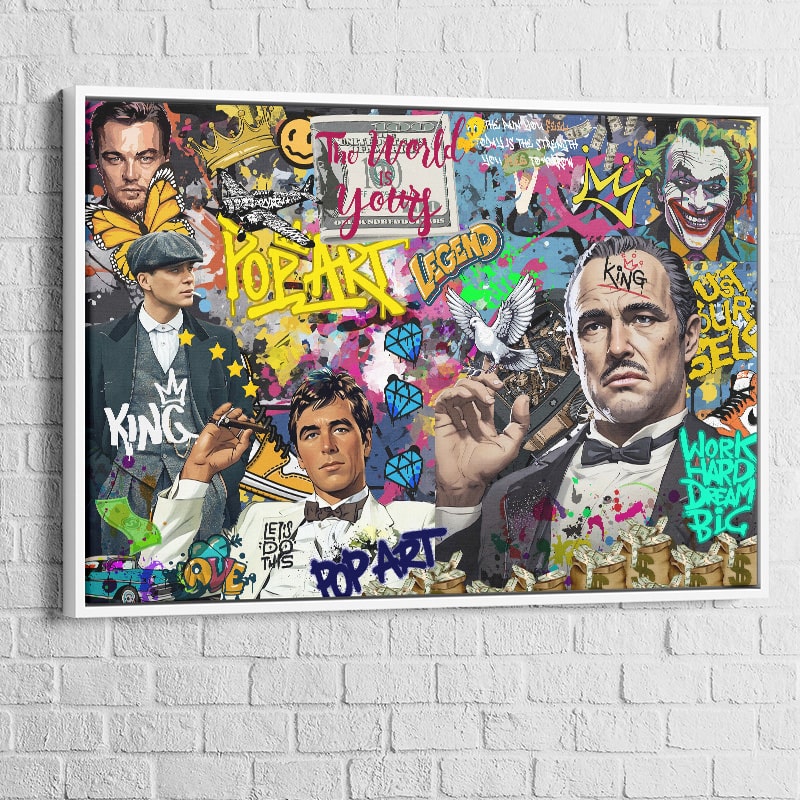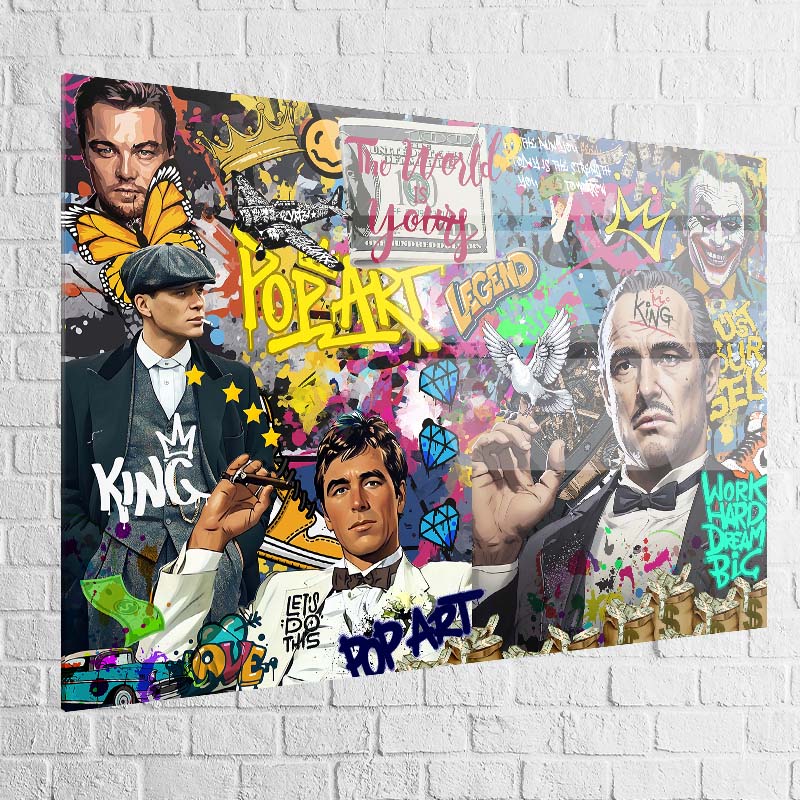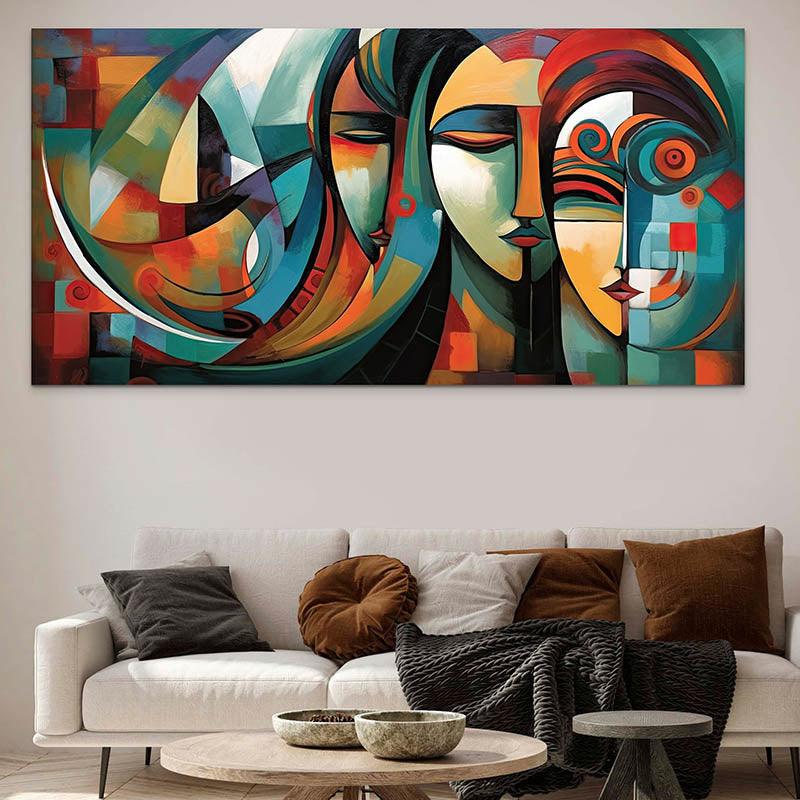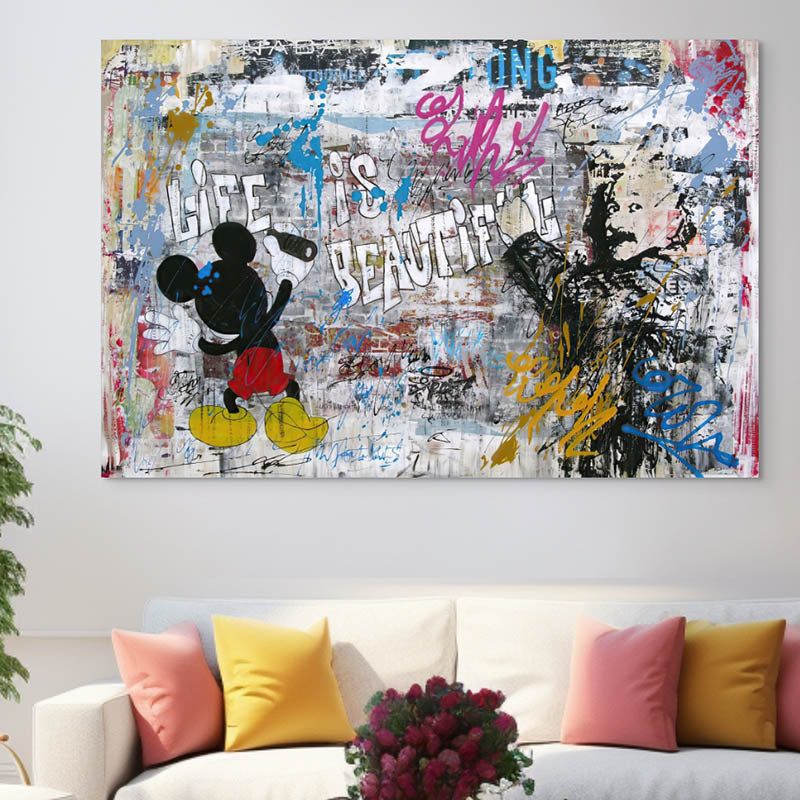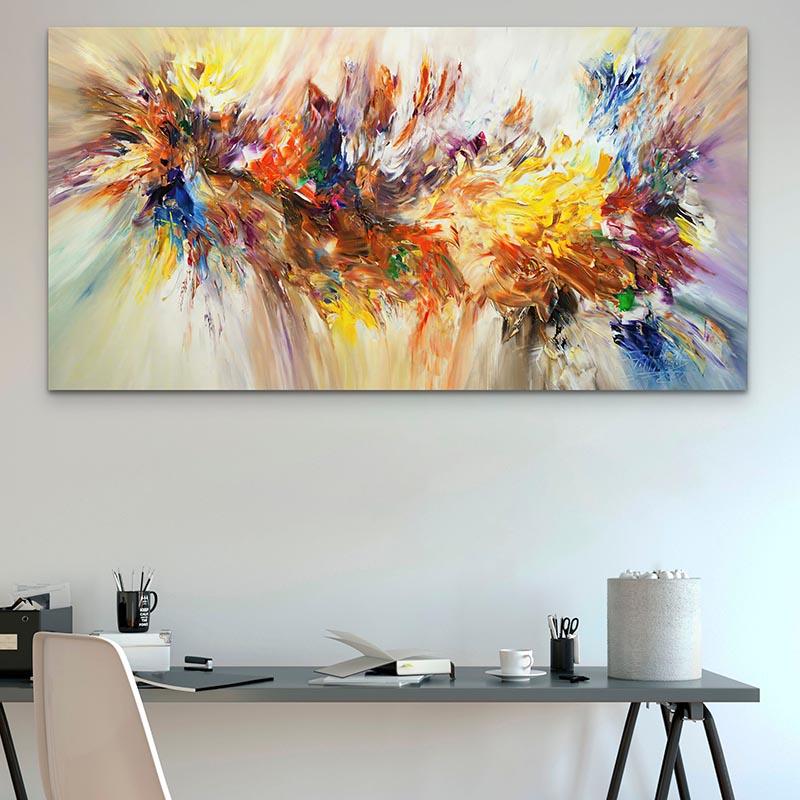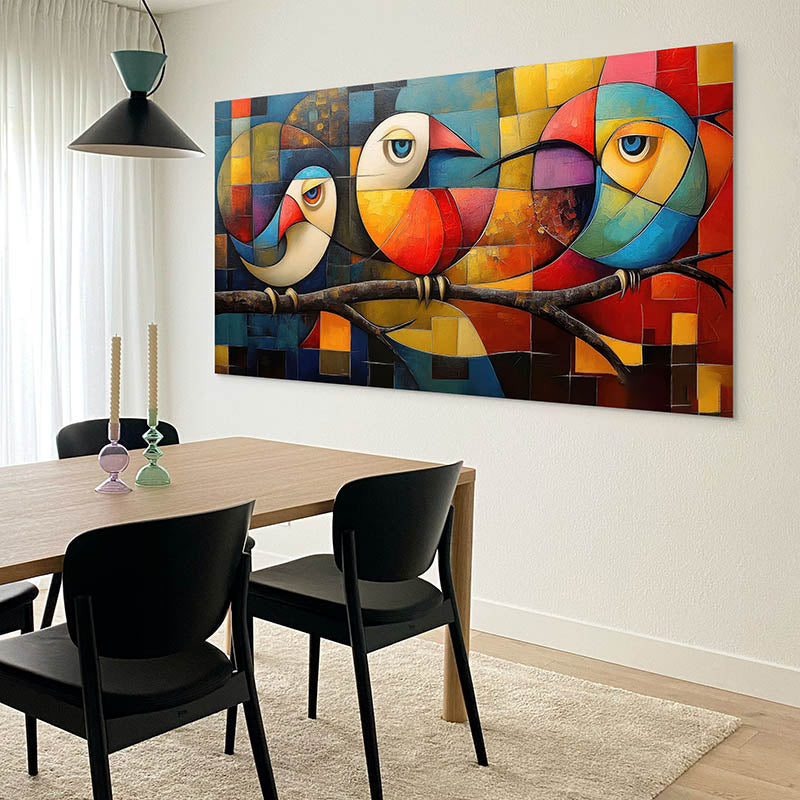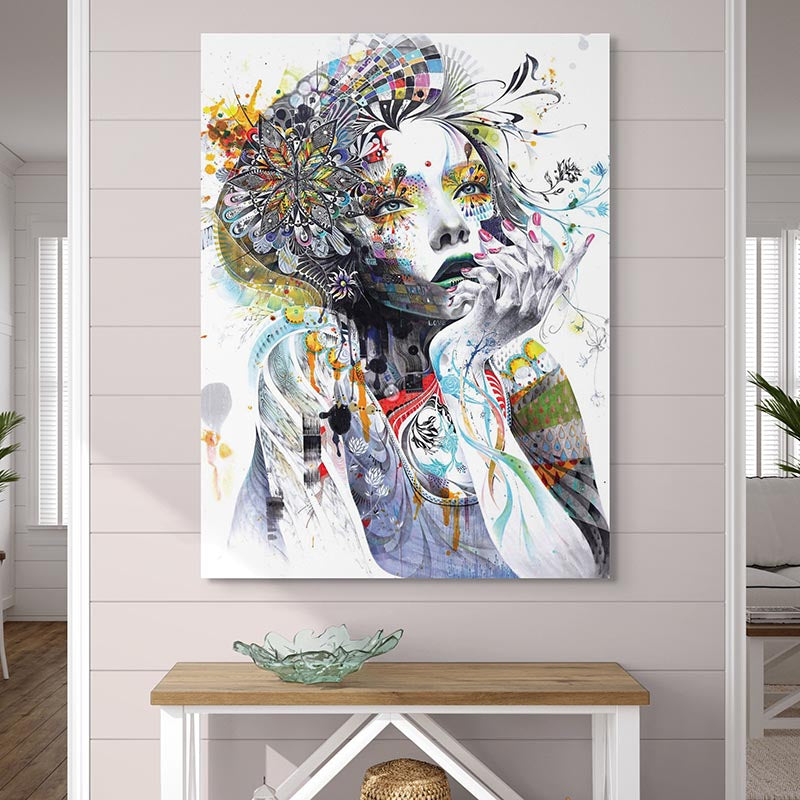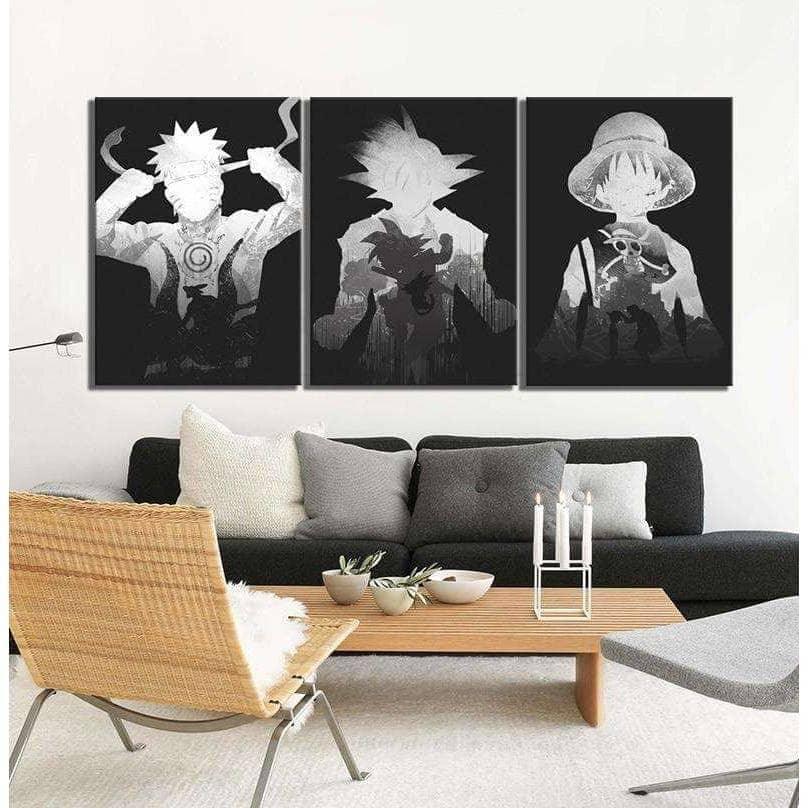A Journey Through Ages and Styles
What is art?
The world of art is as vast as it is fascinating. From the artistic creation of early man to modern pop art works, art has always played a key role in our existence.
But what is its definition? What is the purpose of art? This topic seems simple, but it is infinitely complex. In this article, we will explore these questions in depth.

Definition of Art
Art is an artistic expression that captures the creativity, emotions, and craftsmanship of individuals. It can range from wall decoration in your living room, to colorful pop art paintings hanging in a gallery. Contemporary art, in particular, often challenges our traditional conceptions, thanks to the works of people like Andy Warhol or Marcel Duchamp.
The History of Art: From its Origins to the Present Day
A Journey Through Time
The world of art is as diverse as it is intriguing, spanning from prehistoric art to contemporary innovations. However, one question remains: since when has art existed? To find an answer, we must venture into the twists and turns of human history, passing through the different eras and currents that have marked the history of art.
First Steps: Prehistoric Art
The earliest known manifestation of art dates back about 40,000 years, during the Stone Age. Art at that time was mainly of a ritual or symbolic nature. The works ranged from simple engravings to complex wall paintings in caves. More than just wall decoration, it was a form of communication and an expression of spiritual beliefs.
Classicism: The Greeks and the Romans
Moving into the classical era, the standards of beauty and art were more strictly defined. The Greek and Roman civilizations produced works of art that sought to capture an idealization of the human form and nature. It was not only a masterpiece for the eyes, but also a triumph of technical know-how.
Medieval to Renaissance: Spirituality and Humanism
Medieval art was primarily focused on religion and often served as a means of education for the illiterate. With the Renaissance, art took a humanist turn, giving more importance to the individual and earthly life, while incorporating new techniques such as perspective.
Modern and Contemporary Art: Definitions and Concepts
With the advent of modern art, the traditional boundaries of art were challenged. Pop art, contemporary art, and other movements paved the way for a variety of means of expression, constantly challenging how we define art.
Conclusion: Art, a Mirror of Humanity
The history of art is a rich and varied tapestry, reflecting cultural, social and individual changes throughout the ages. Whether it is abstract art, living room decoration or more traditional art forms, art remains a window onto the values, aspirations and ideas of each era.

Evolution and Styles: Understanding Artistic Movements Through the Eras
Introduction to Evolutions
It is difficult to talk about art without addressing its constant evolution. From the birth of the first wall decoration to contemporary works of art, art has gone through various eras, styles and movements.This journey created a visual language and techniques that vary from one movement to another, offering original wall decorations, abstract paintings and masterpieces that defy time.
Baroque: Extravagance and Emotion

The Baroque movement, which took off in the late 16th century, was all about opulence and extravagance. Far beyond simple salon decoration, the works of this period were a riot of detail and emotion, often used to convey religious or royal messages. Baroque art is undoubtedly one of the masterpieces of art history.
Romanticism: Nature and Feeling

Emerging in the late 18th century, Romanticism is notable for its focus on nature and human emotions. With this movement, abstract art took a back seat to make way for grandiose landscapes and expressive portraits. Romantic works are often windows onto the passions, fears, and hopes of their time.
Pop Art: Mass Culture and Irony

Pop Art emerged in the 1950s and is intrinsically linked to mass culture. Pop Art artists like Andy Warhol transformed elements of popular culture into art, blurring the lines between art and high » and art « down ". The works of this movement are often colorful, ironic and have a strong visual impact, constituting excellent options for modern wall decoration.
Definition of Art through the Ages
Each era and movement has helped define art in a new way, adding layers of complexity and richness to our understanding of what works of art can be.
Whether it is the need to express religious beliefs or personal feelings, or to criticize and reflect society, art has always been a mirror of humanity at a given time.
Conclusion: The Richness of Artistic Styles
From the opulence of Baroque to the expressiveness of Romanticism to the irony of Pop Art, the history of art is marked by a variety of styles and movements that continue to enrich our world.
These various movements have offered a diverse palette of original wall decorations, abstract paintings and masterpieces that continue to influence artistic creation to this day. It is only by understanding these various developments that we can truly appreciate art in all its complexity. Current Trends in Pop Art
In the world of American pop art, contemporary pop artists continue to explore this vibrant style. They use bold colors to create pop paintings that capture the essence of popular culture.
A perfect example would be a New York pop artist who uses elements of urban life to create colorful paintings. This type of pop art painting blends perfectly with modern living room decor, adding a vibrant and contemporary touch to your space. These works are often hung next to original wall decorations to create a unique ambiance.
Expanding the Notion of Art in Interior Design
Contemporary art has a prominent place in modern wall decoration. Whether it is iconic works of art or more discreet pieces, the choice of wall decoration can transform the atmosphere of an entire room or for your living room decoration.
Abstract art in particular has found its way into many homes, providing intriguing visual escapes that stimulate thought and imagination. The addition of carefully selected living room decor can therefore go beyond pure aesthetics and take on a deeper meaning.
A masterpiece can create discussions, move and redefine art in a personal way for each person.
Conclusion
Art is more than just a wall decoration or a decorative idea for your living room. It is a universal form of expression that has crossed ages, cultures and borders. From abstract art to pop art, from the 18th century to today, art continues to evolve while remaining a constant pillar of human society. Each work of art, each artistic movement and each artist contributes to this rich tapestry that is the history of art.

